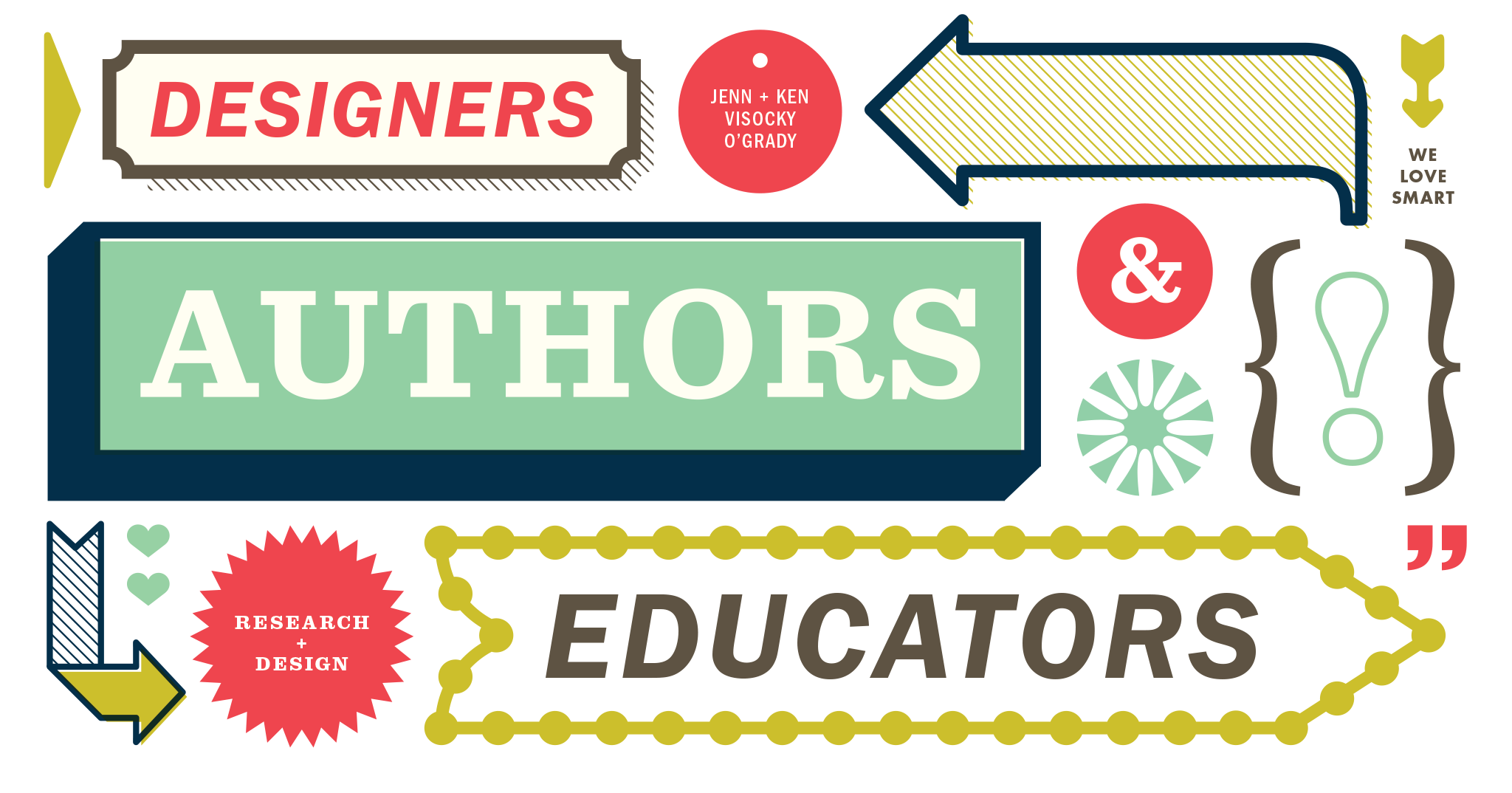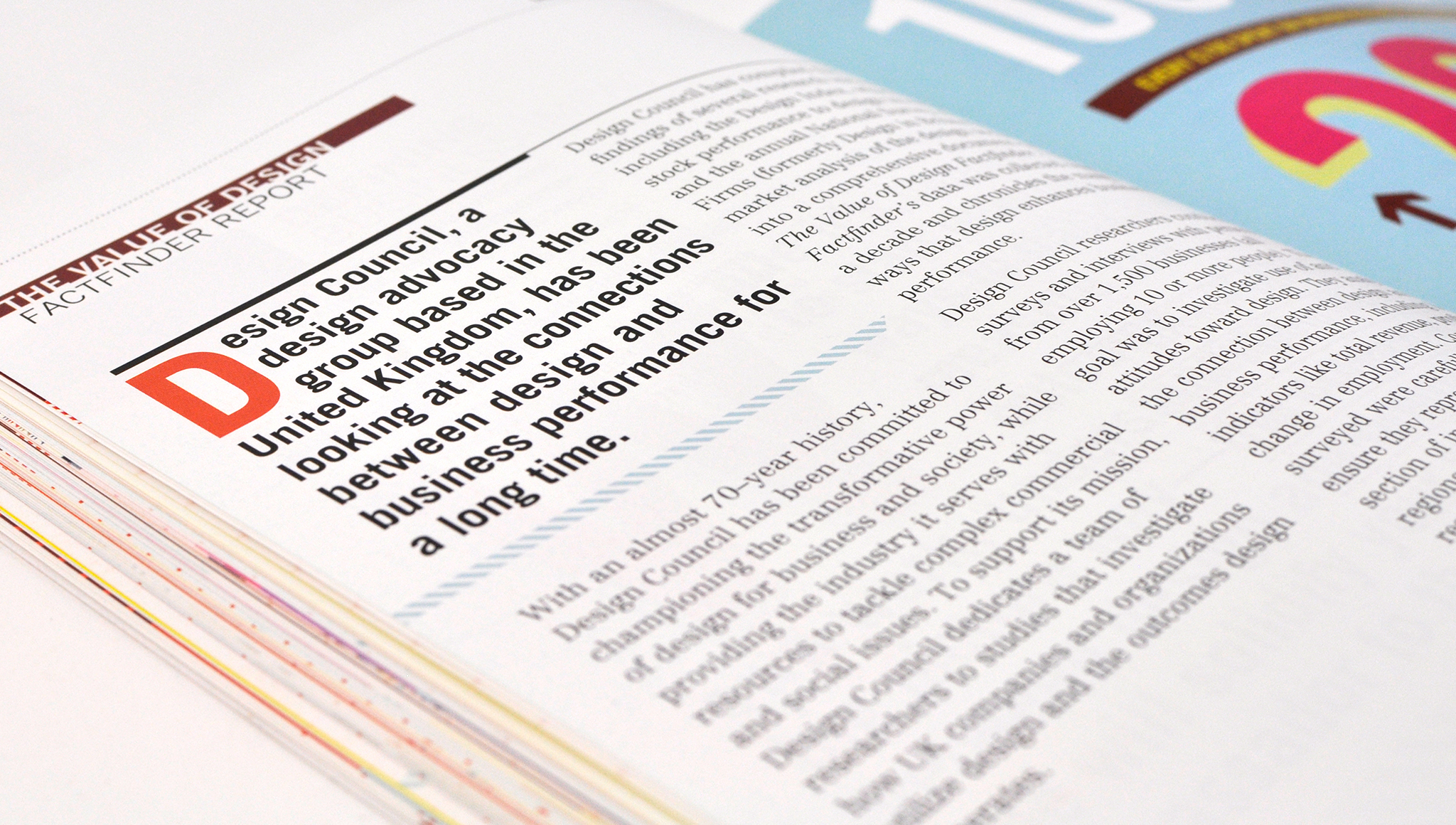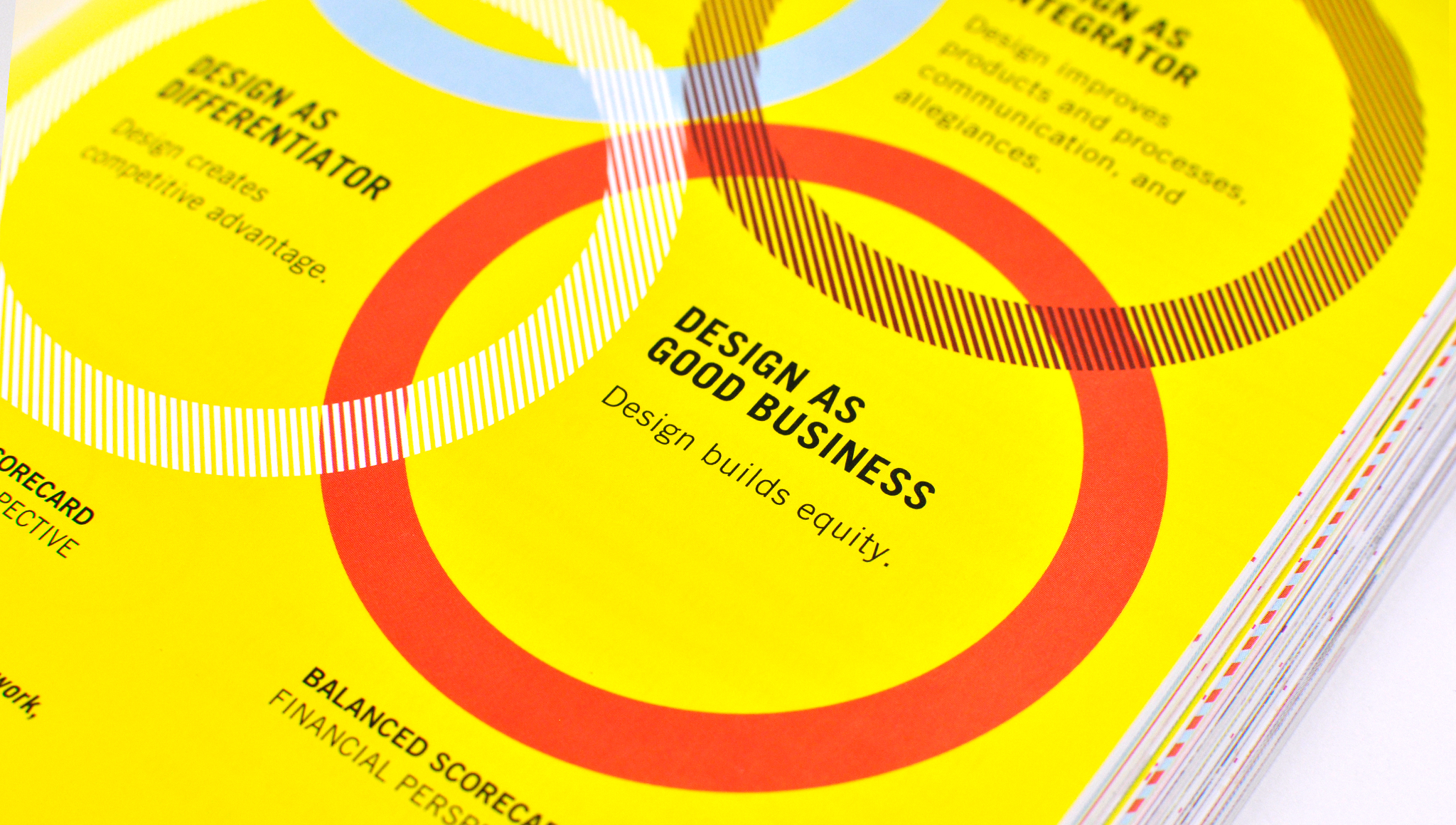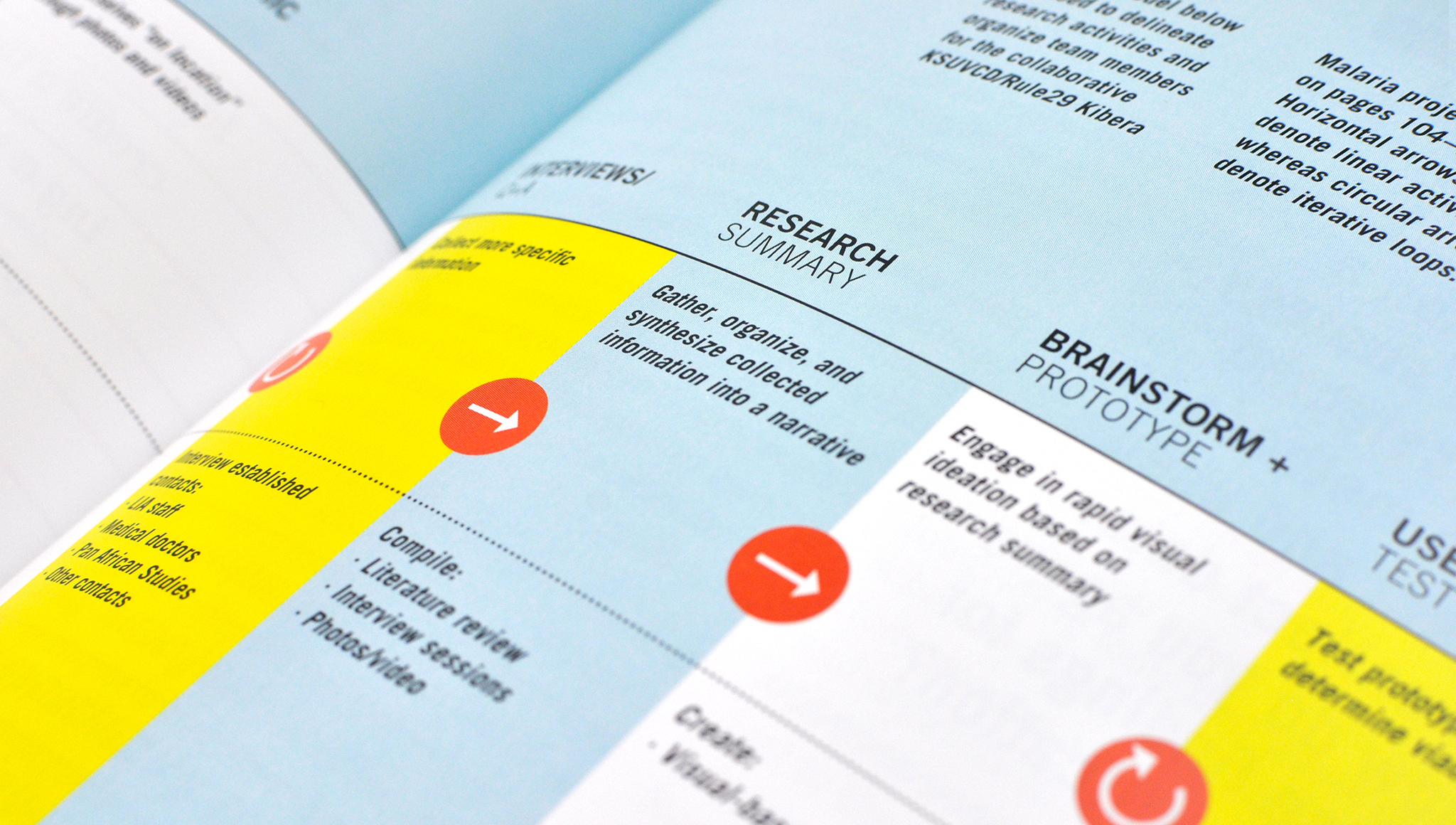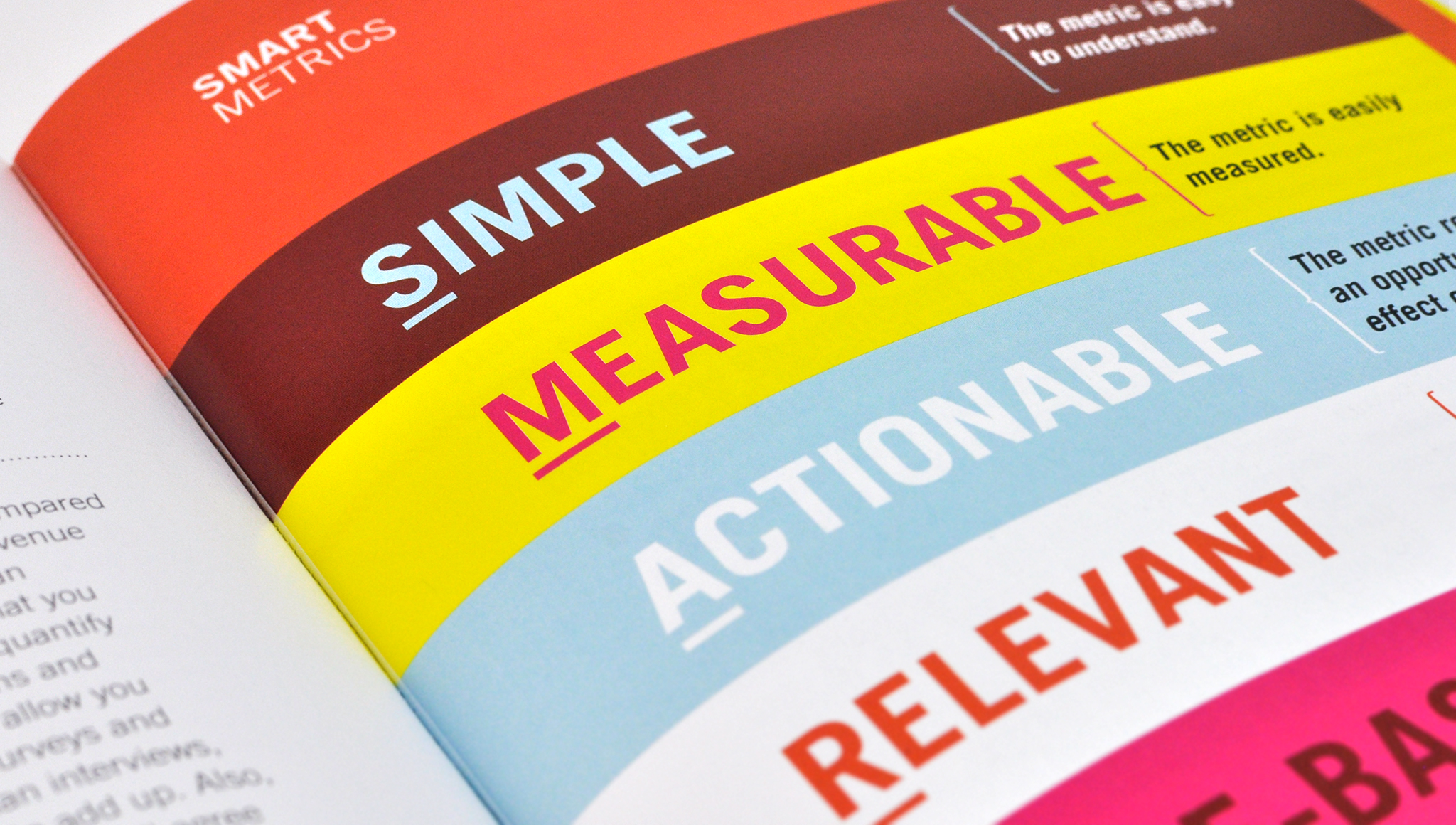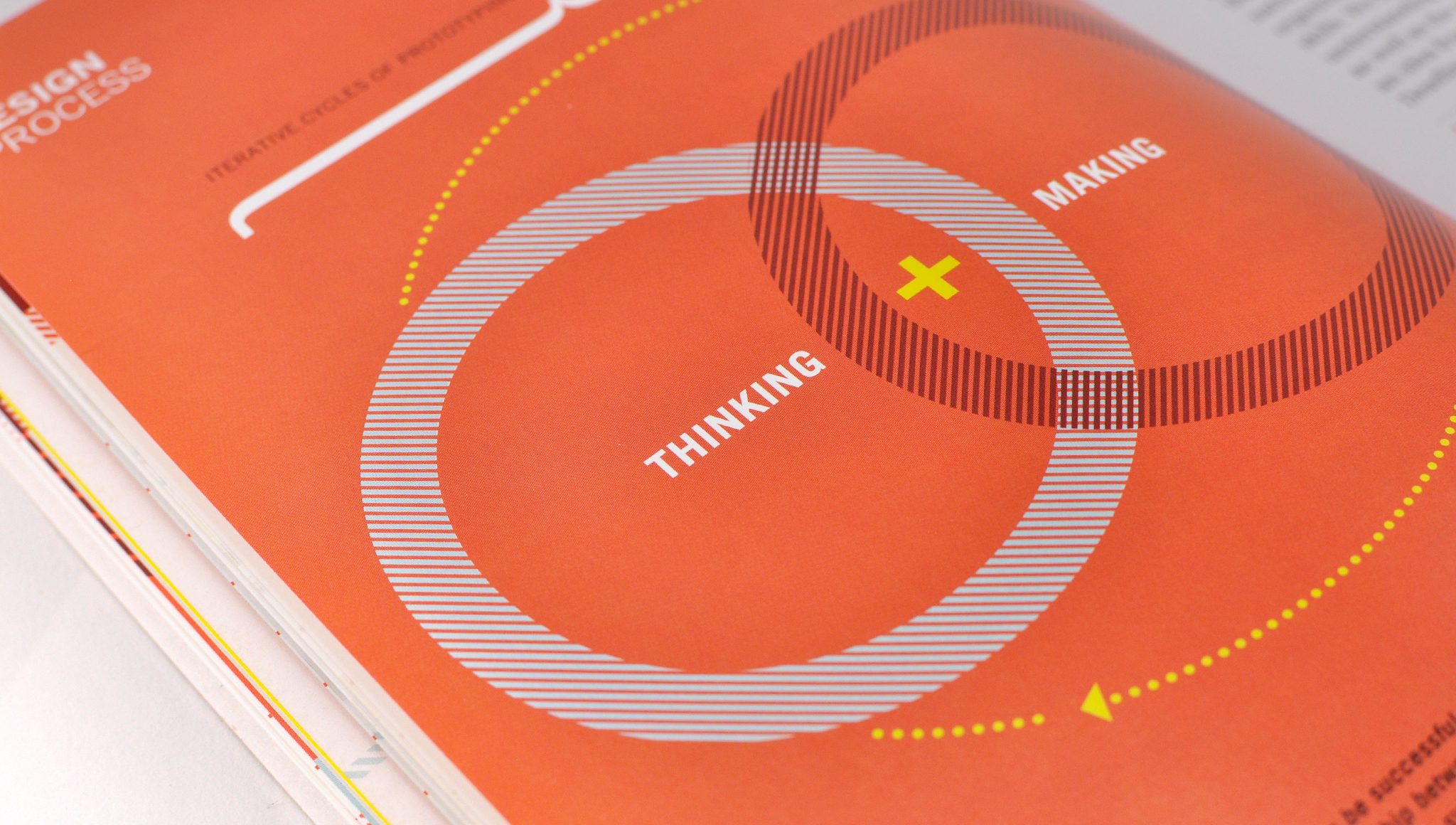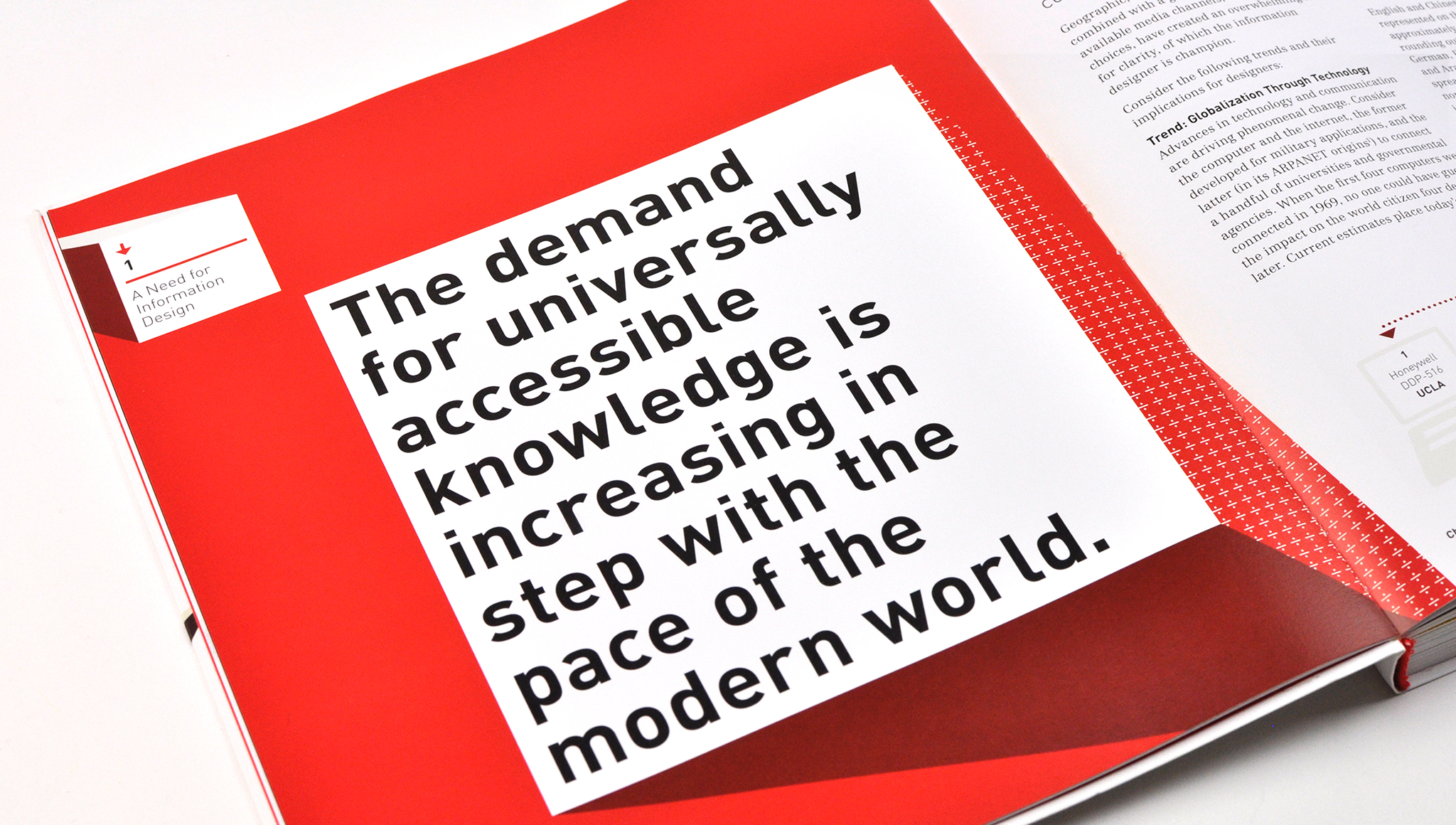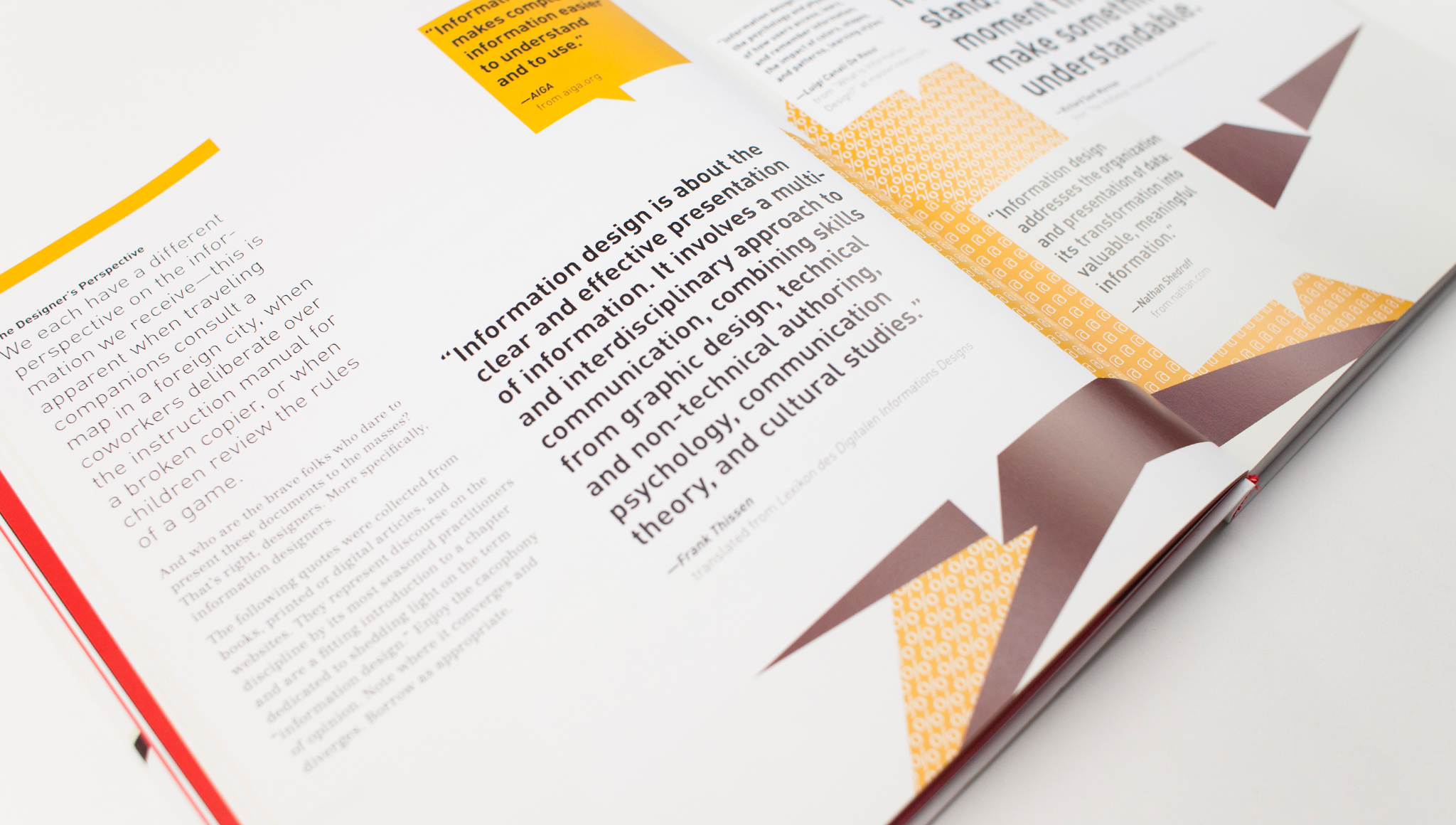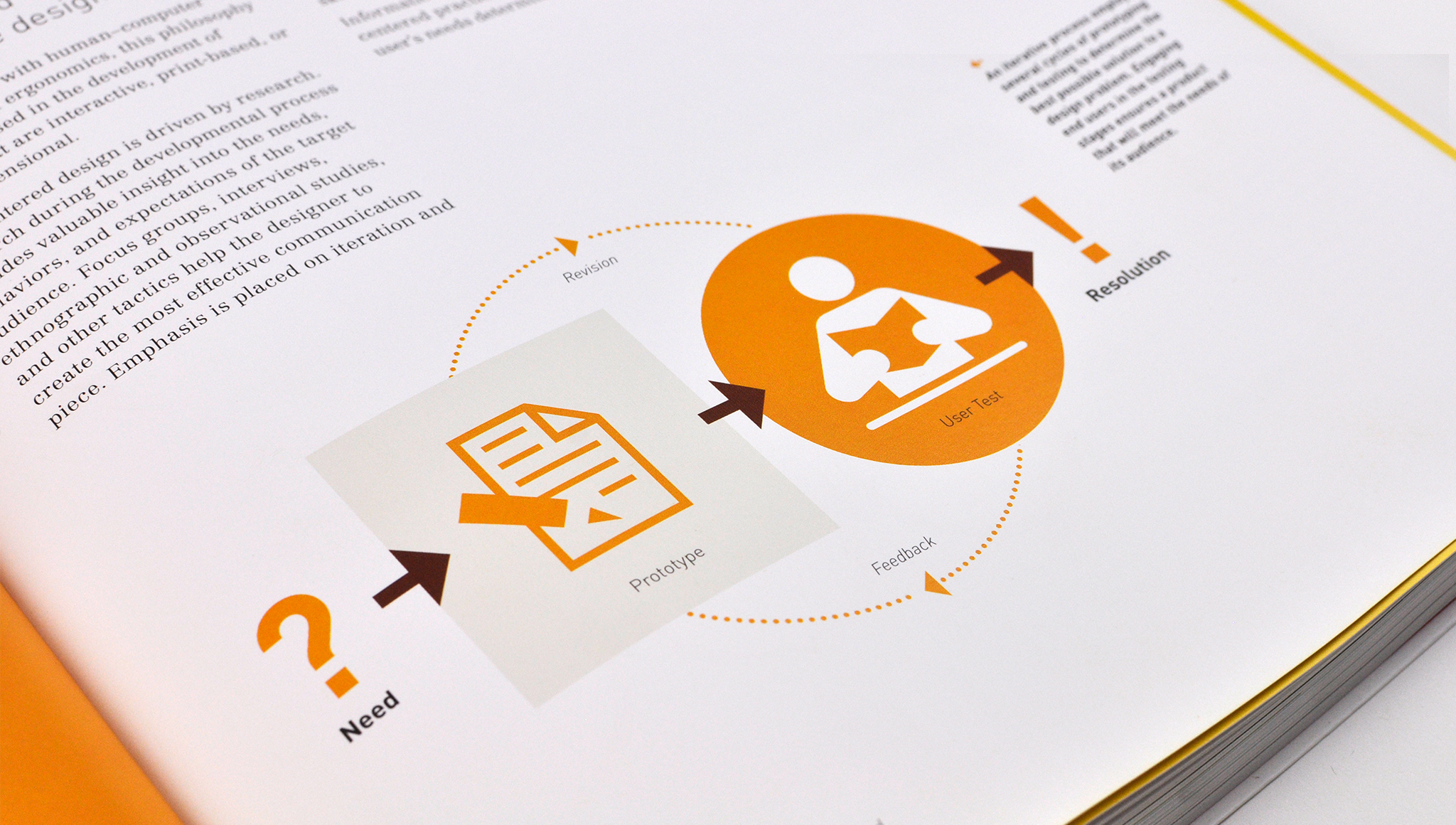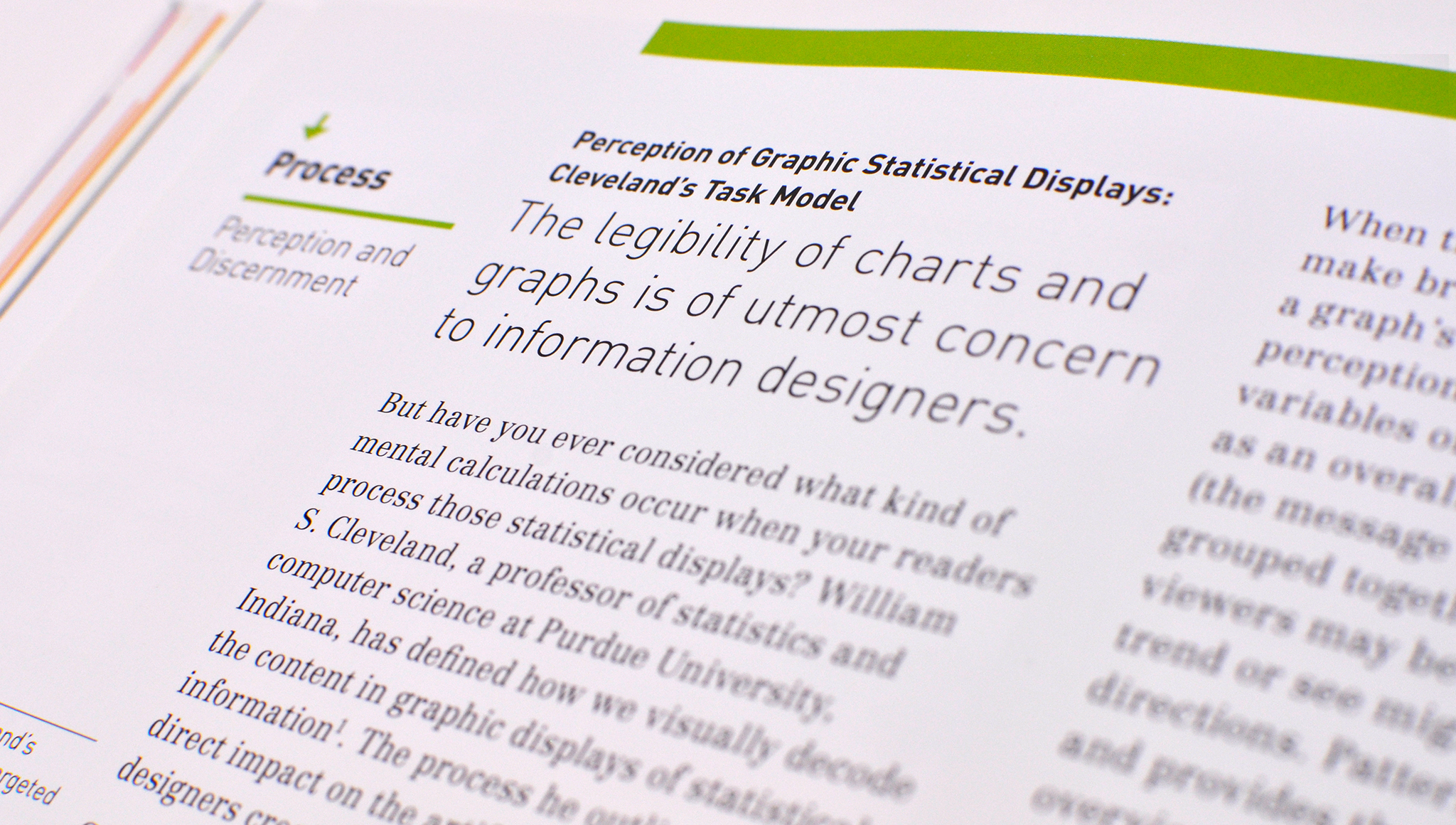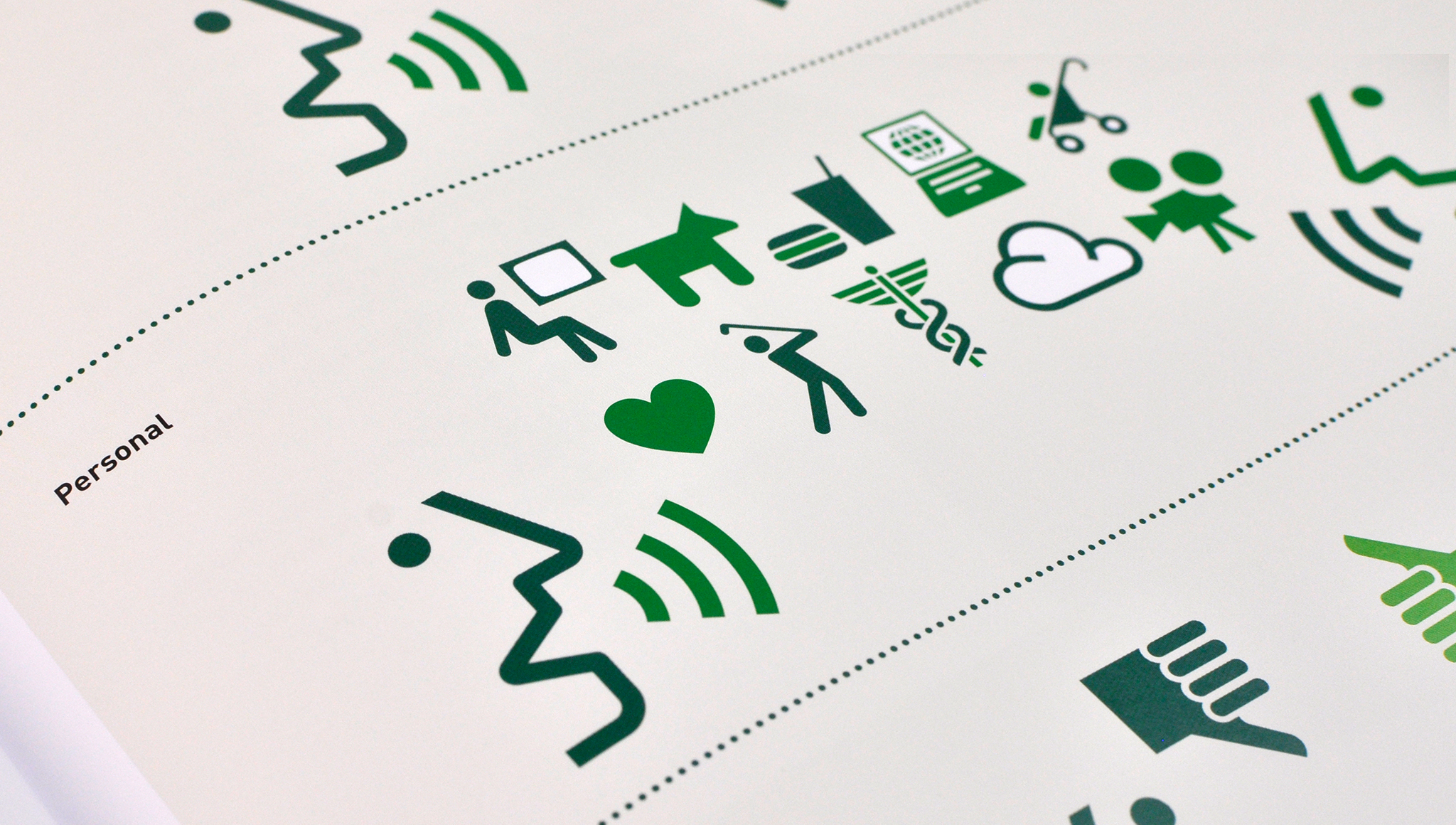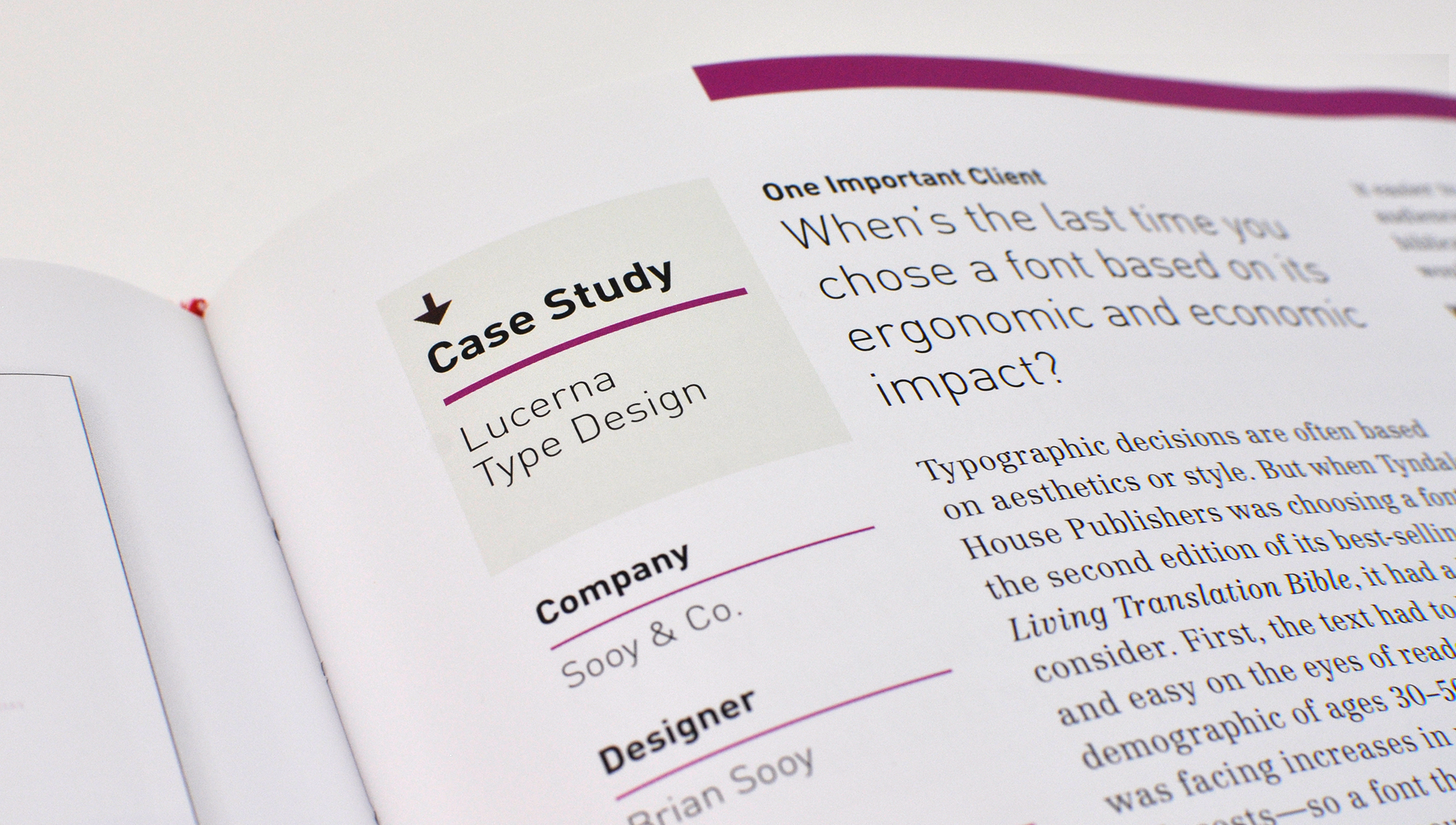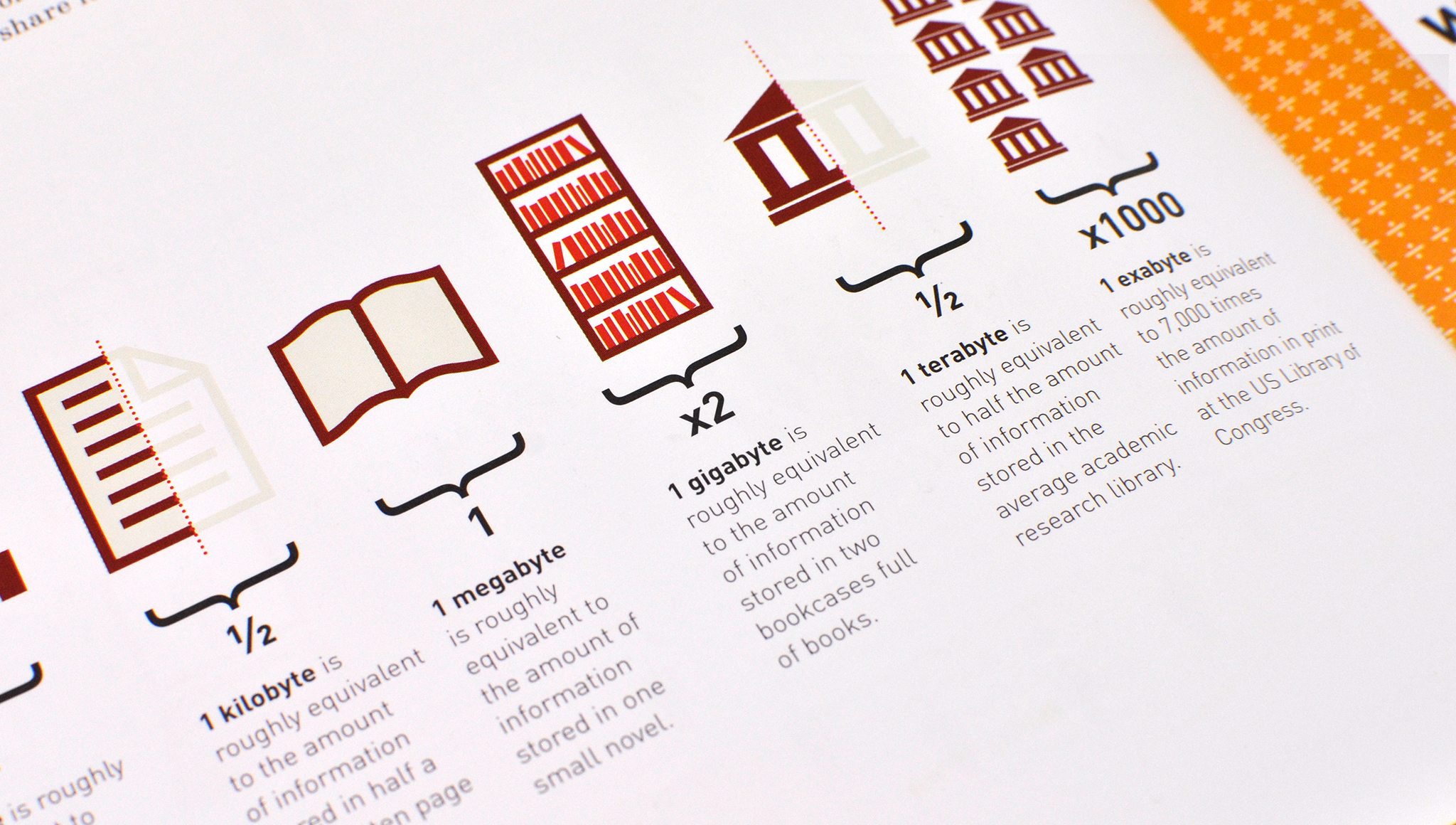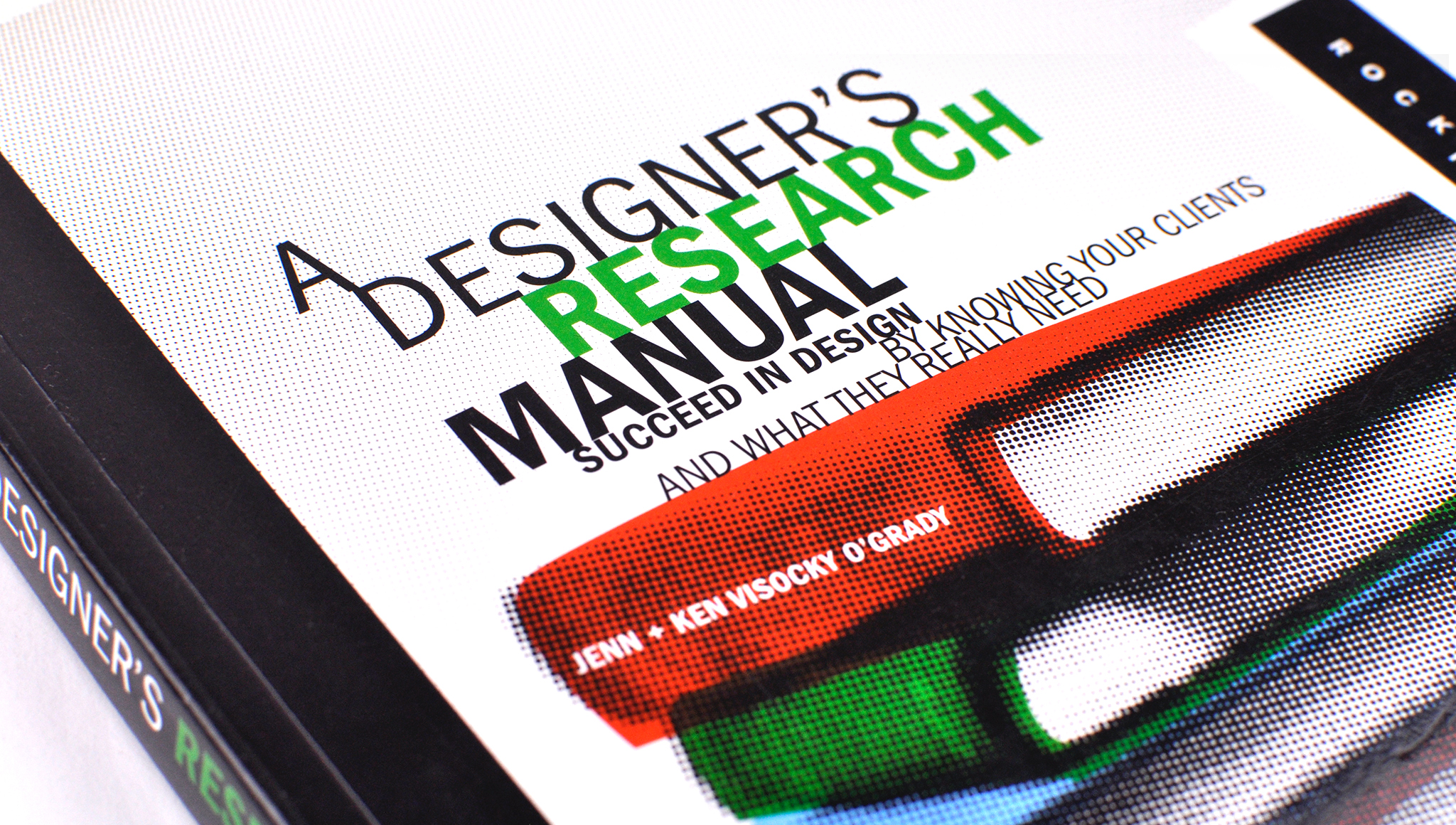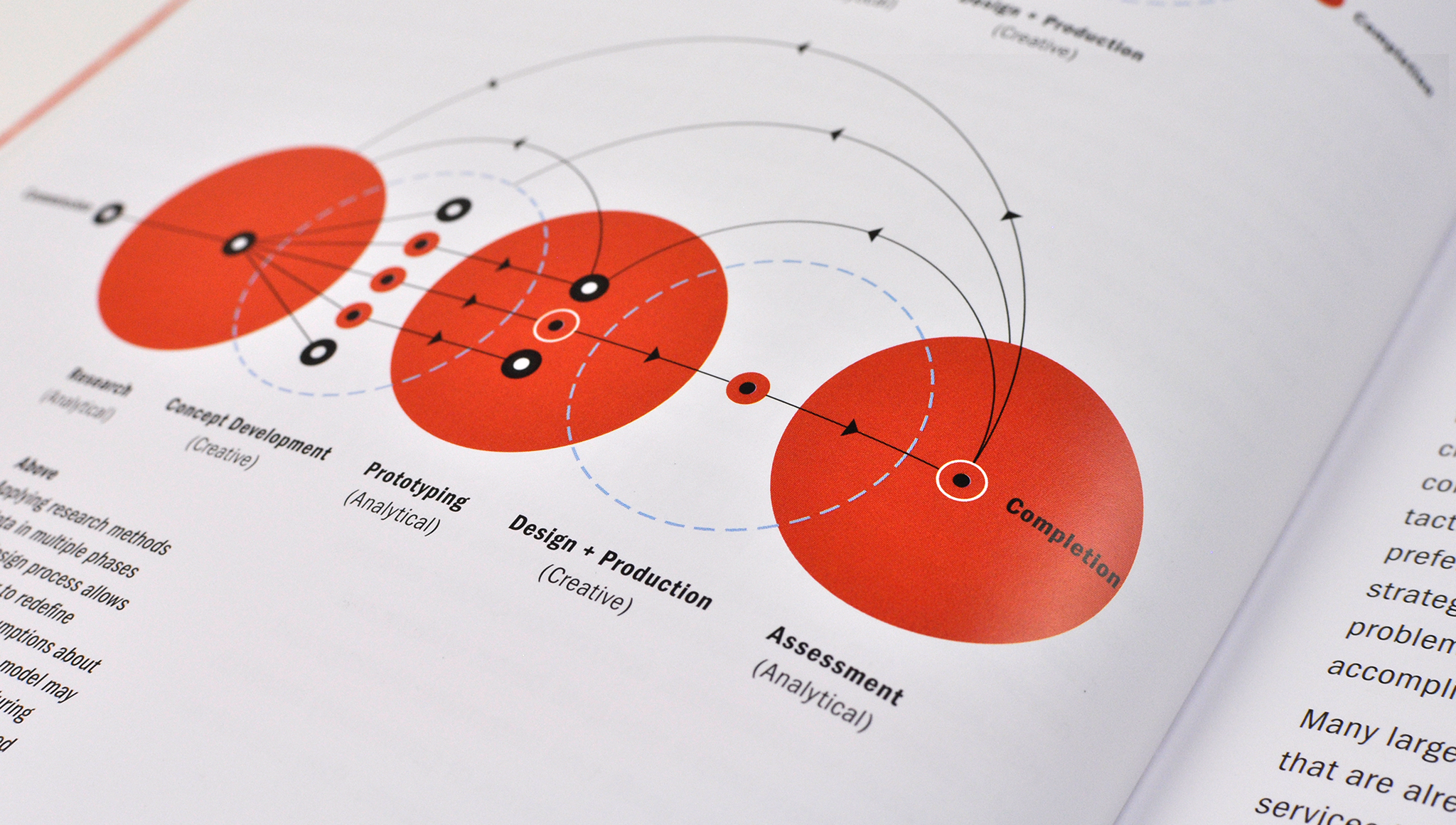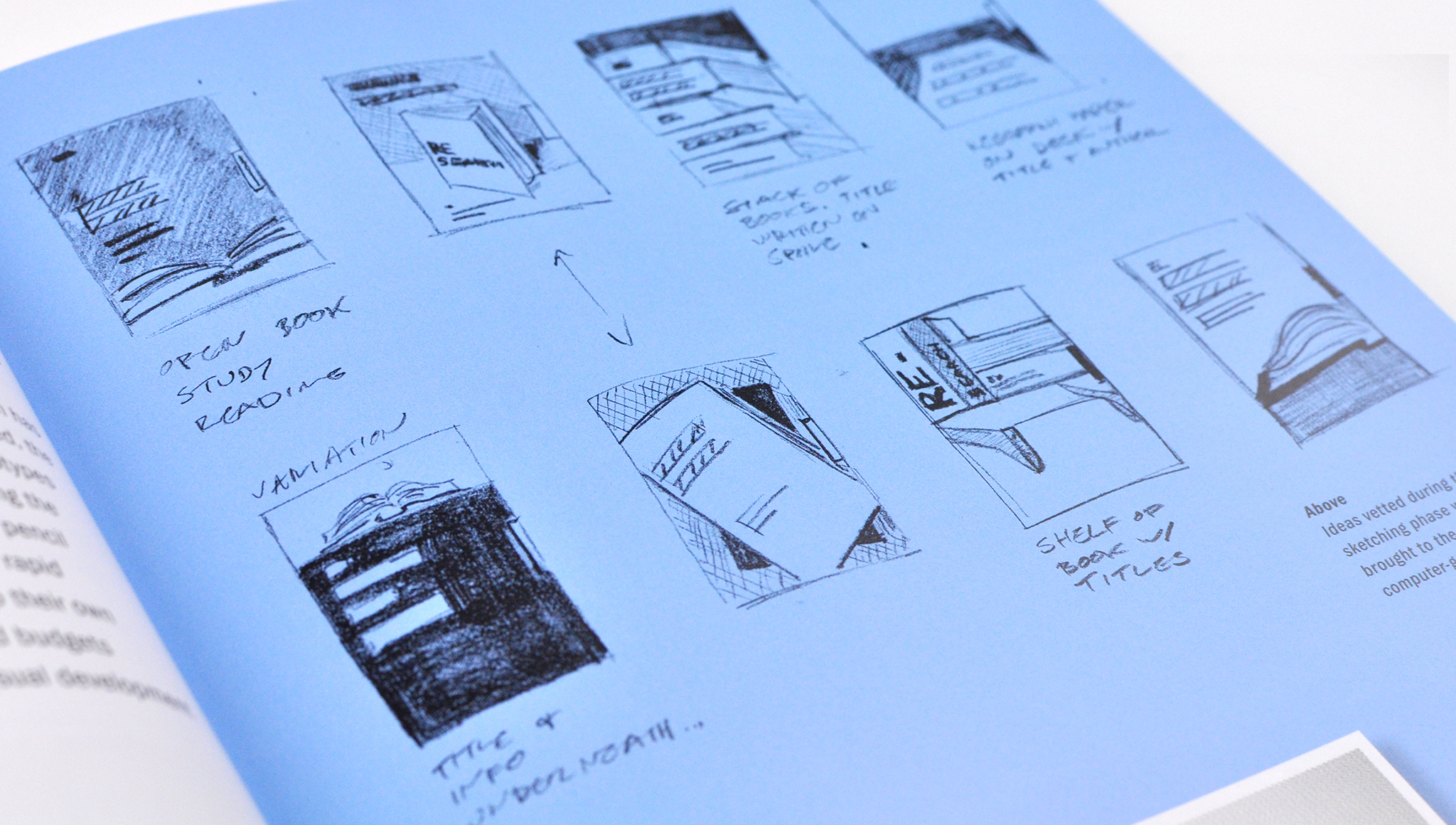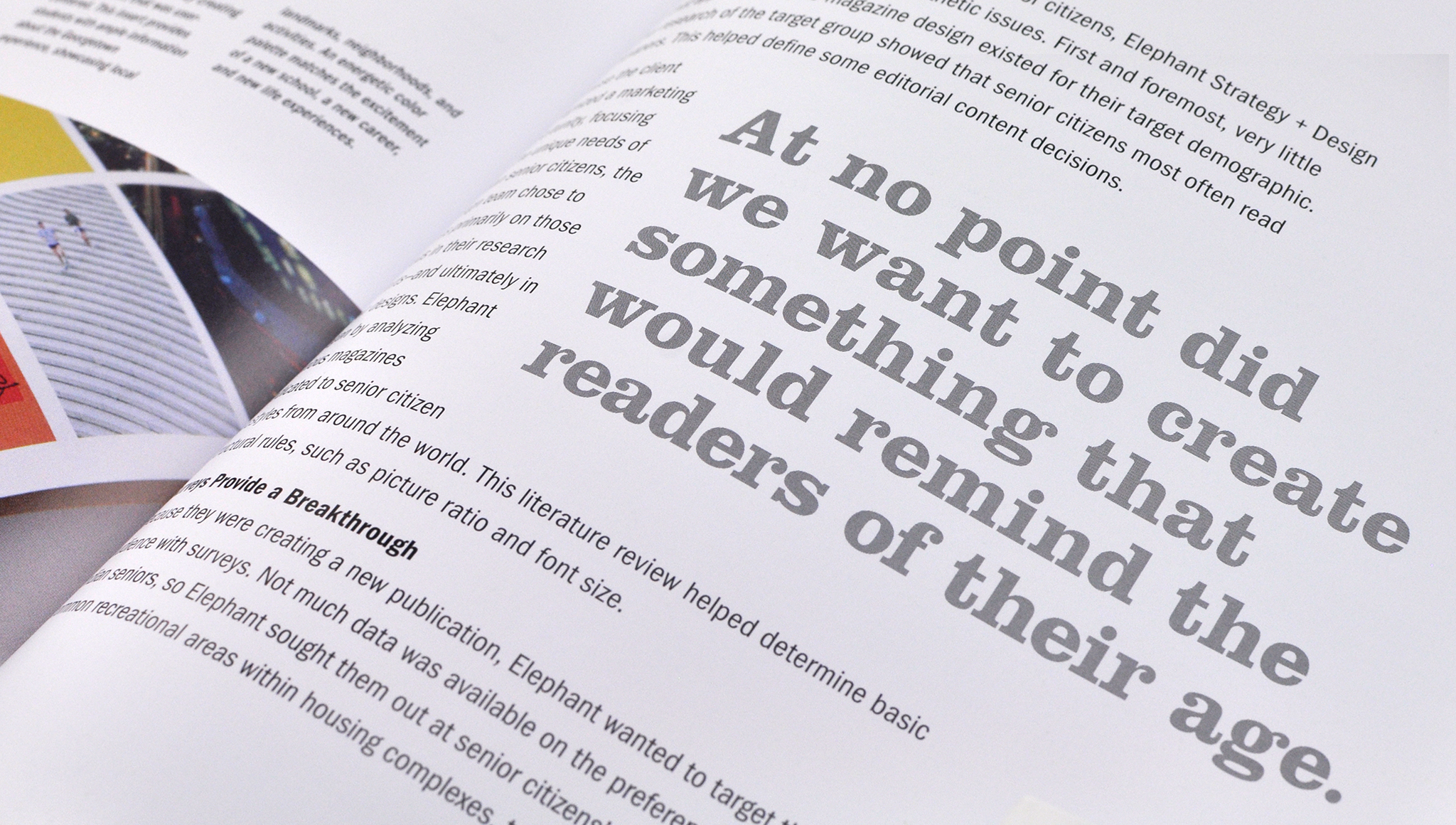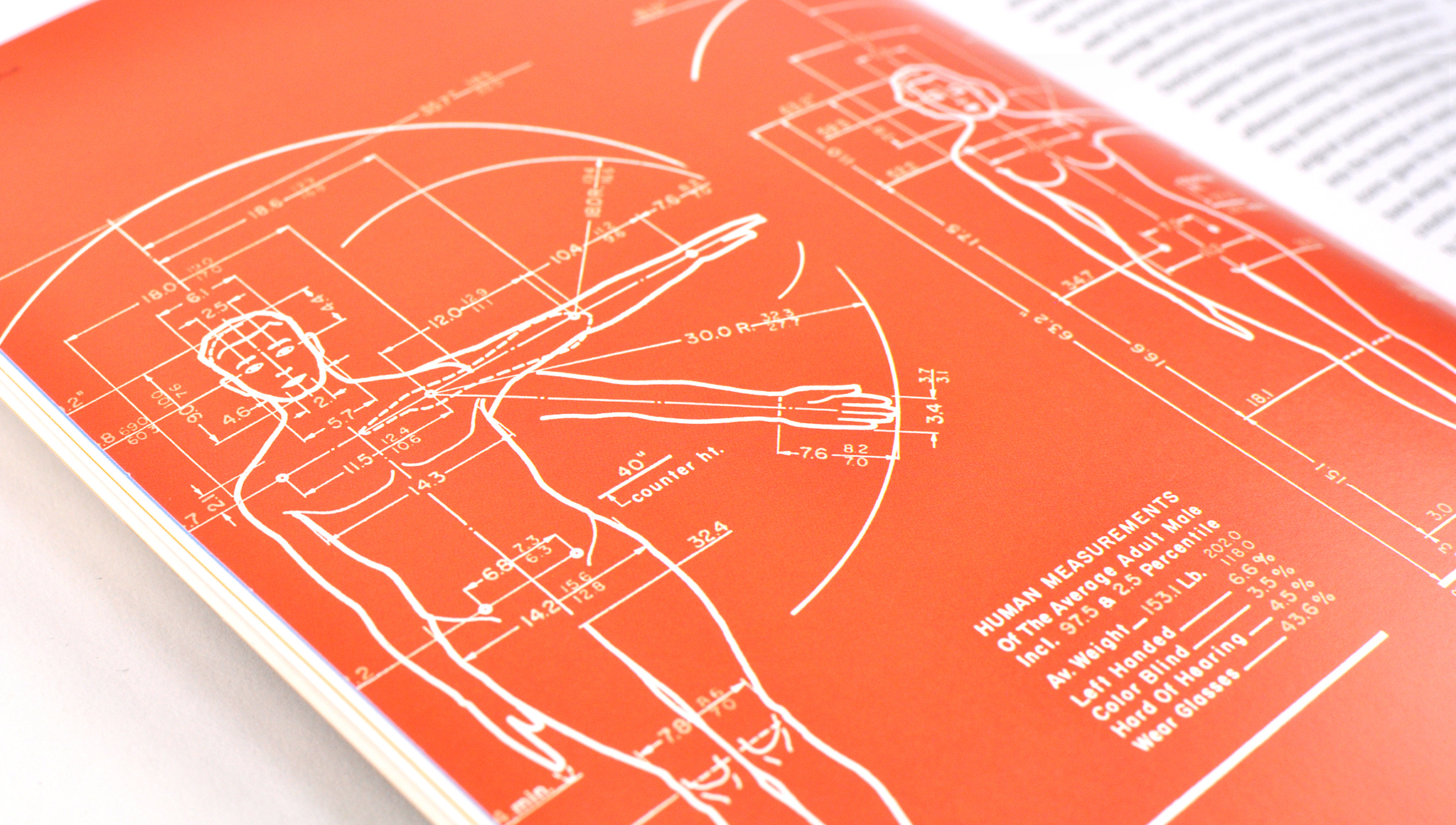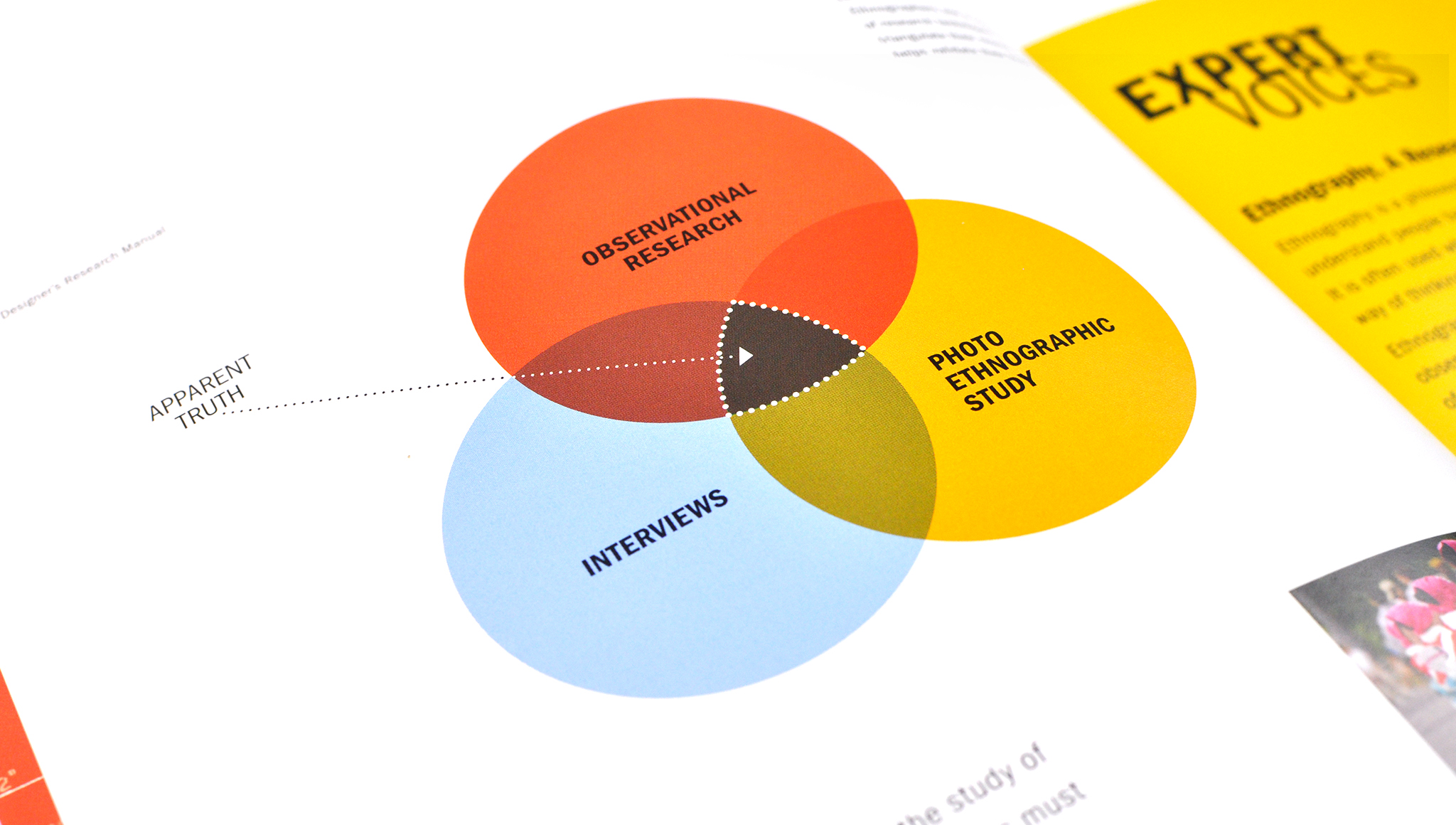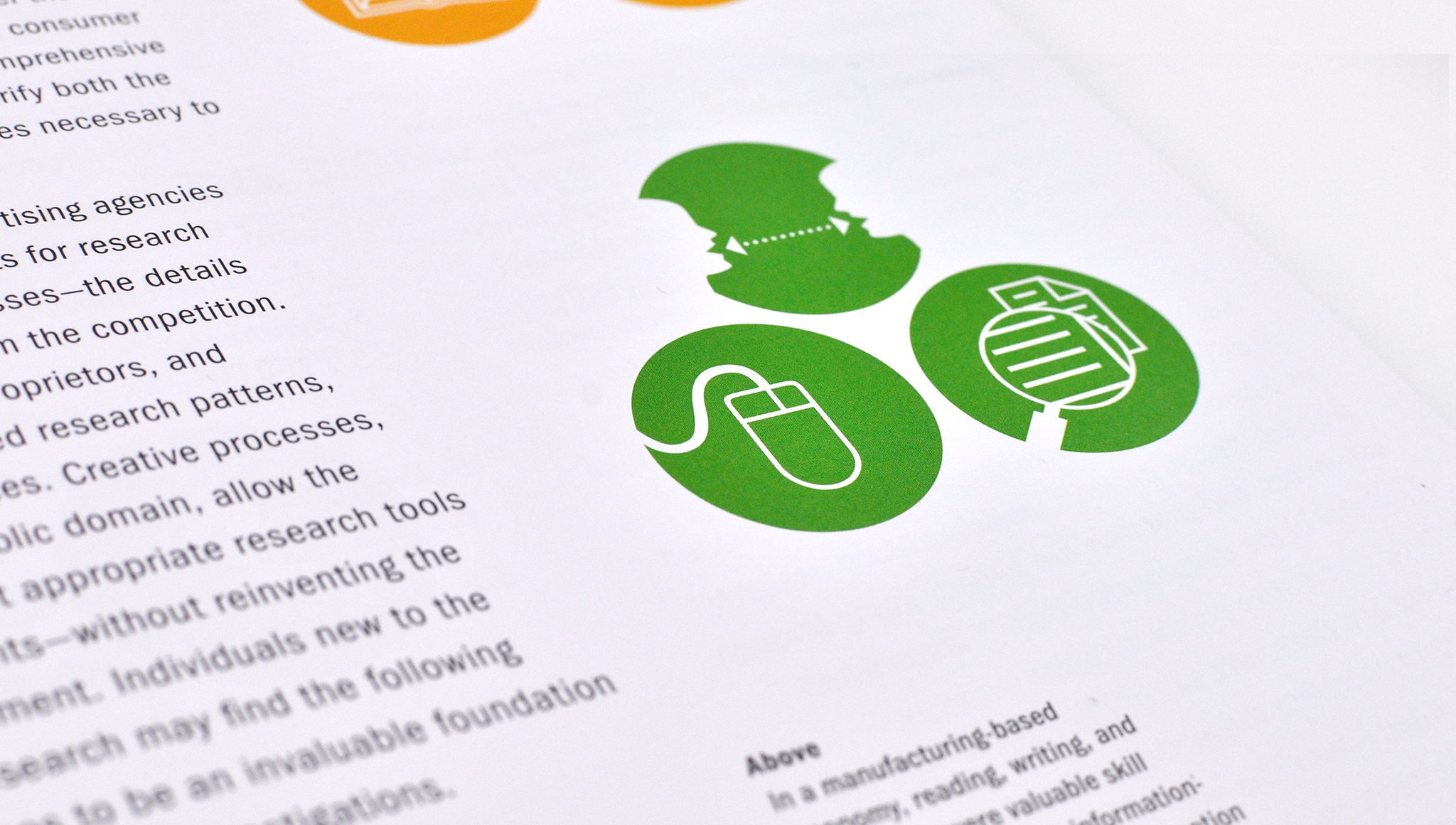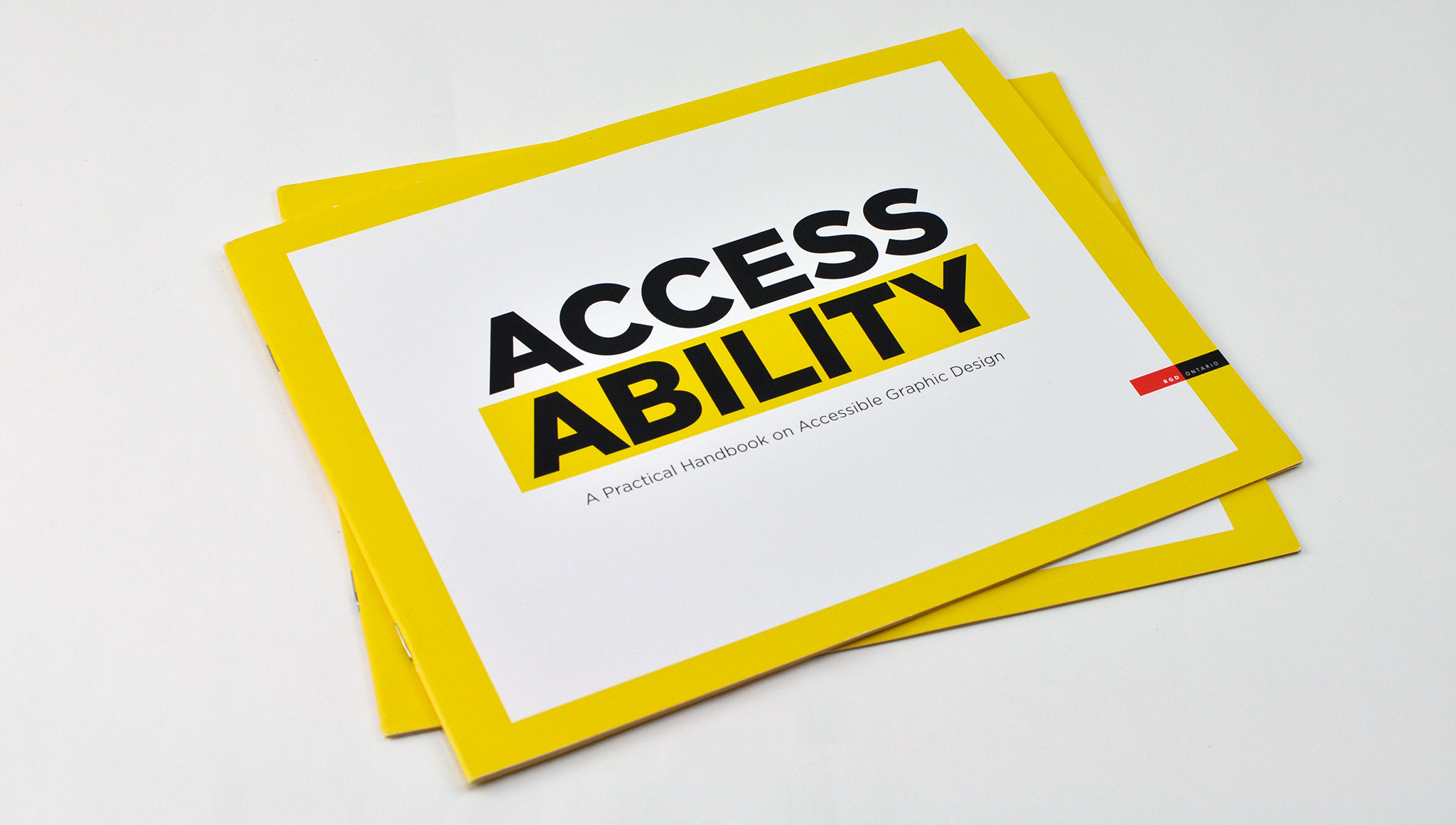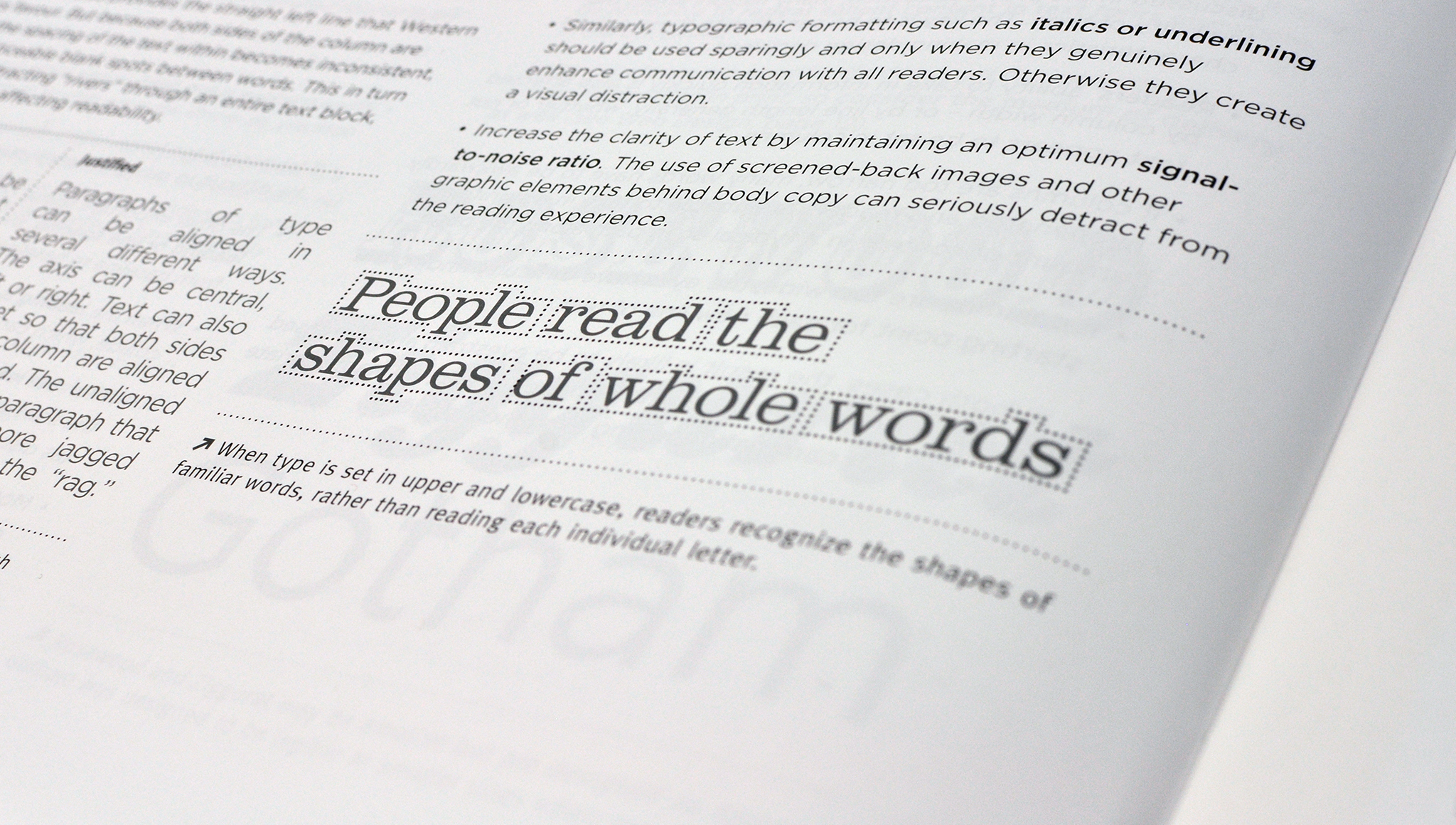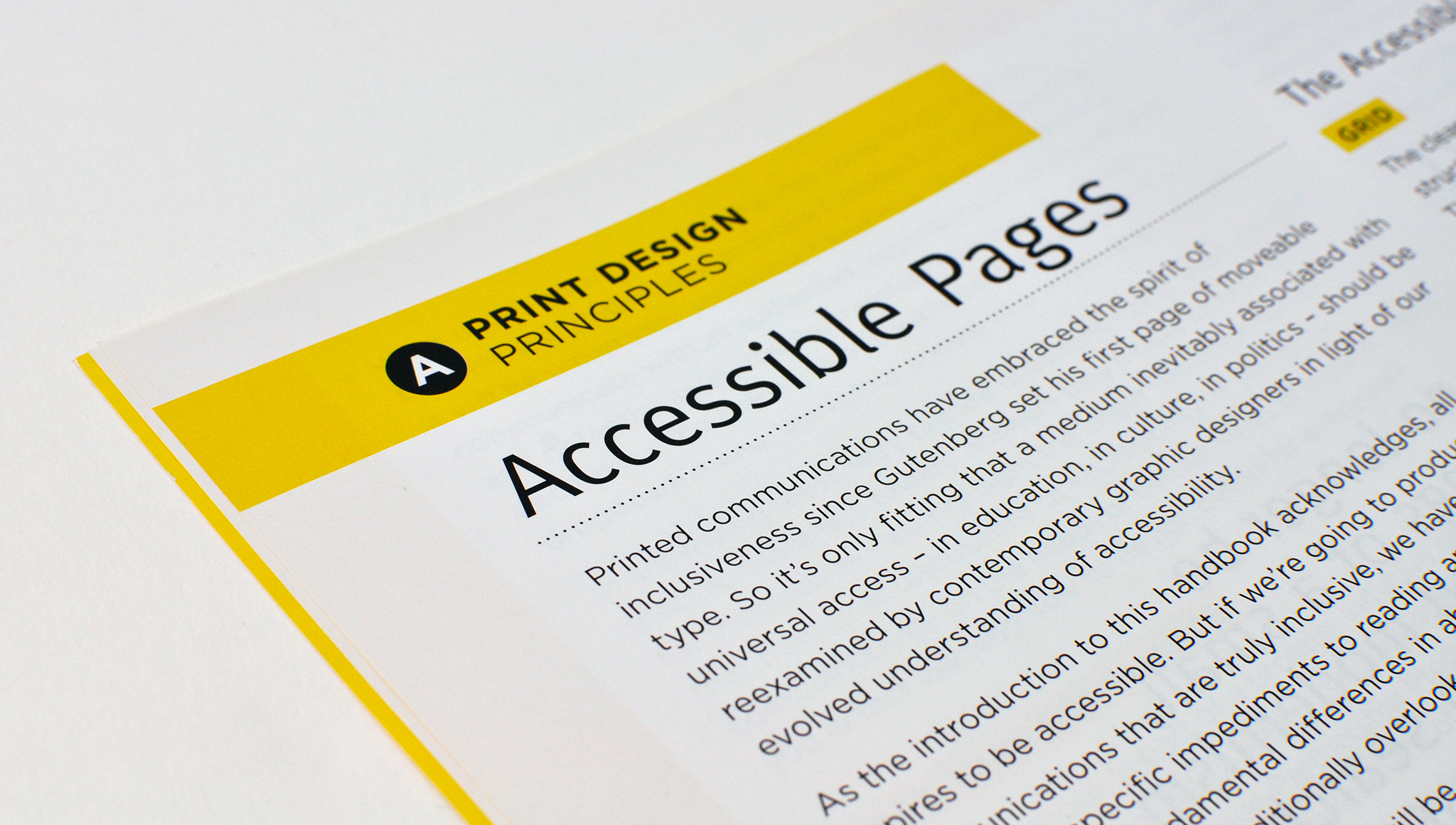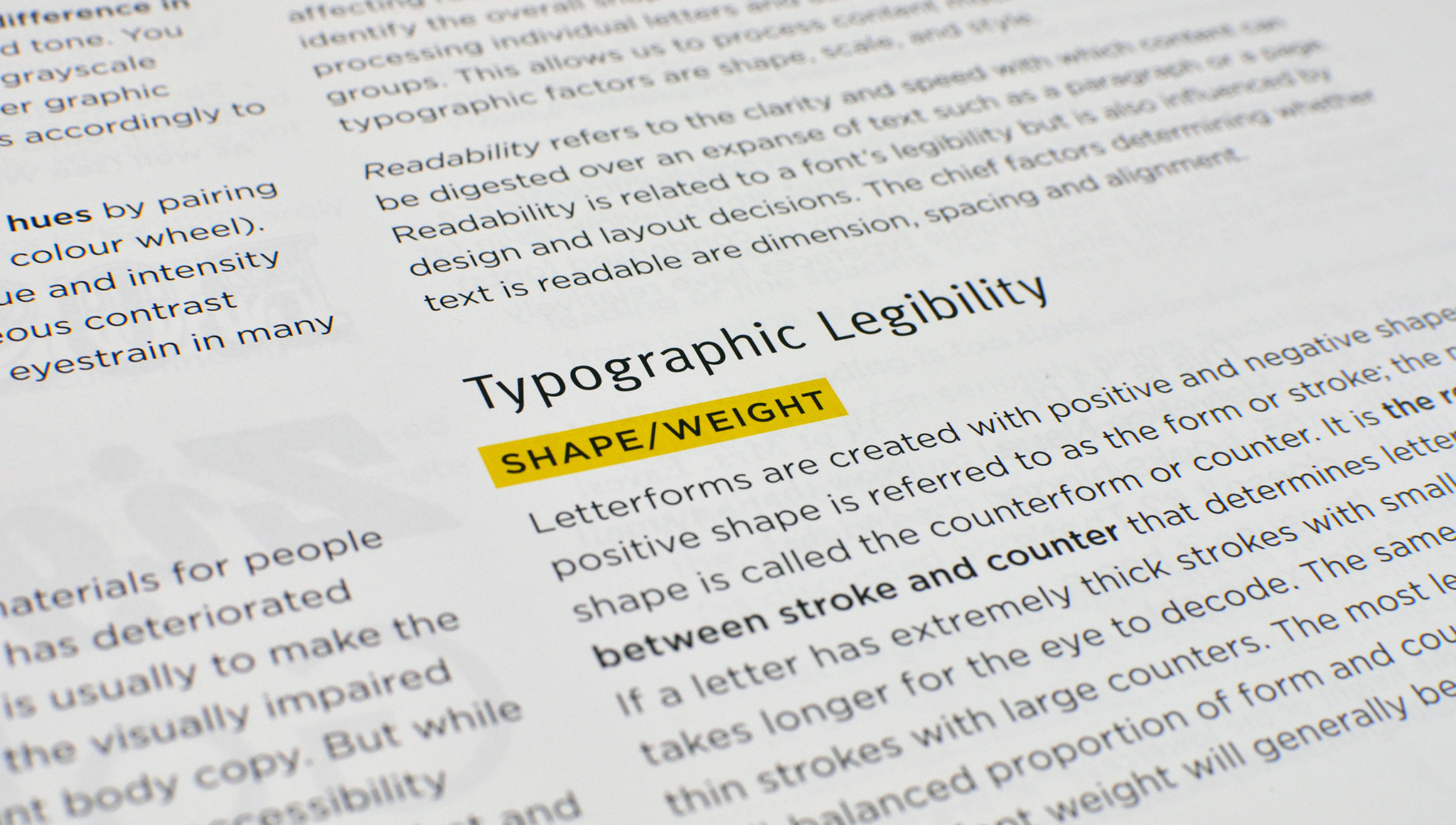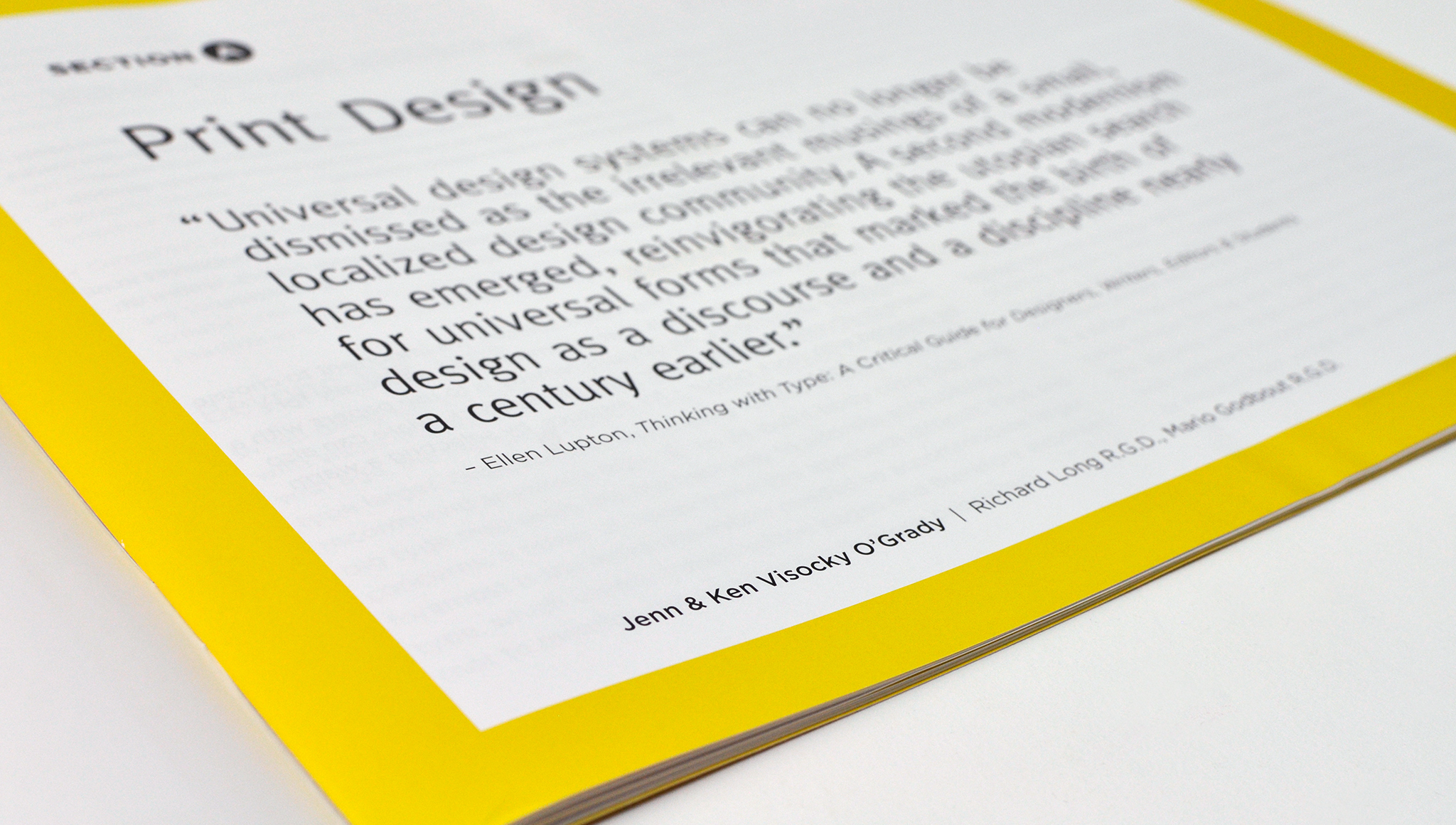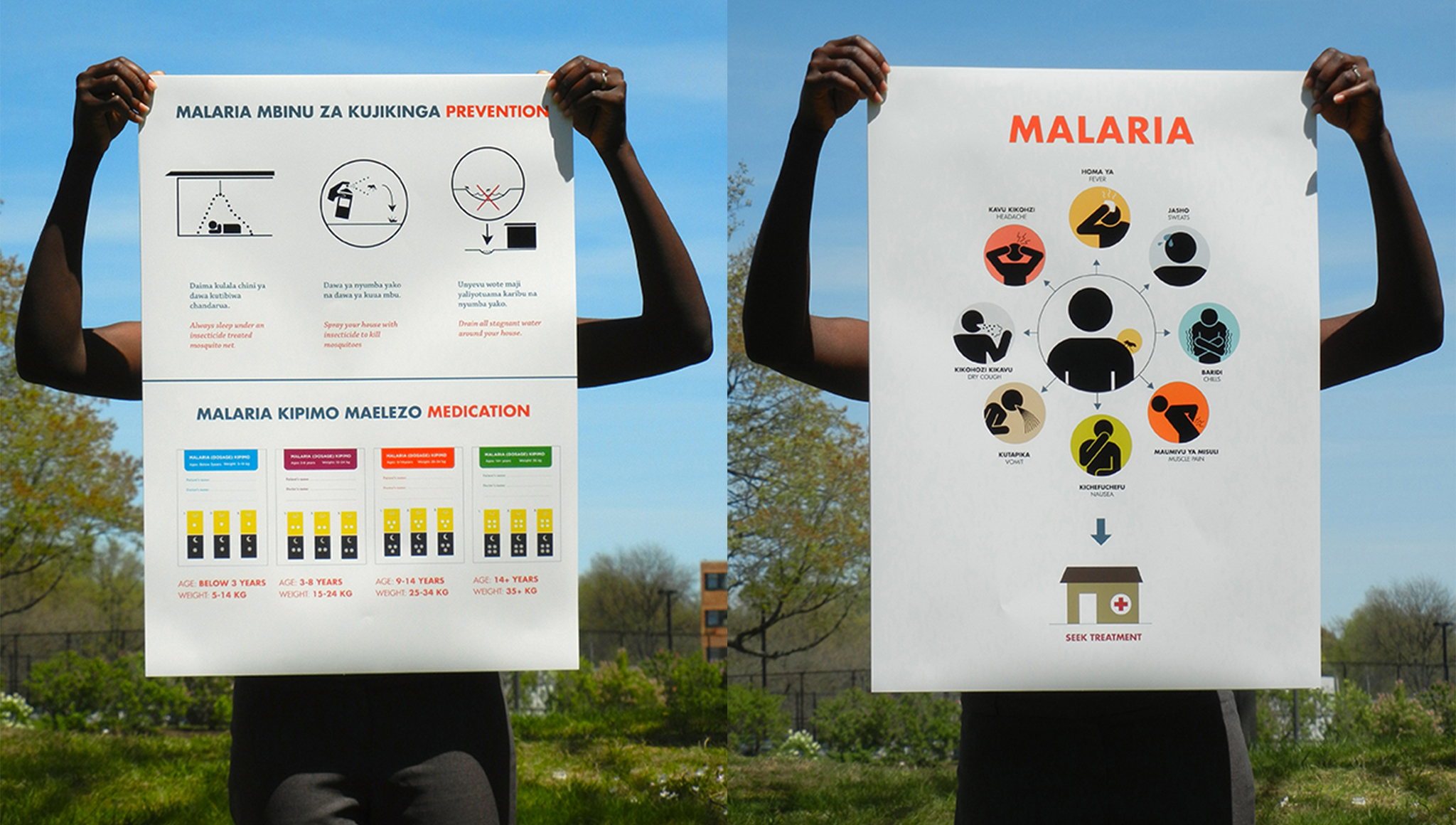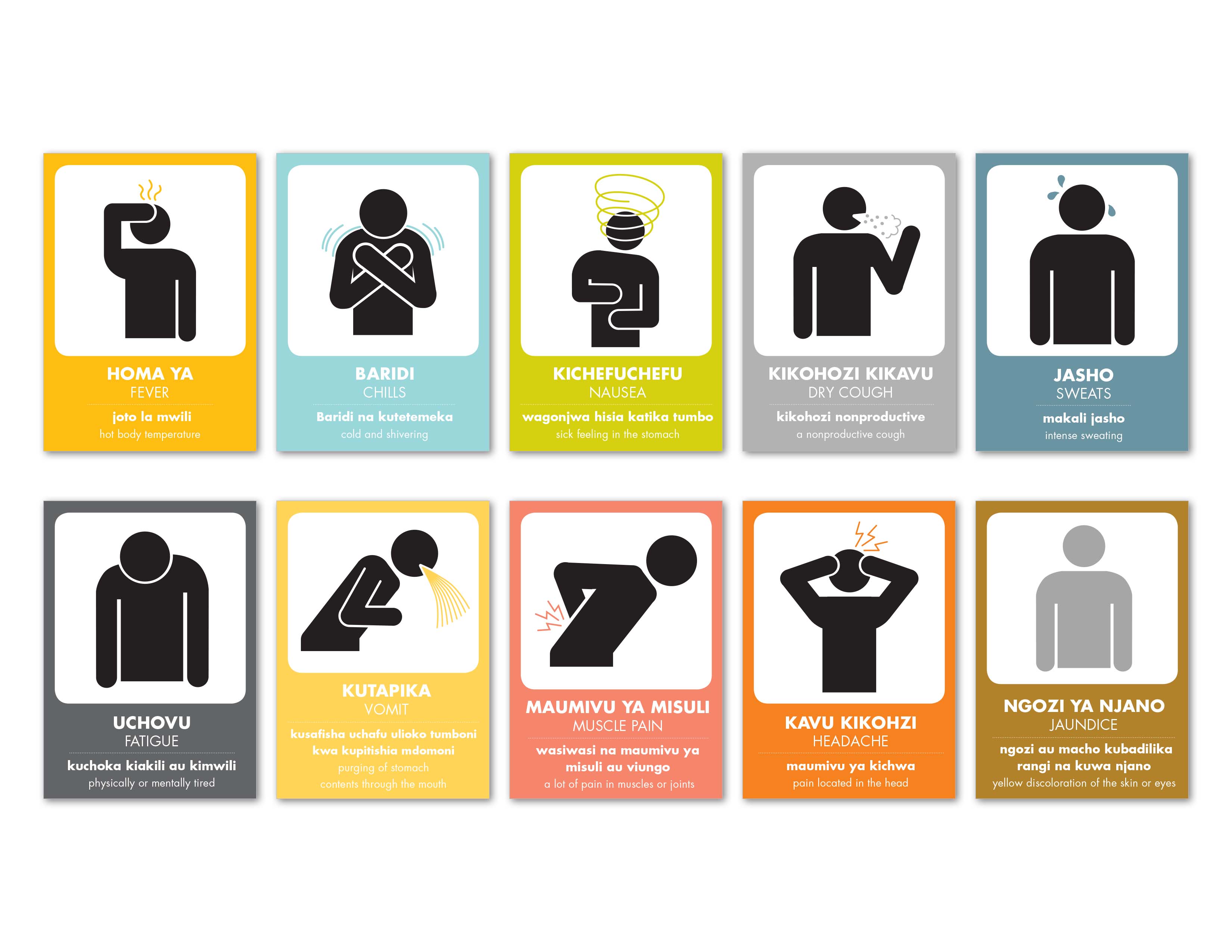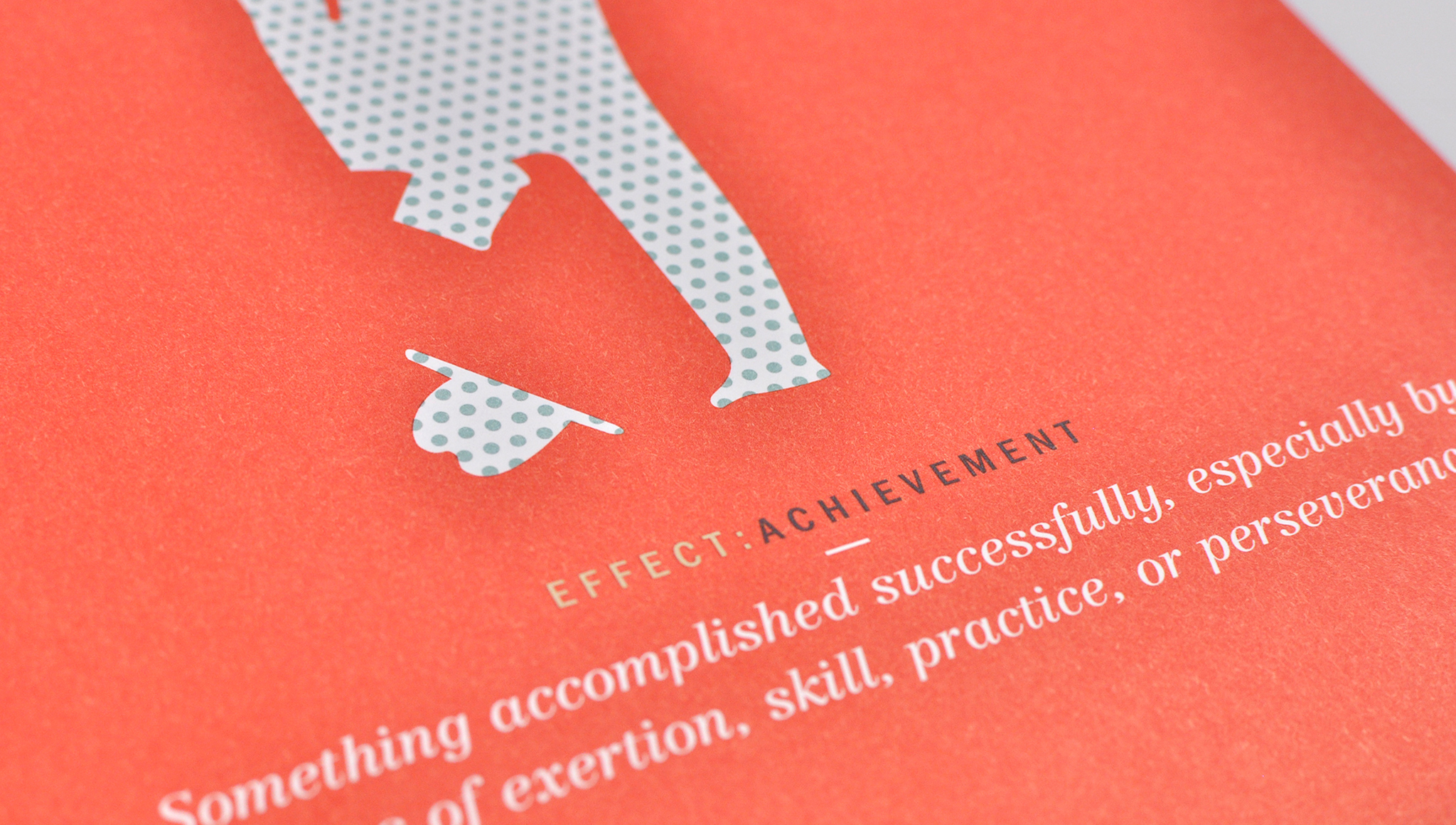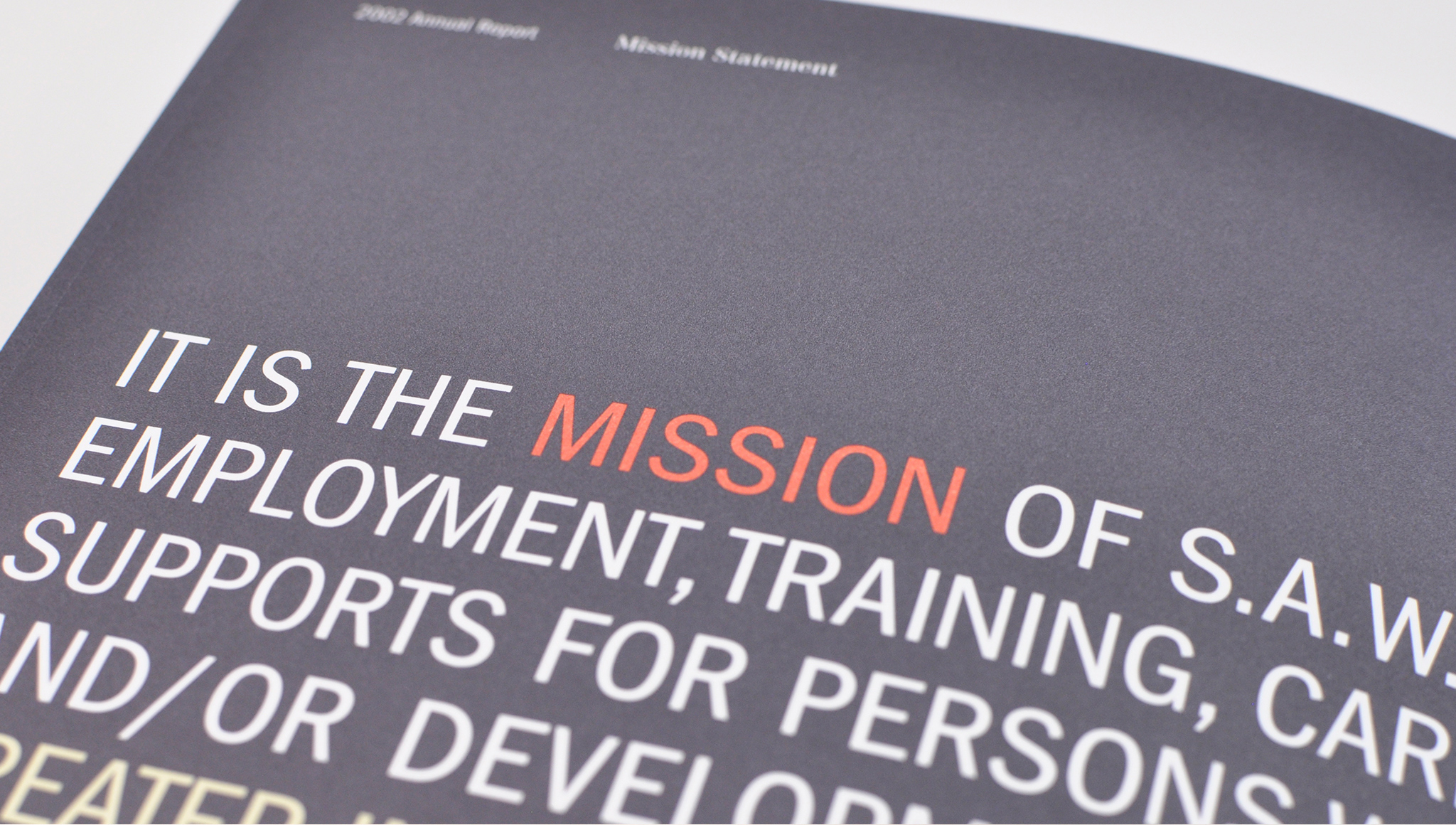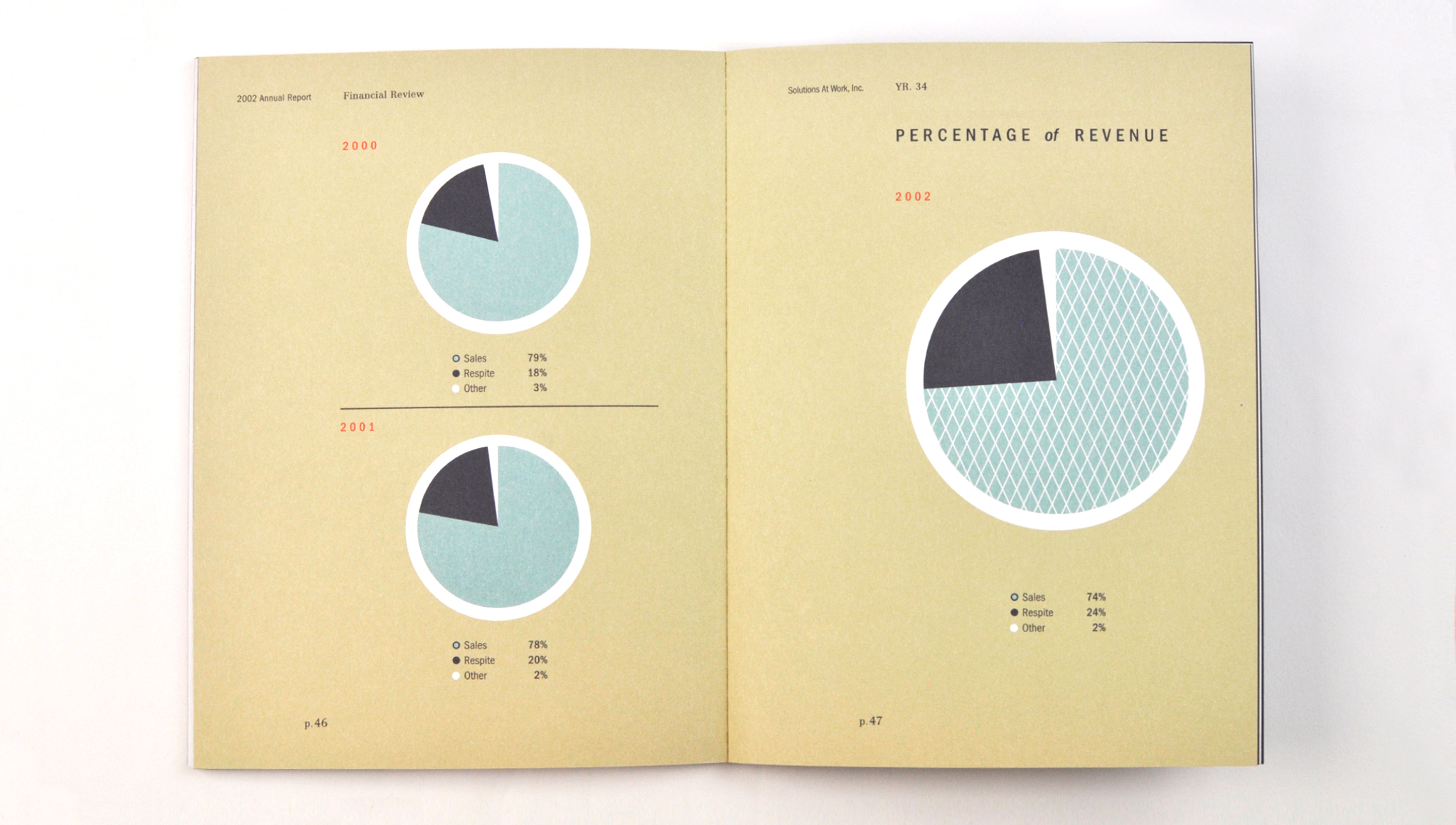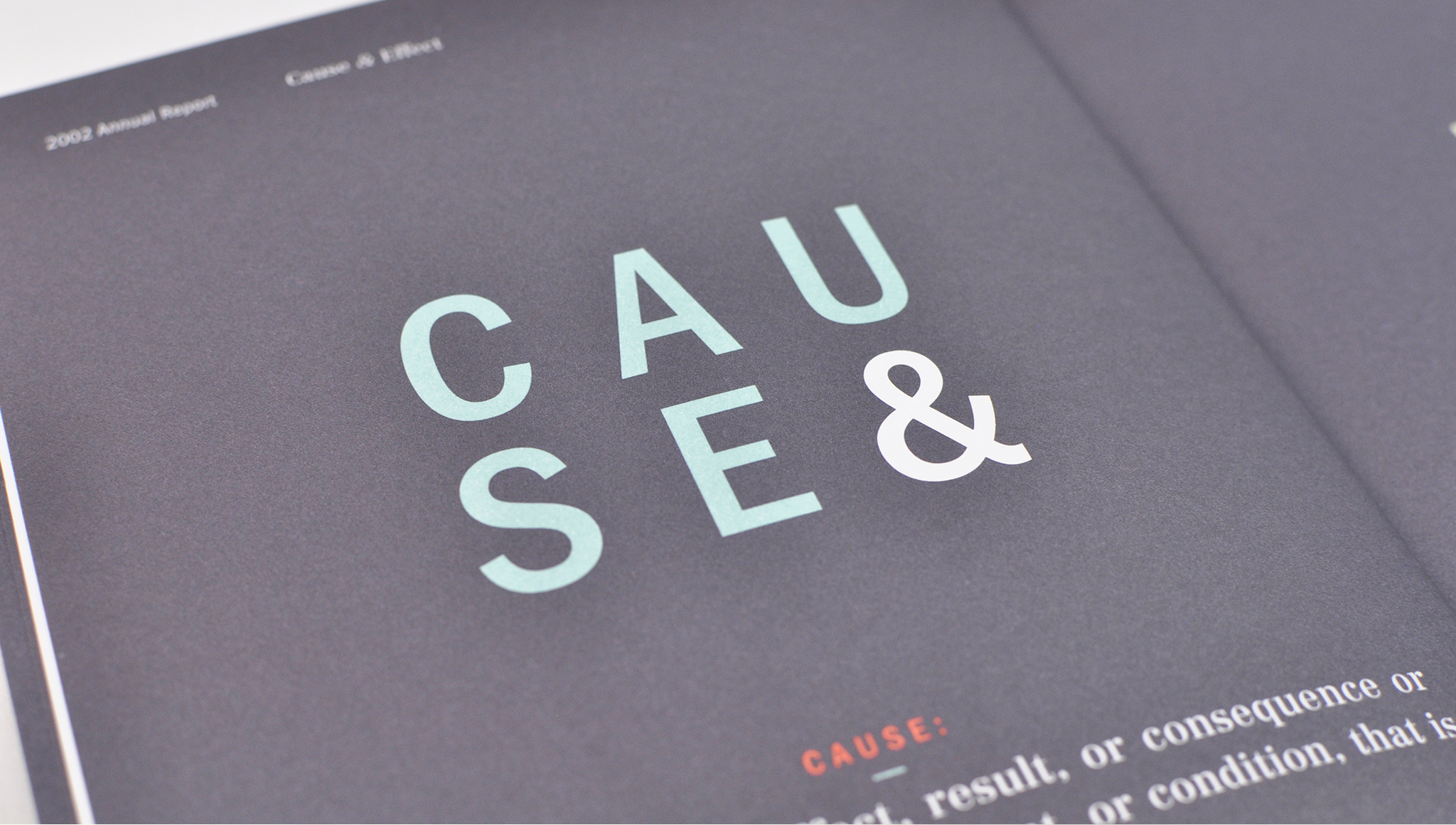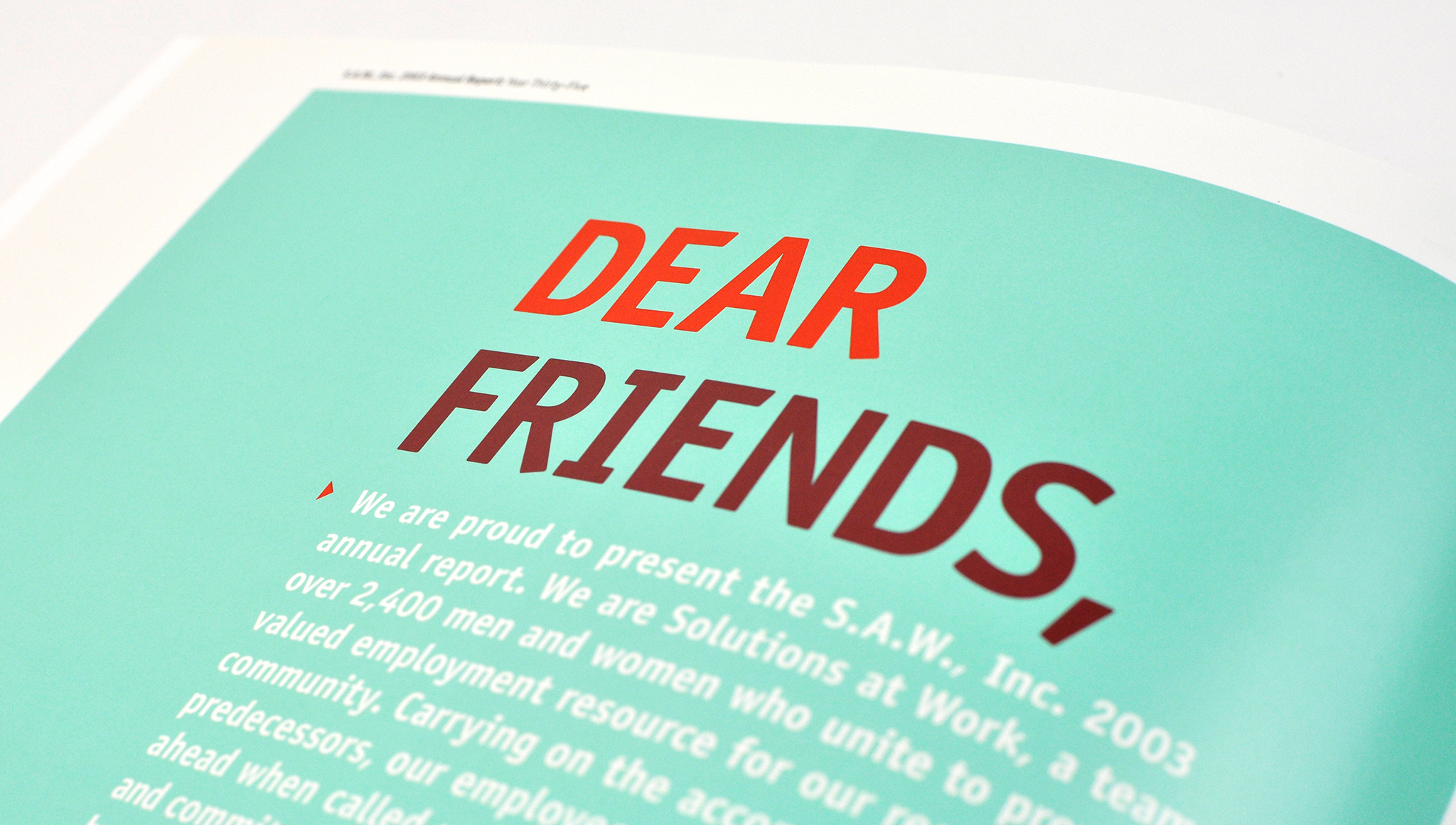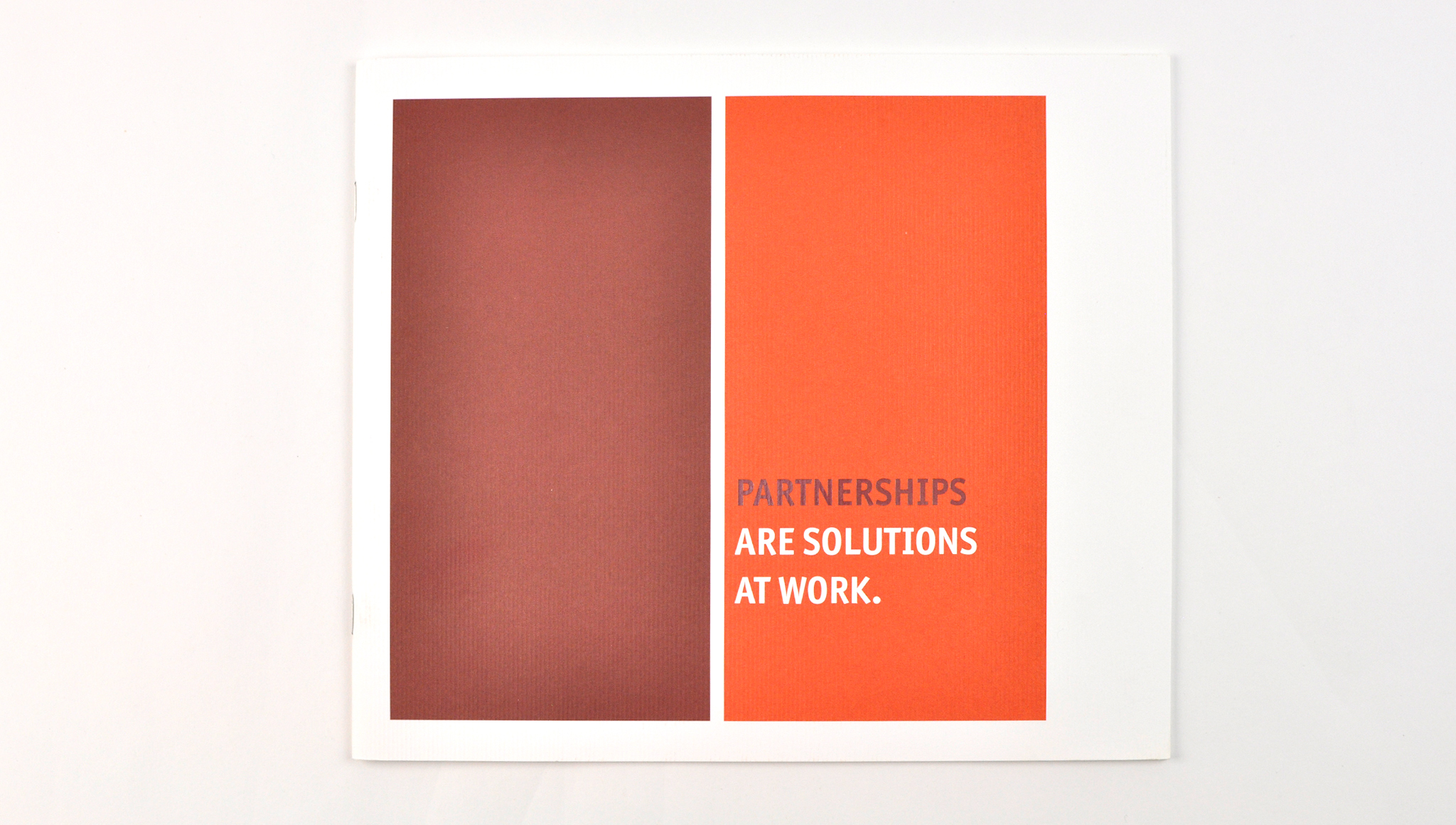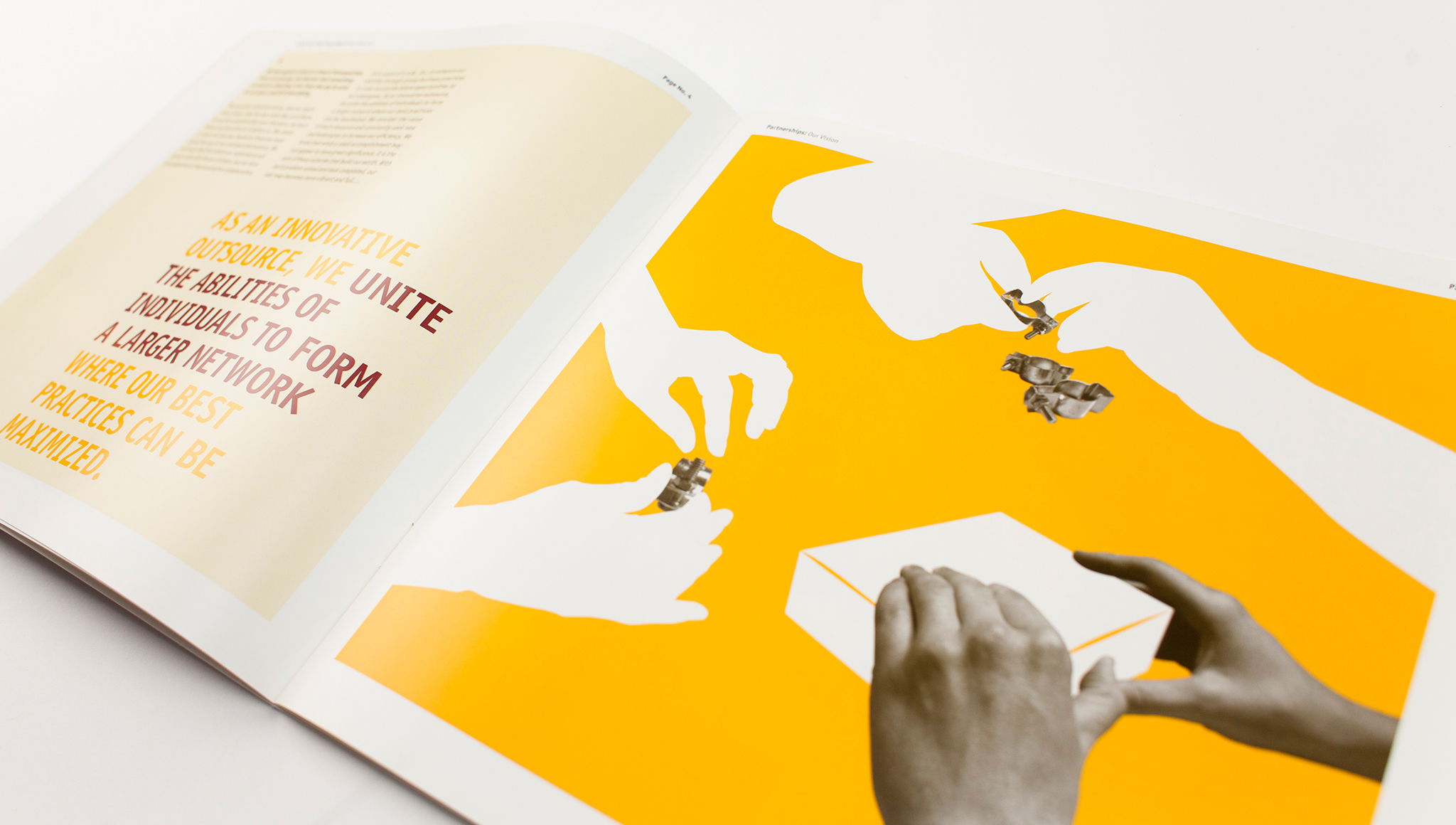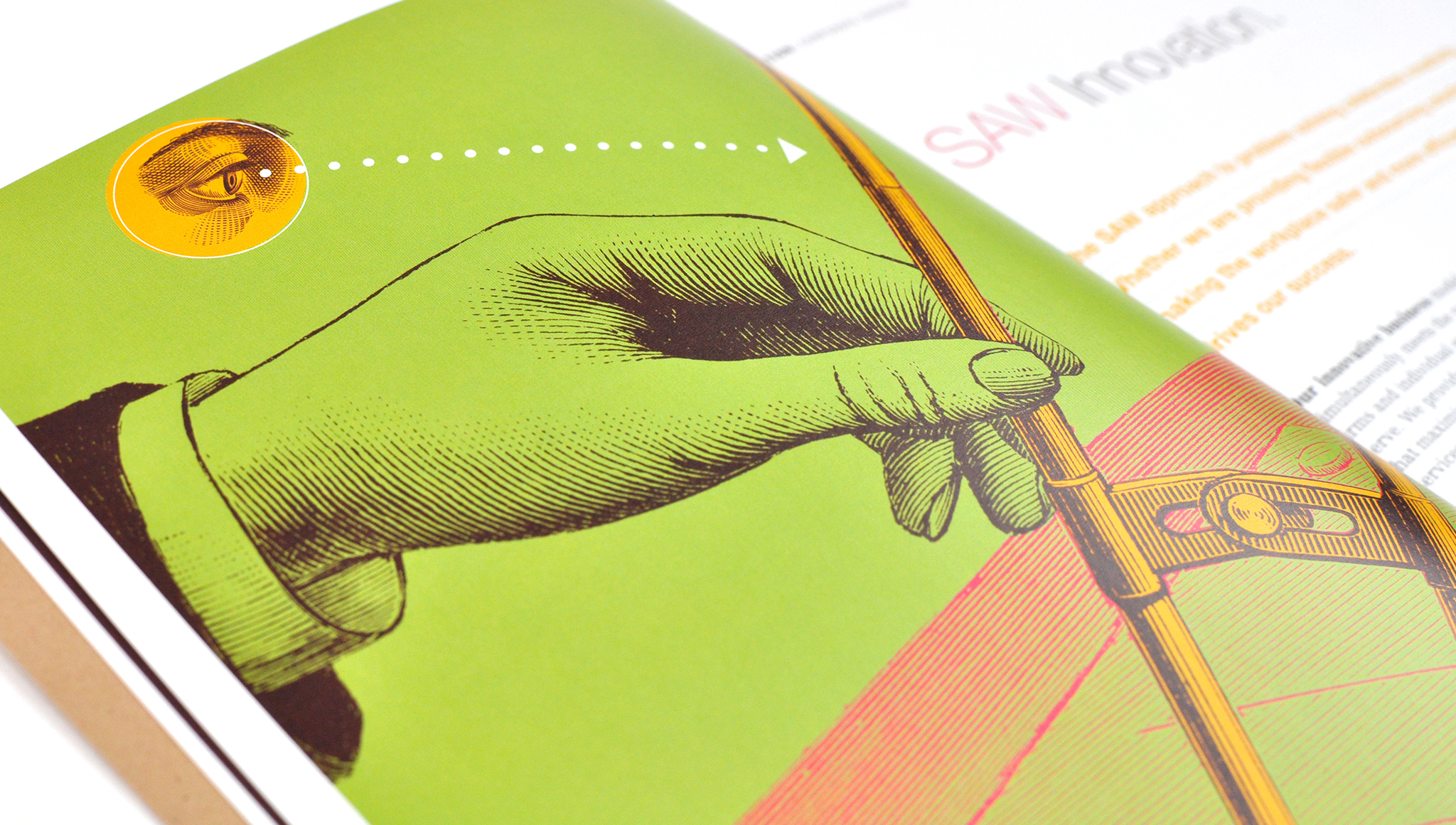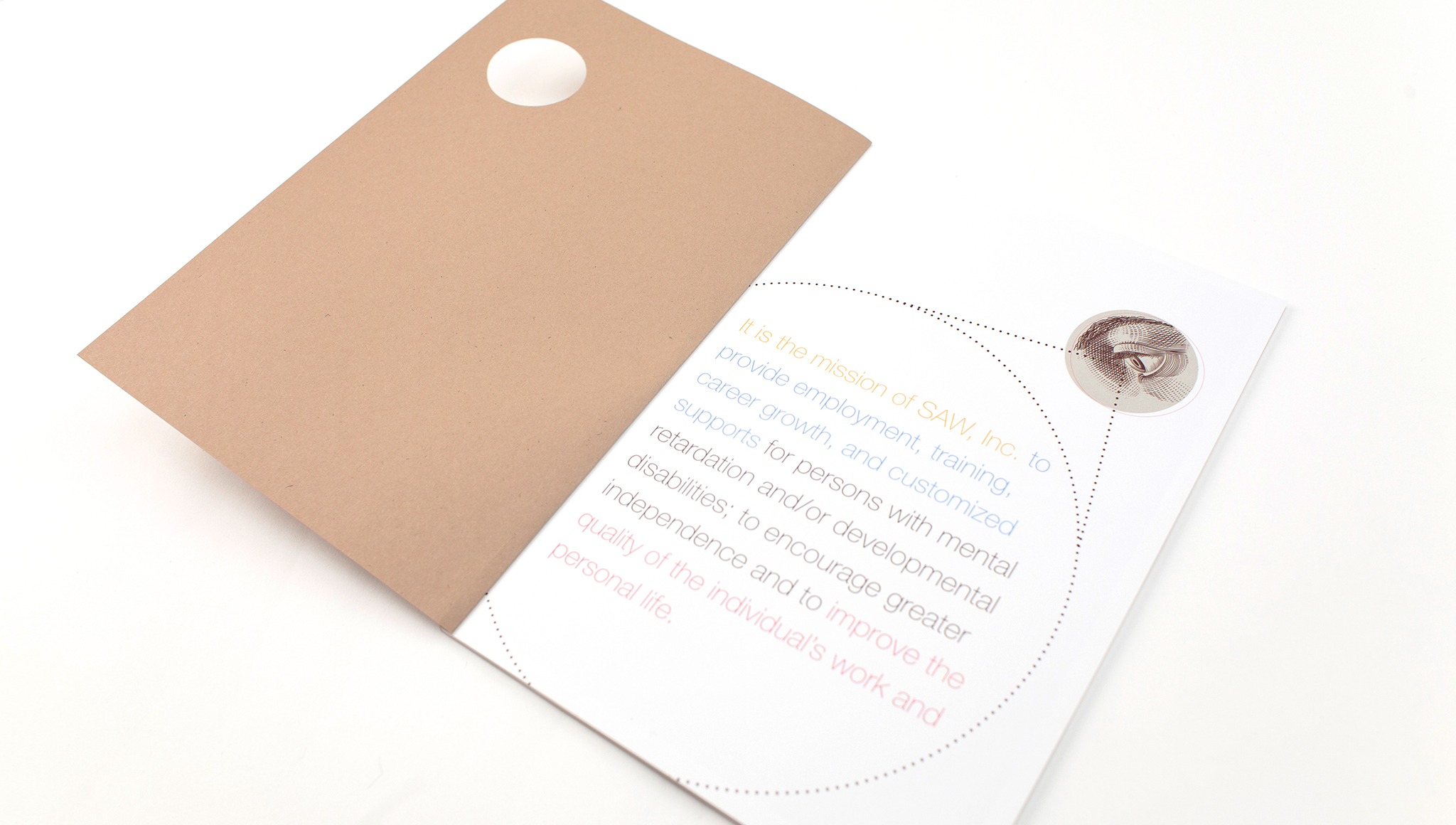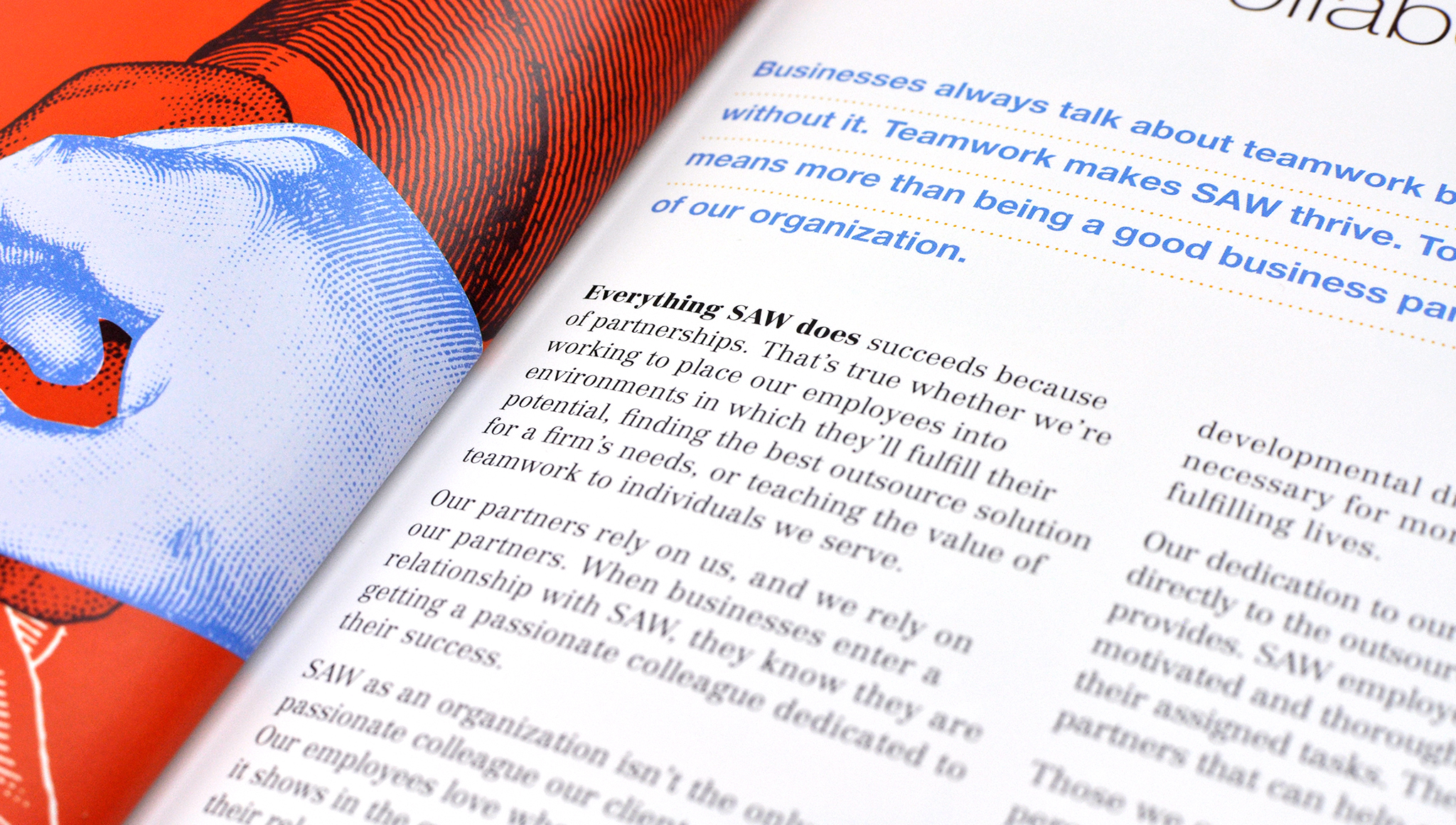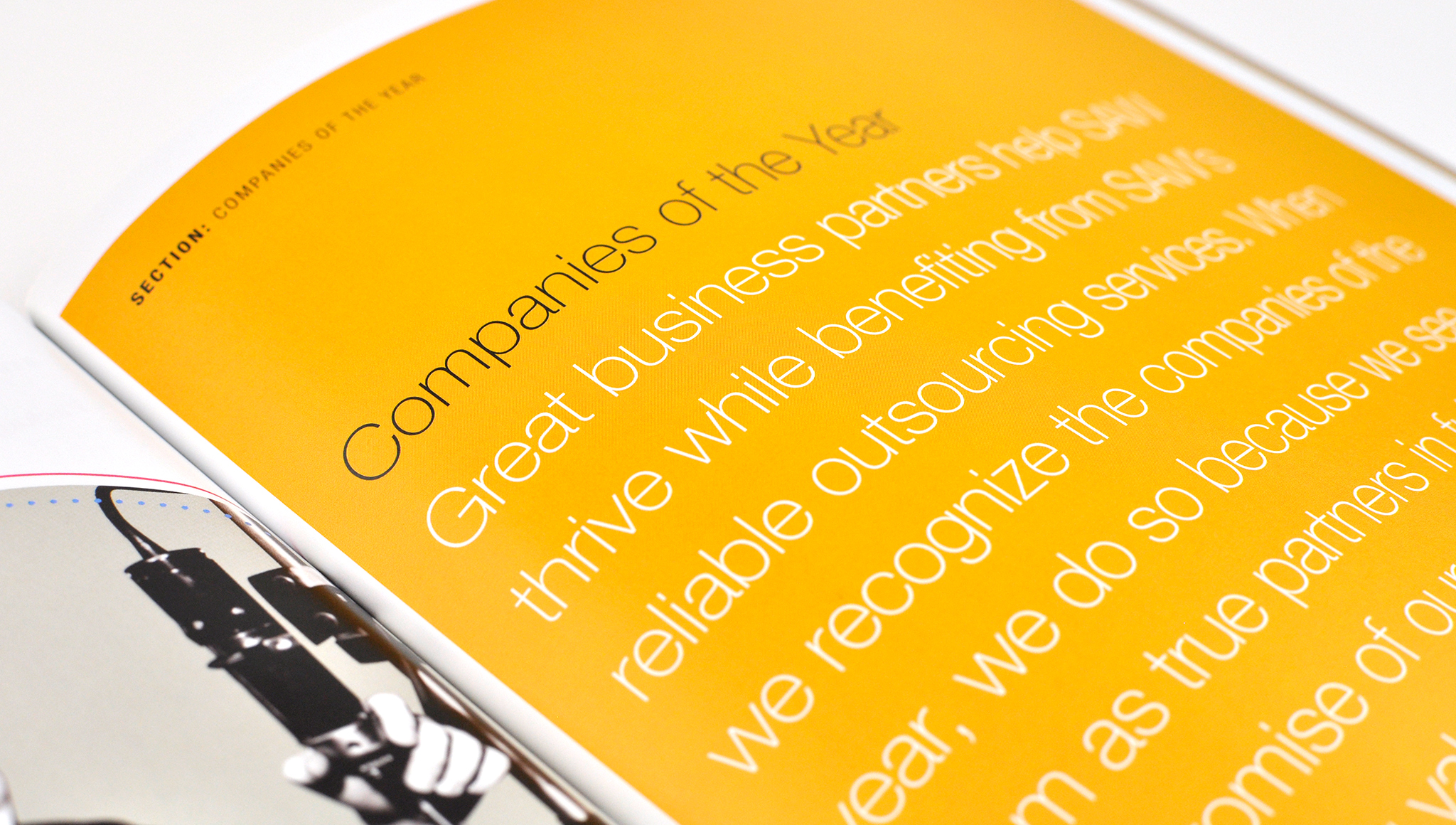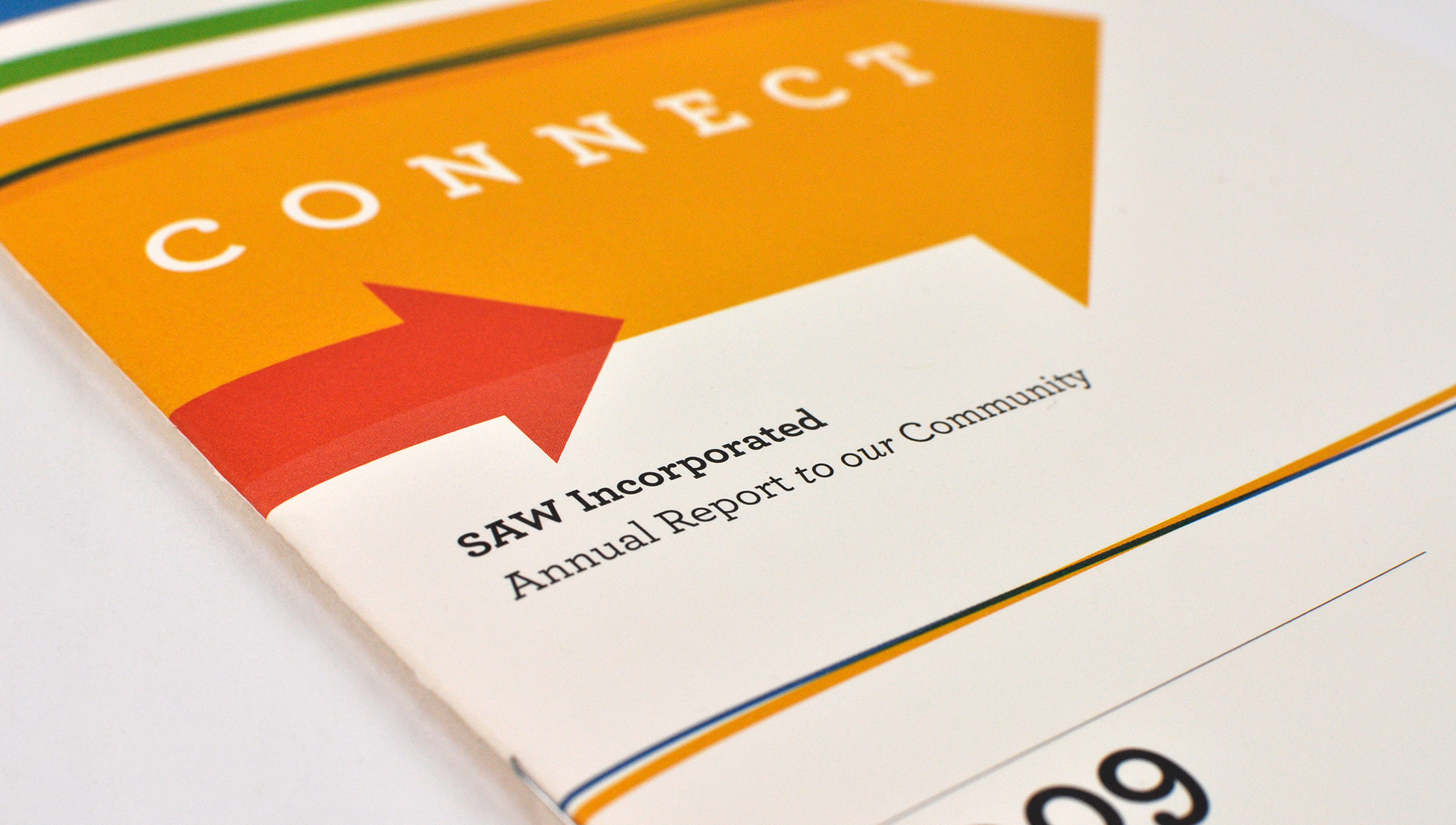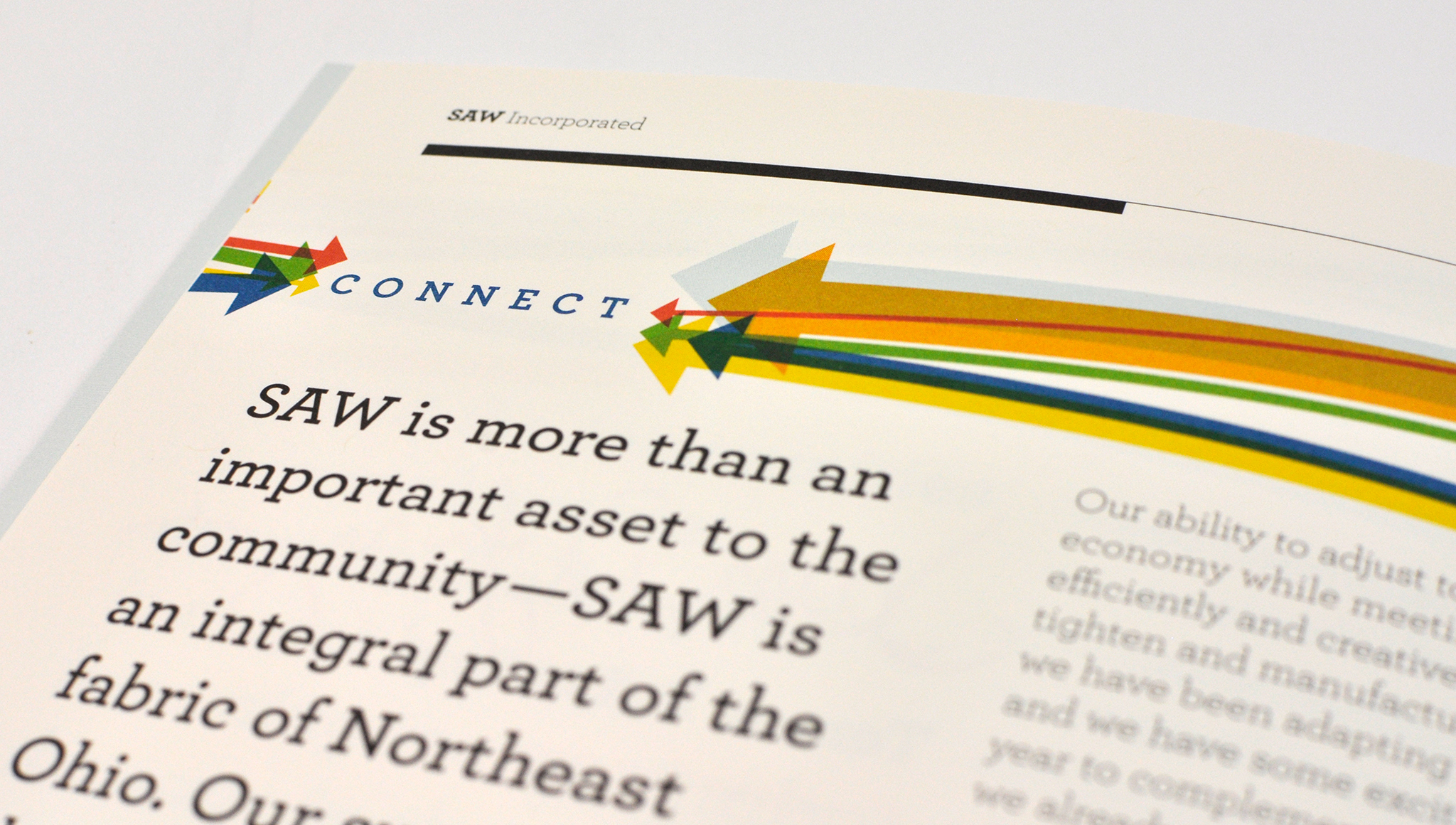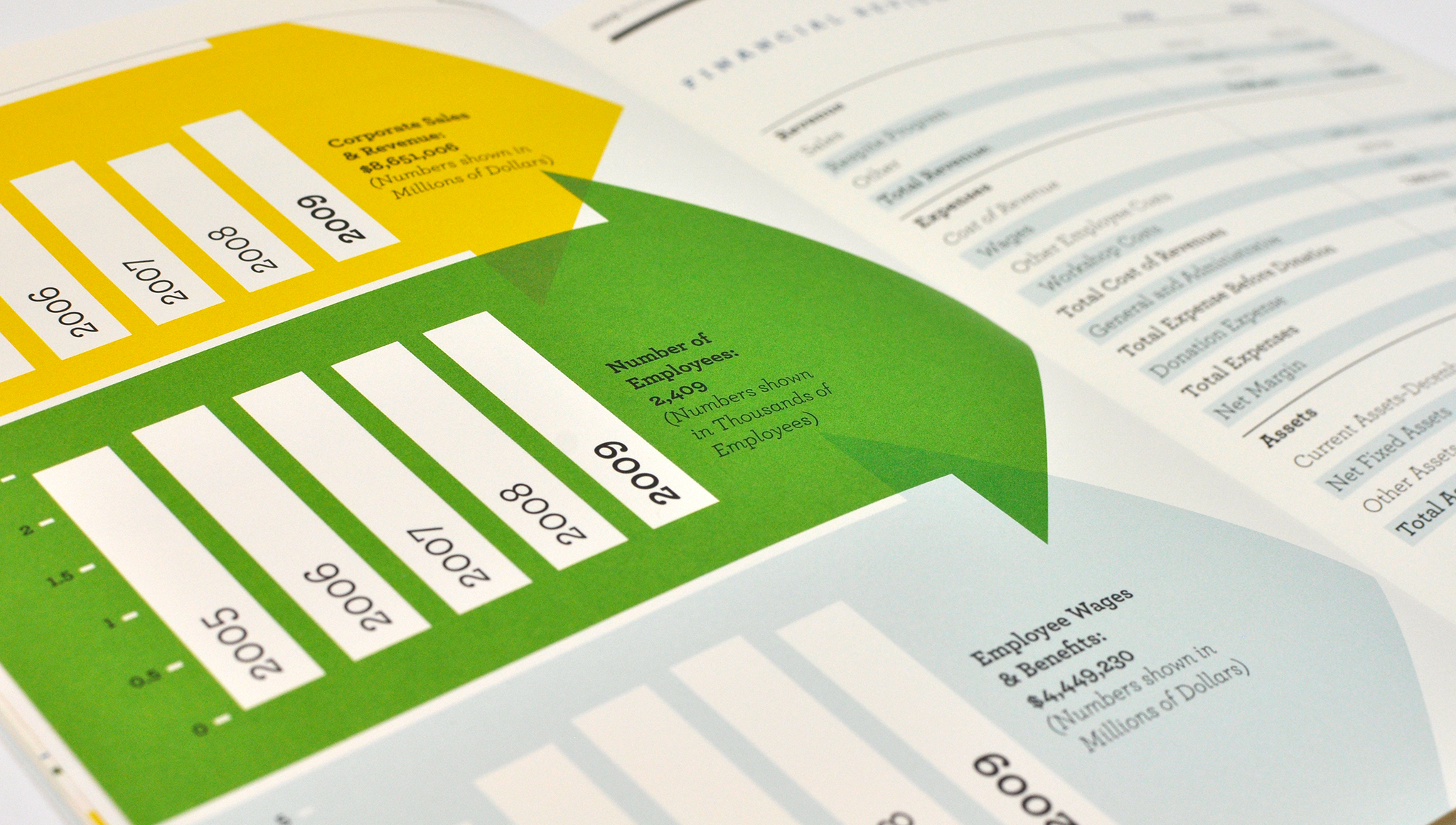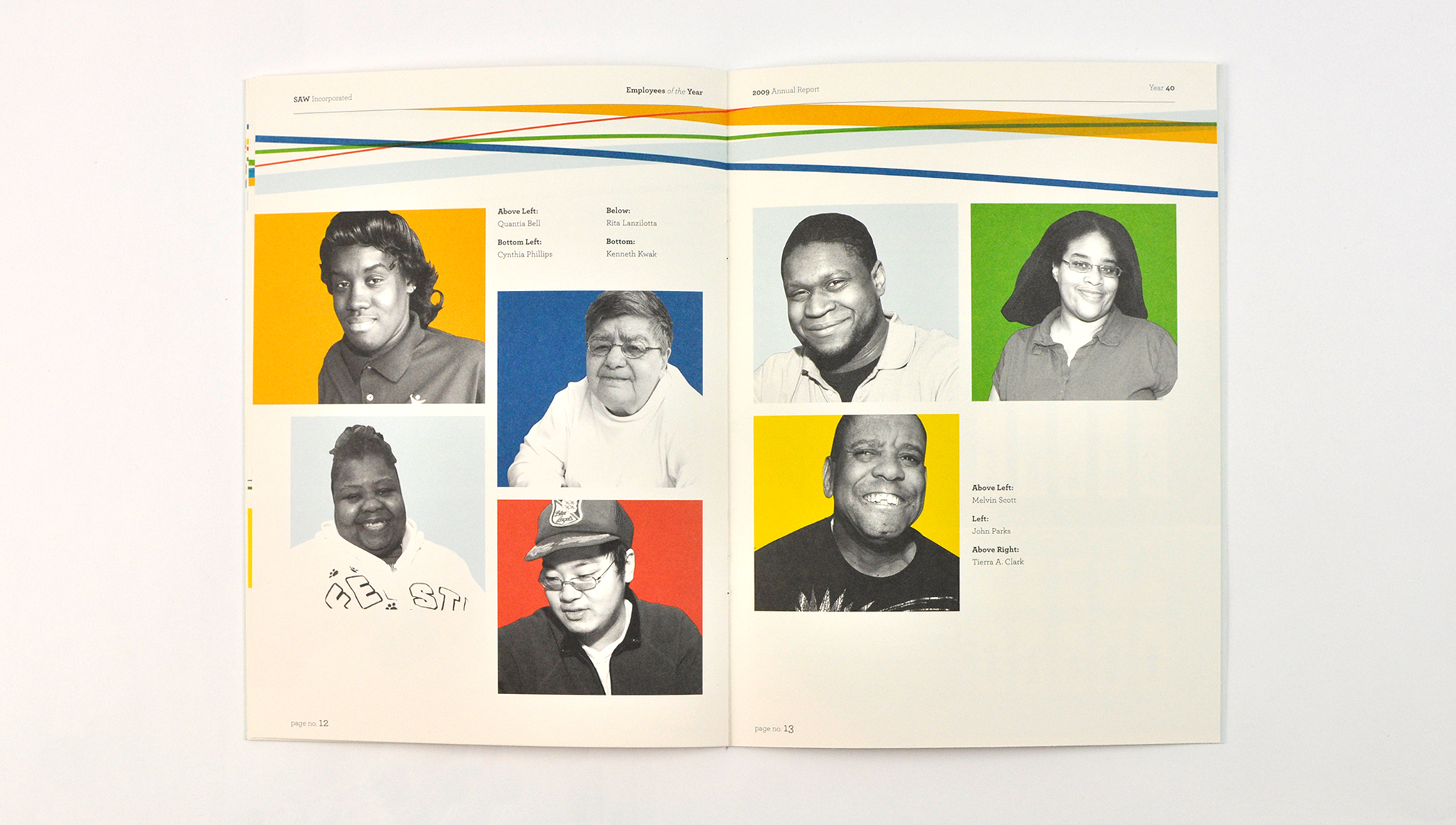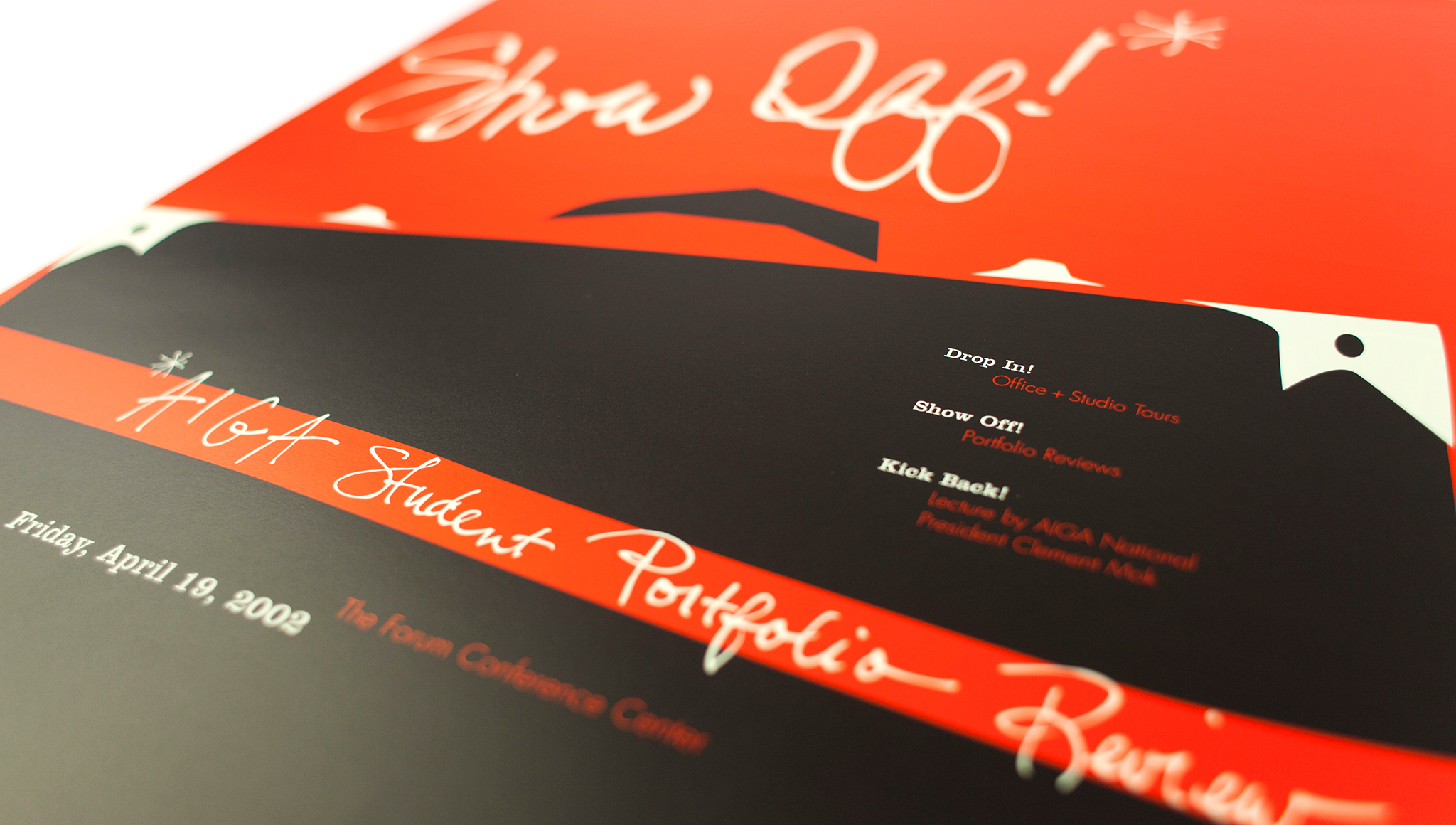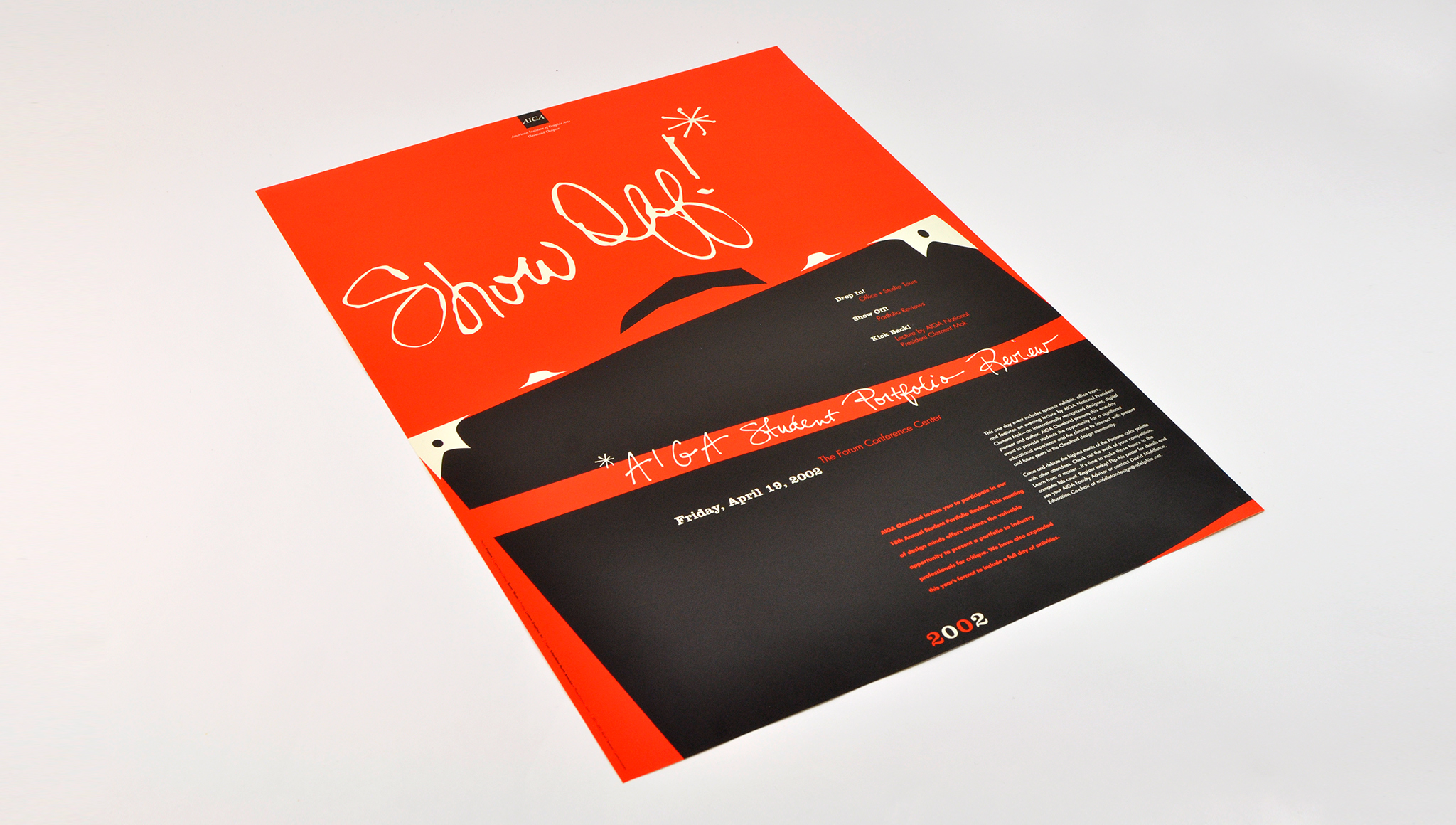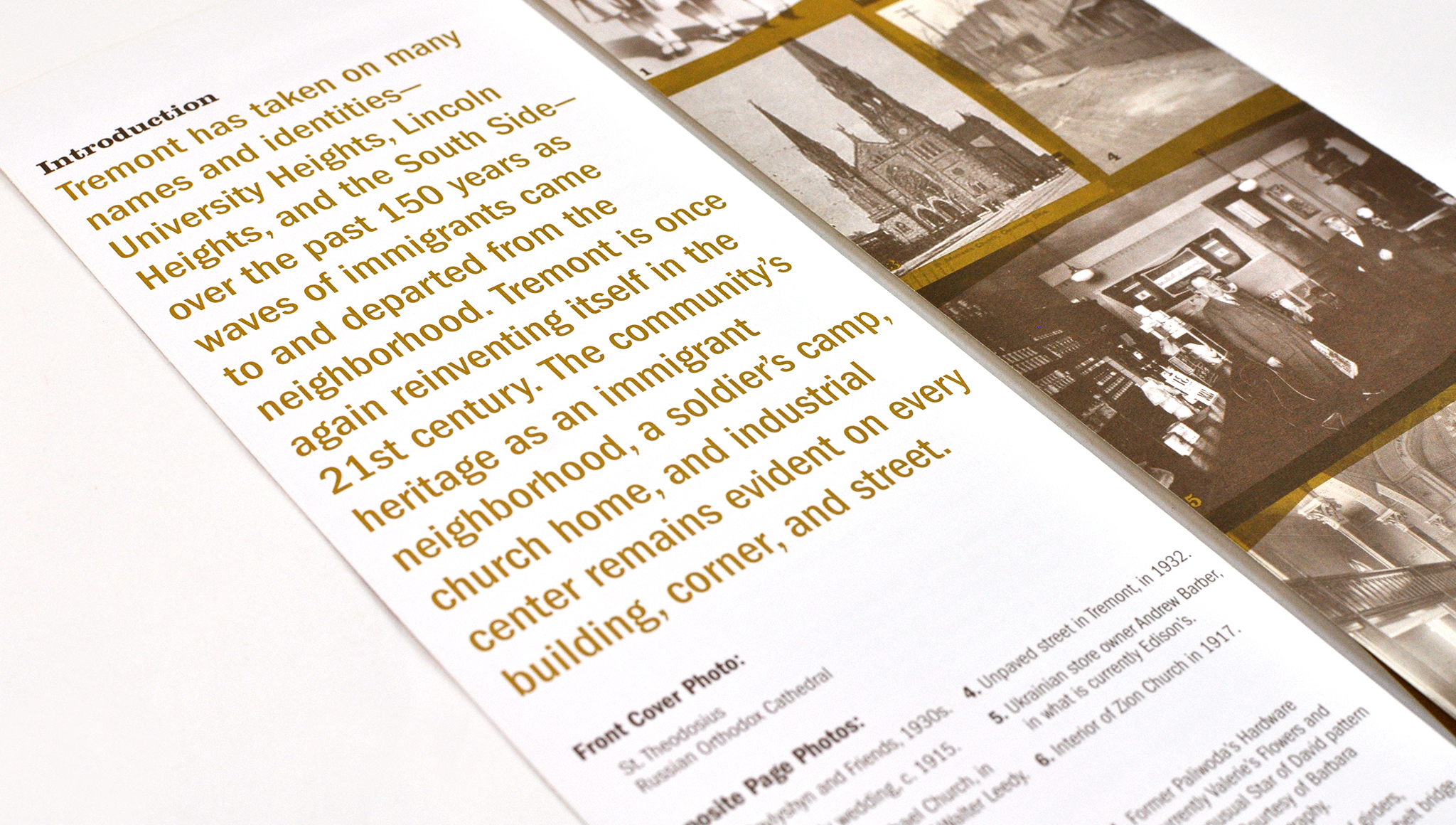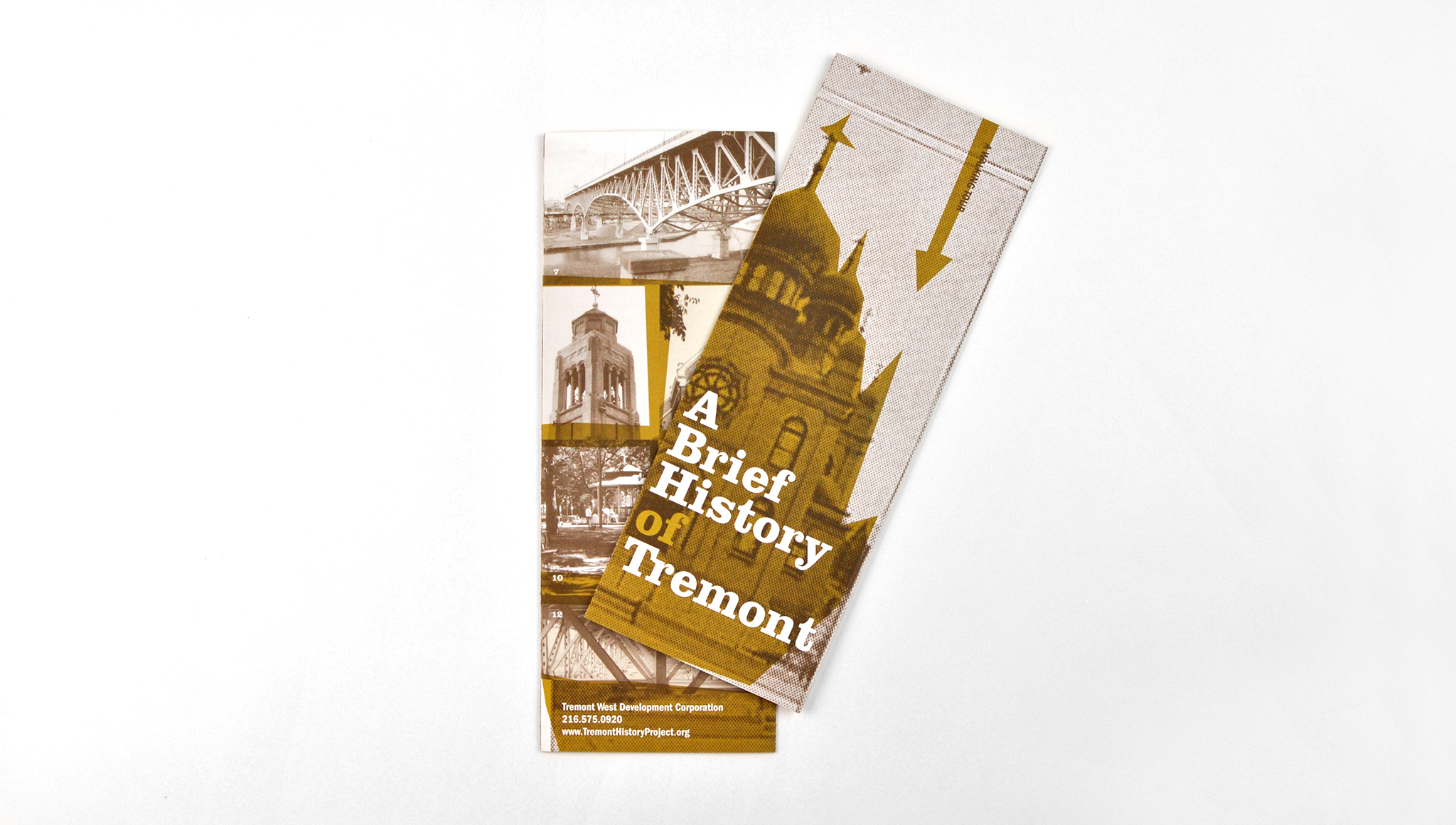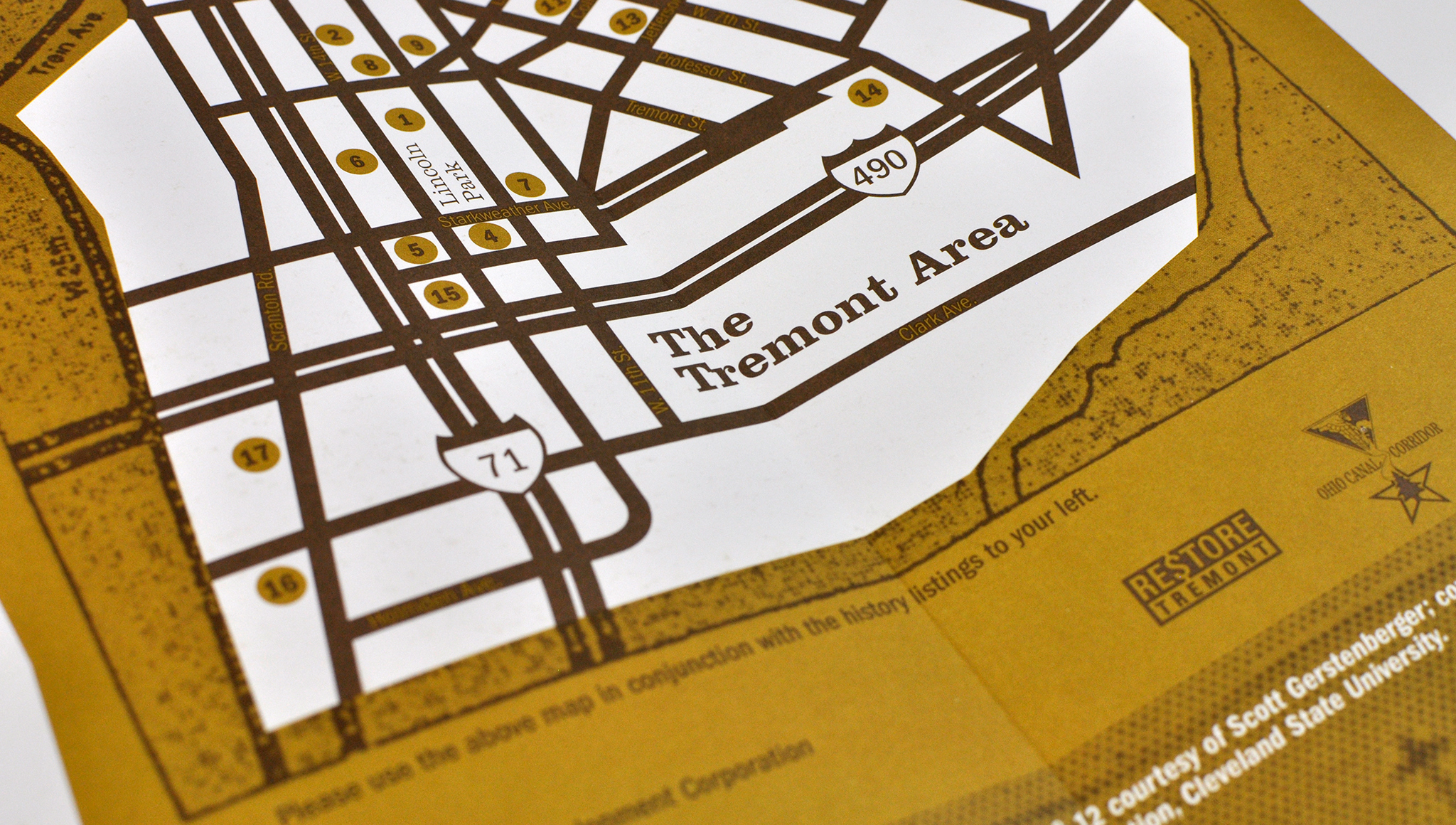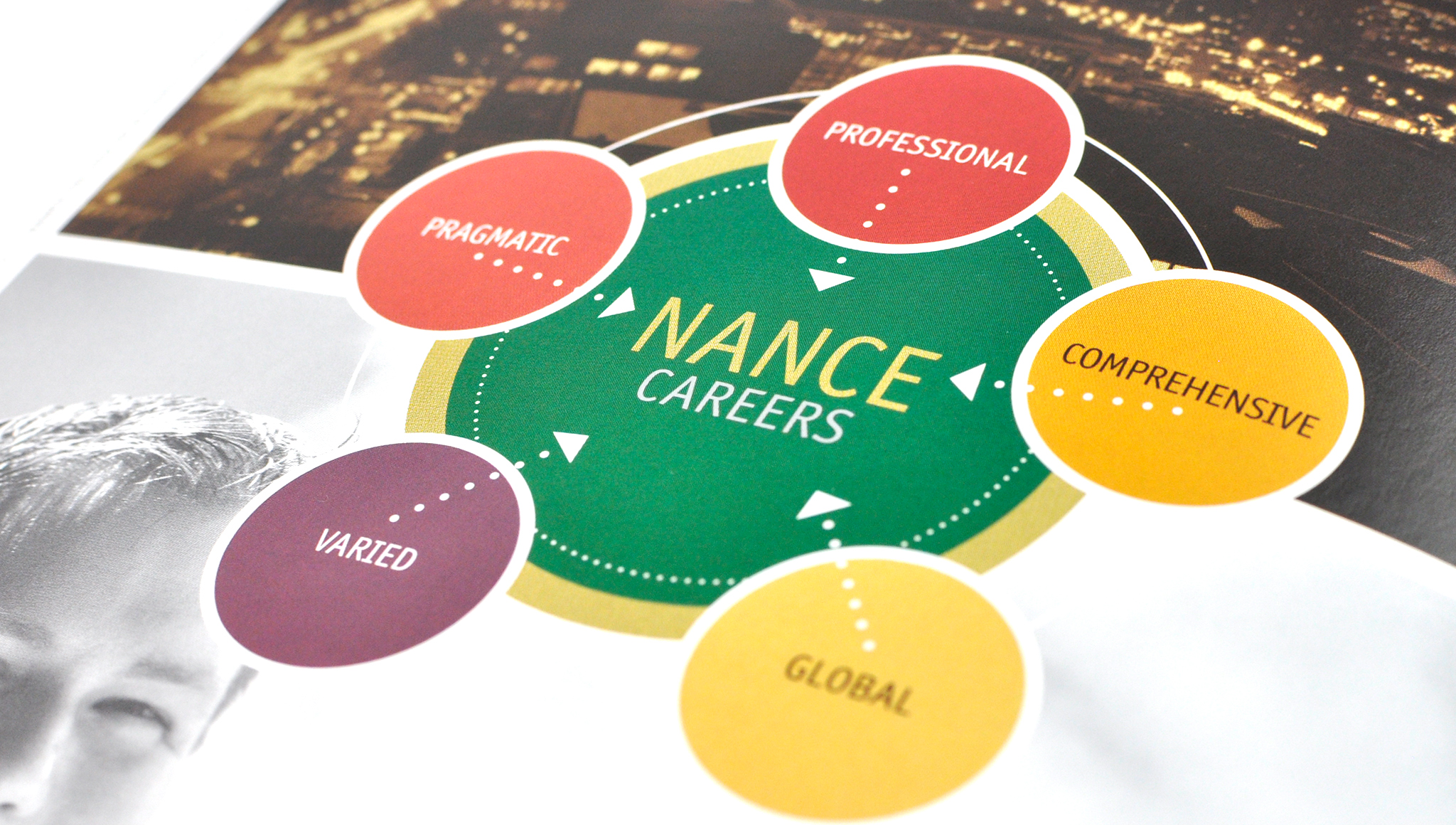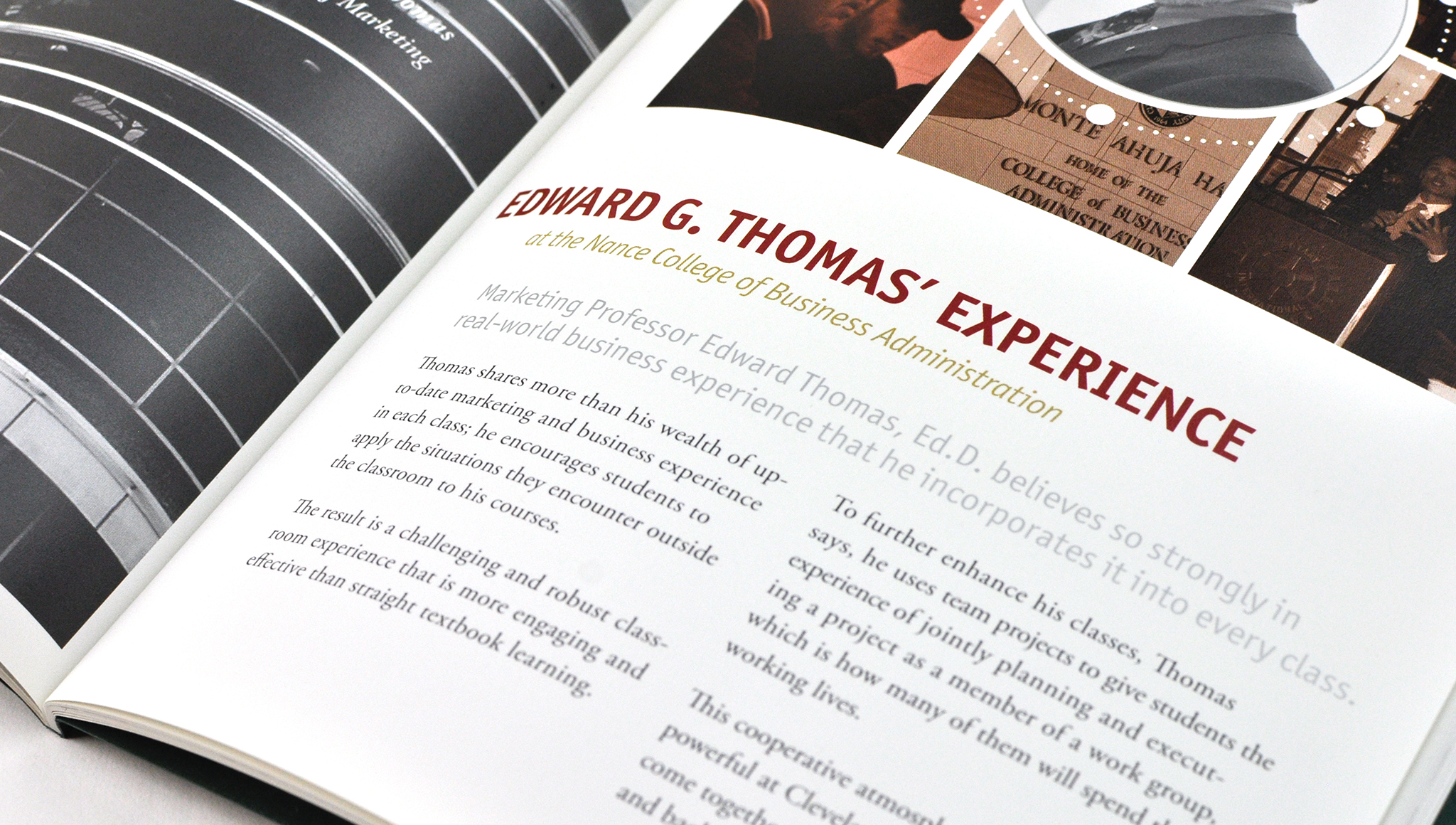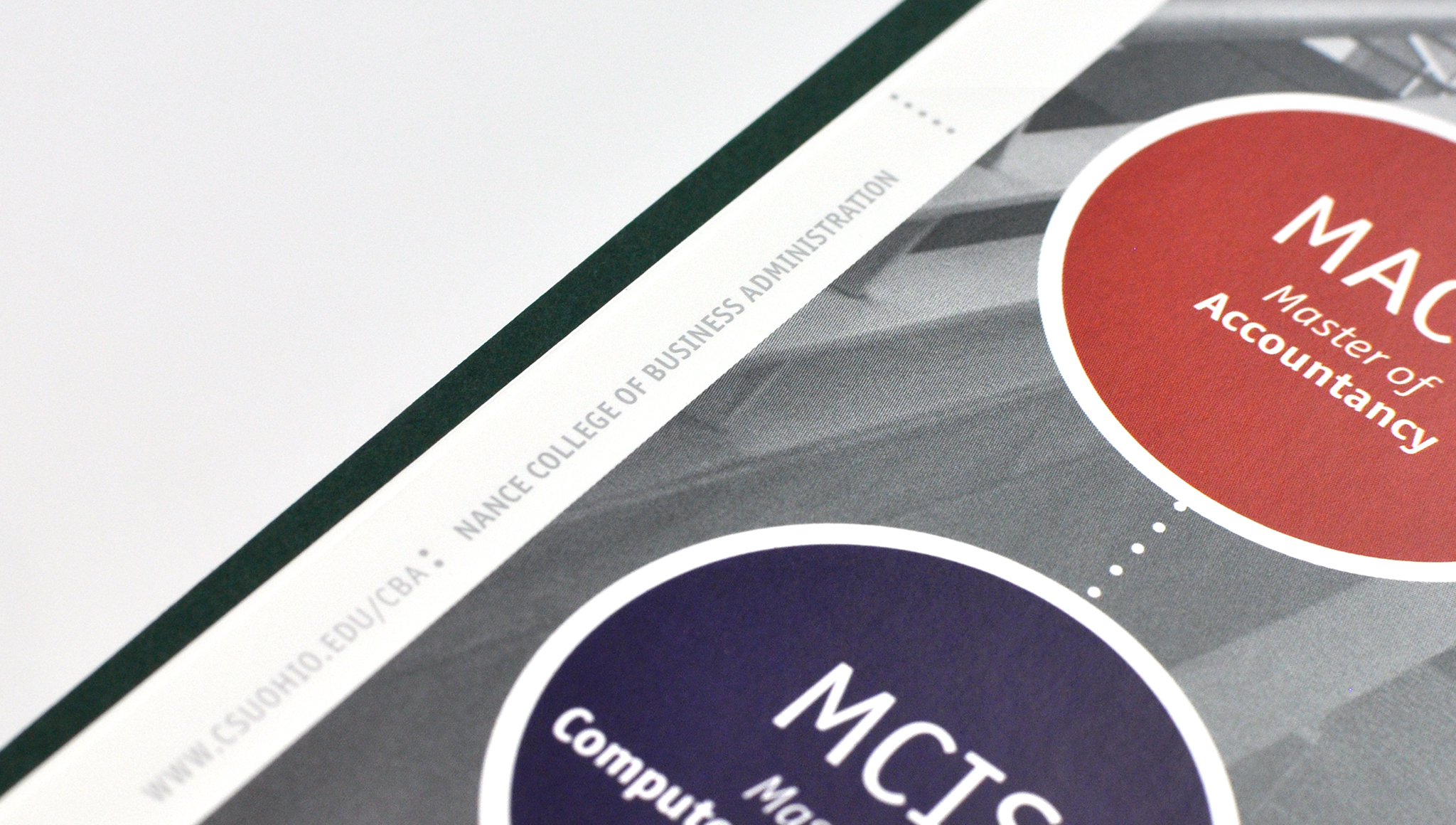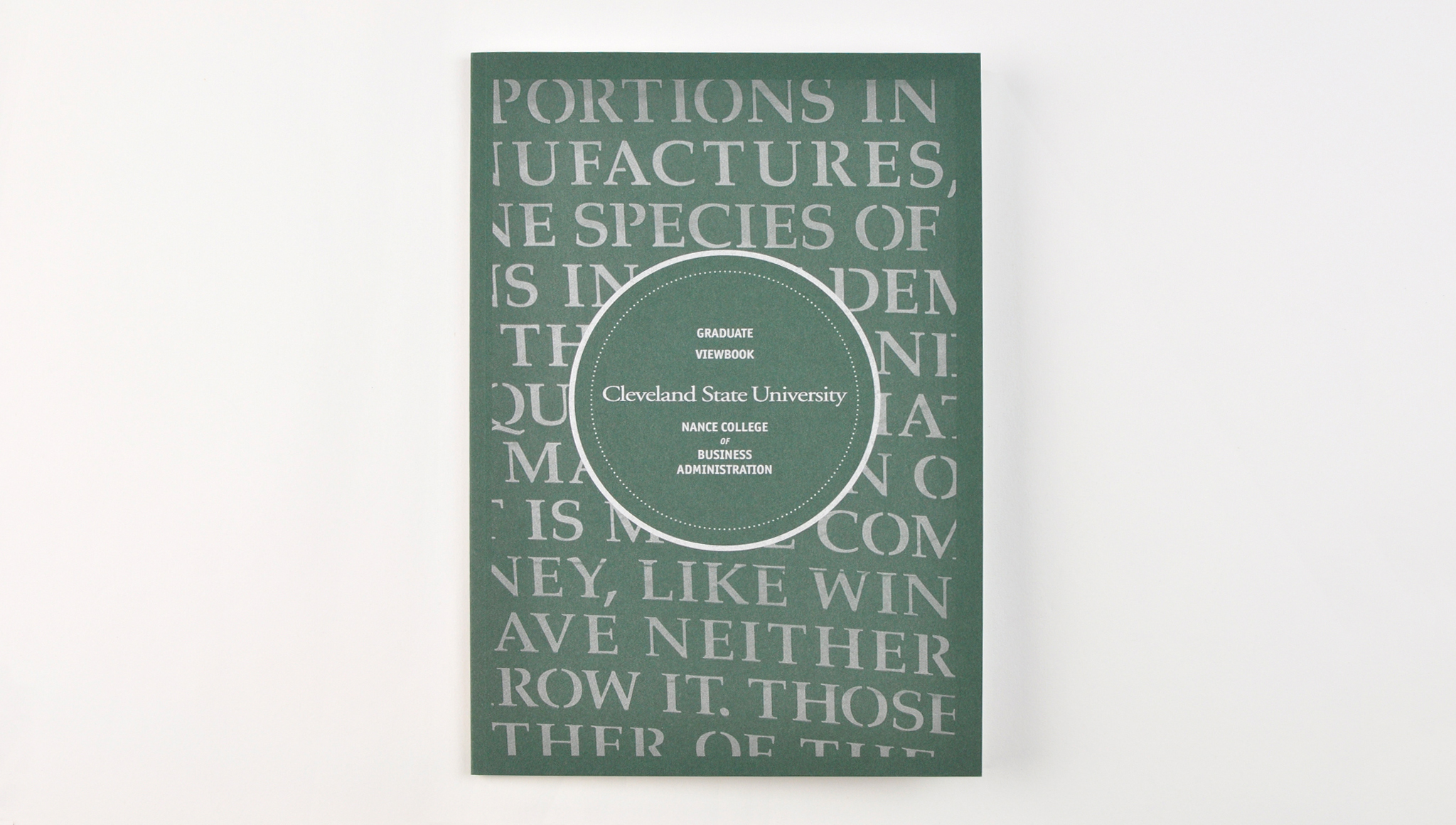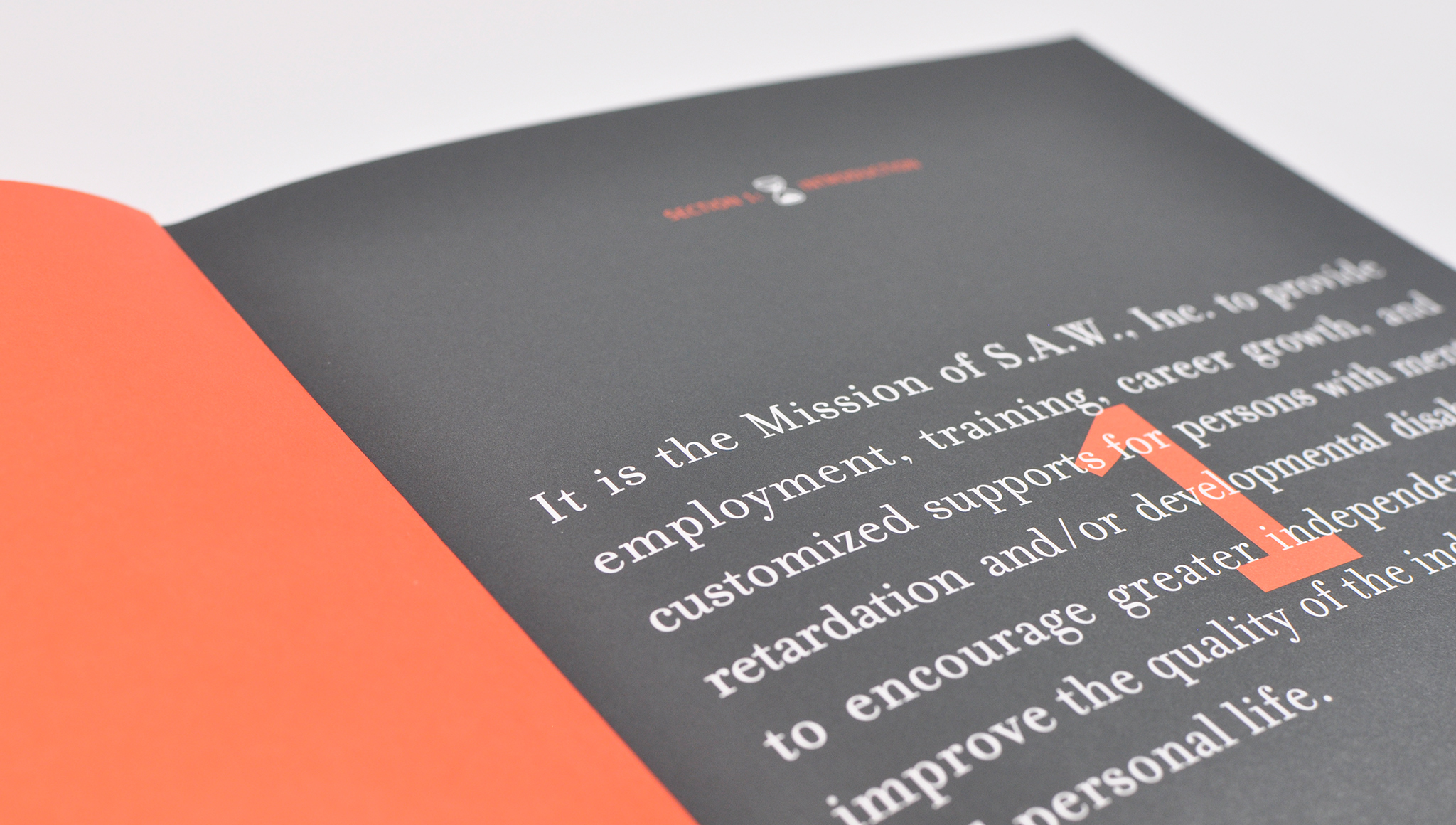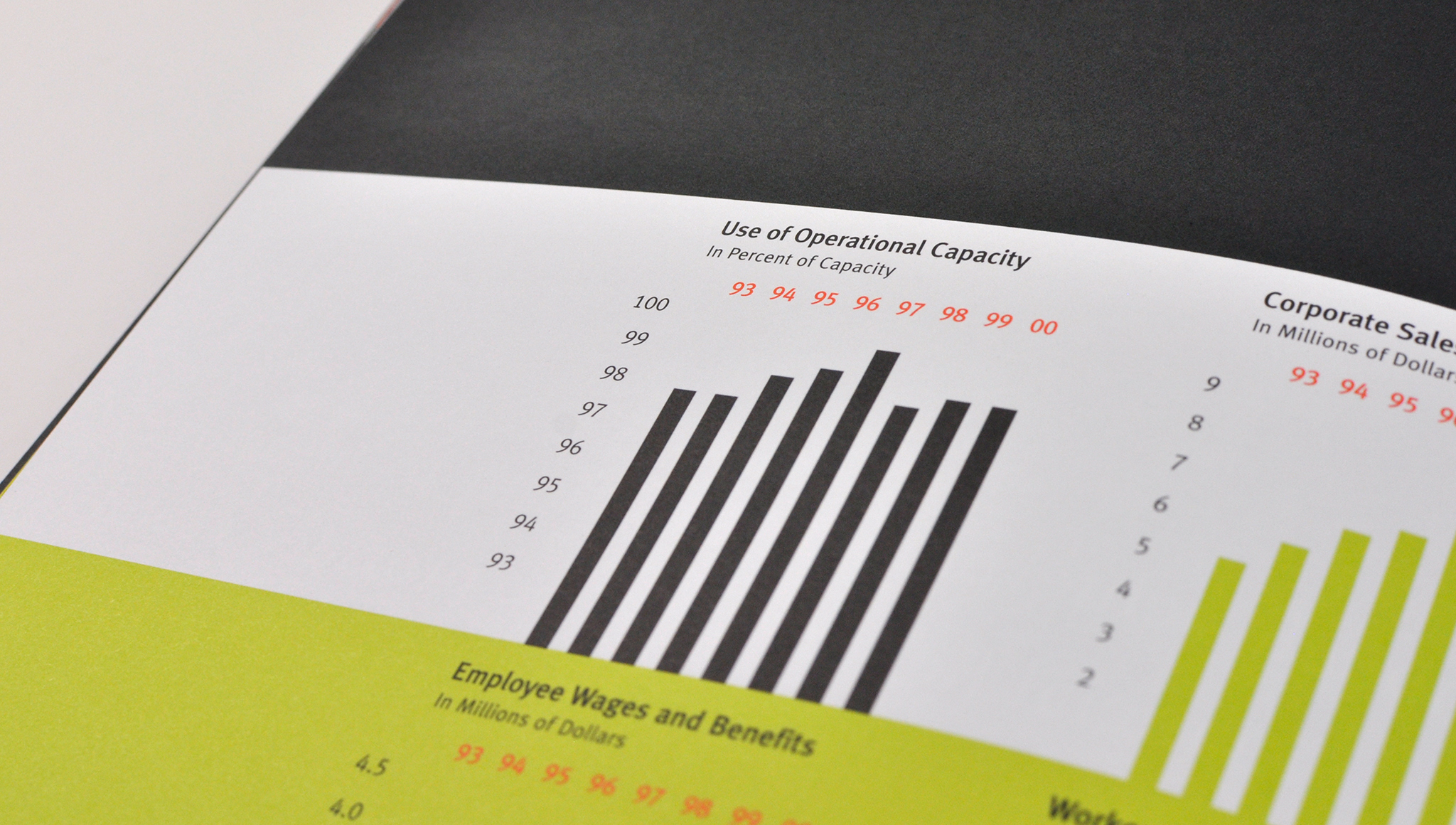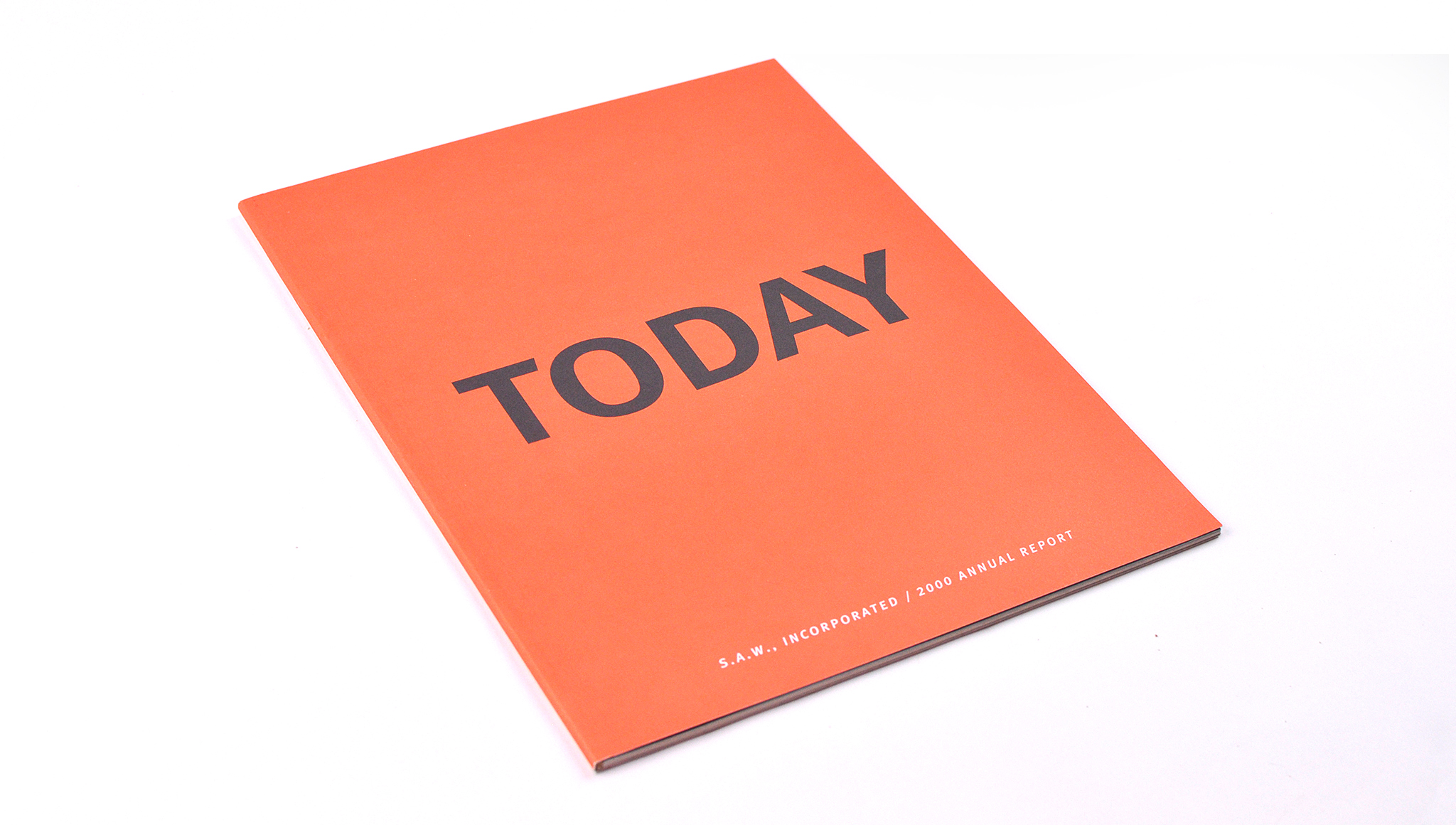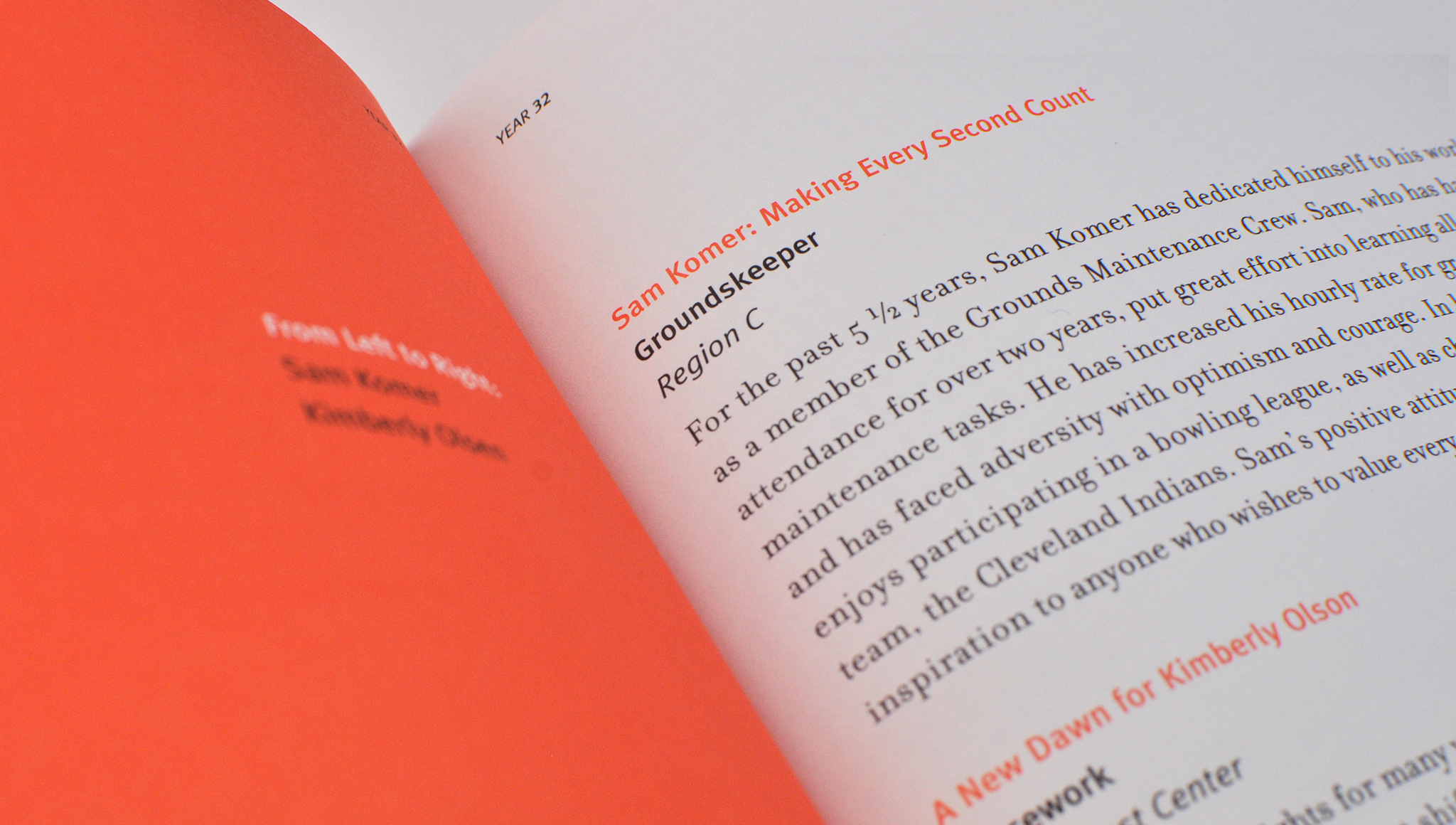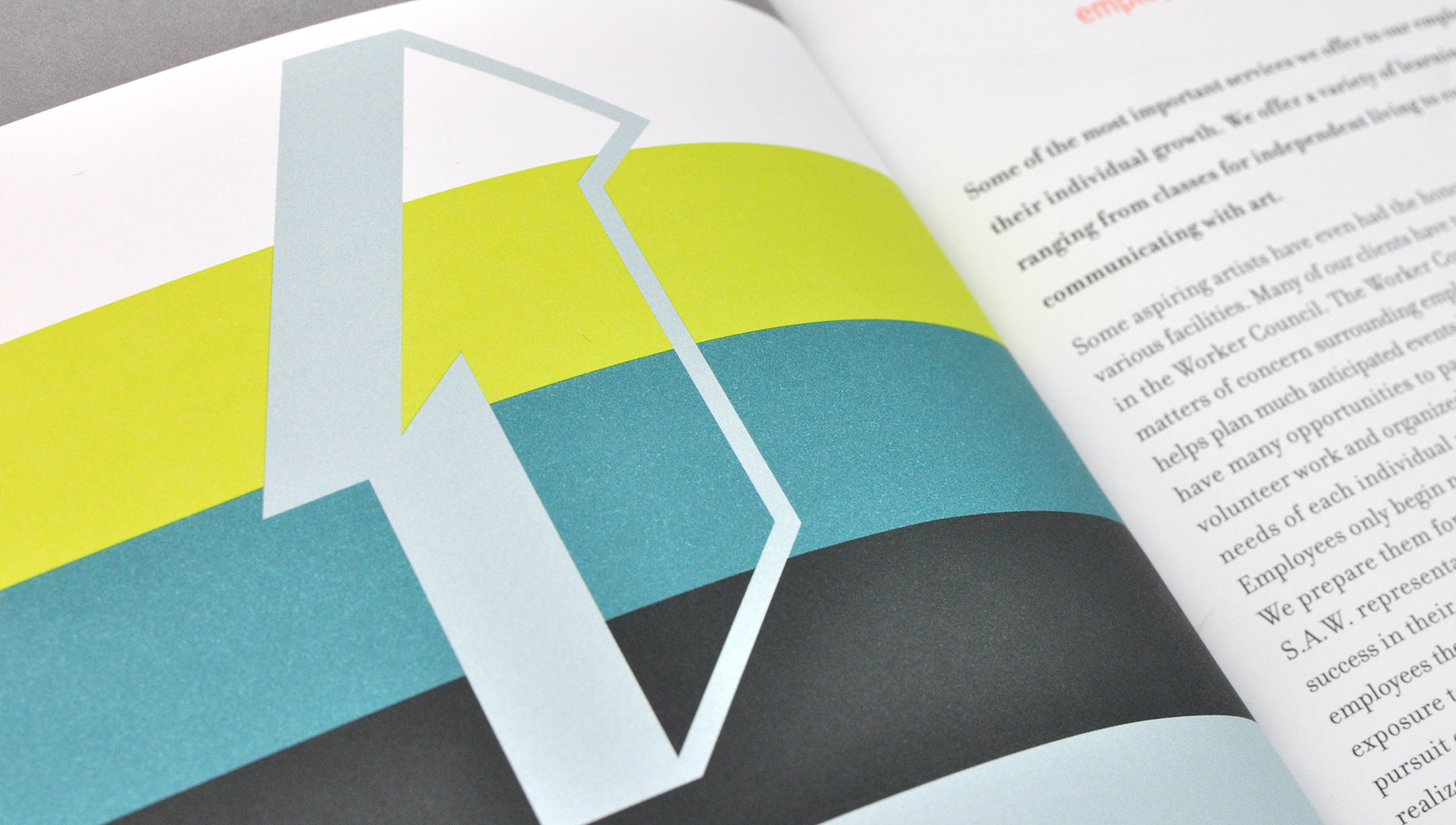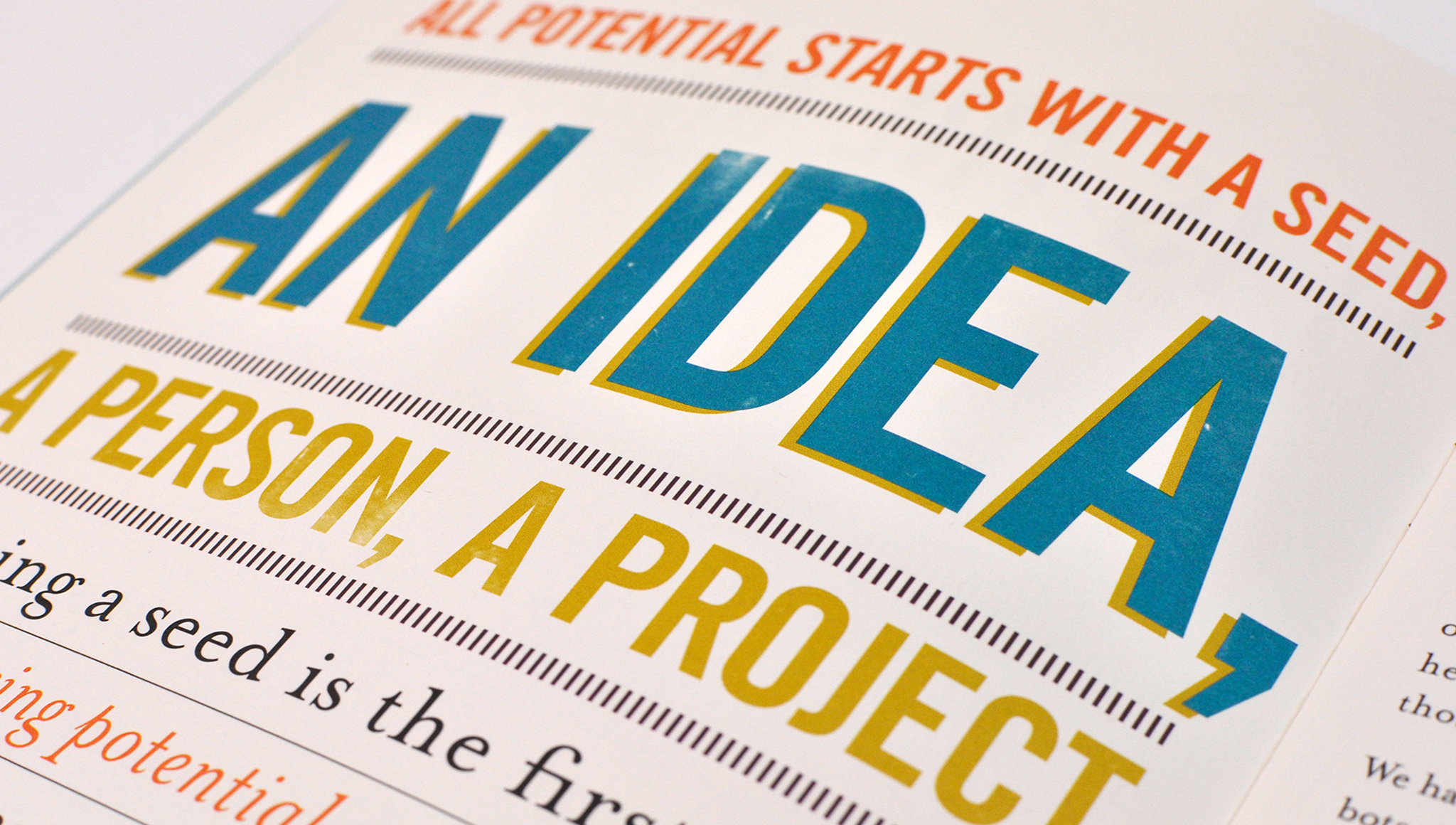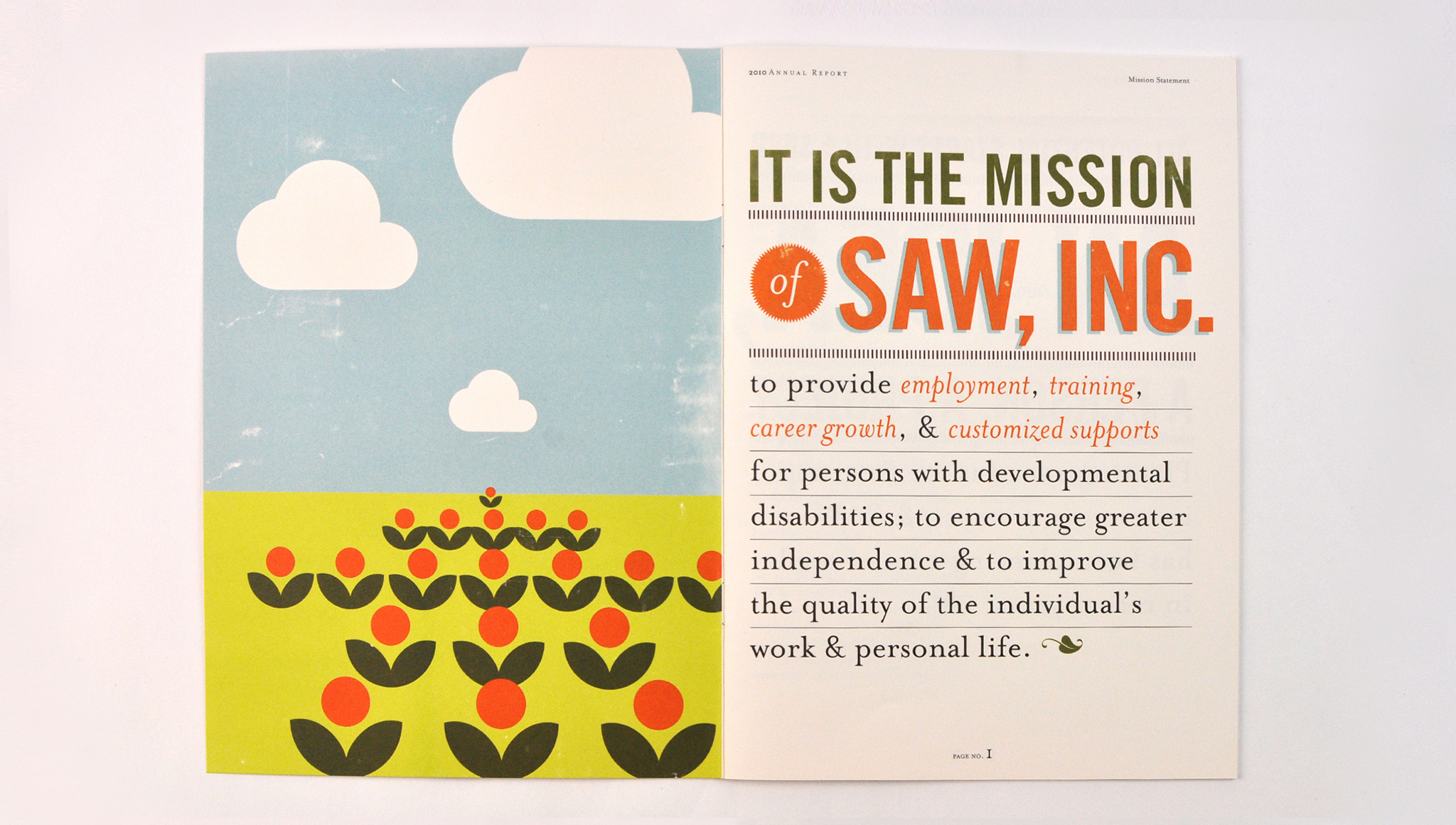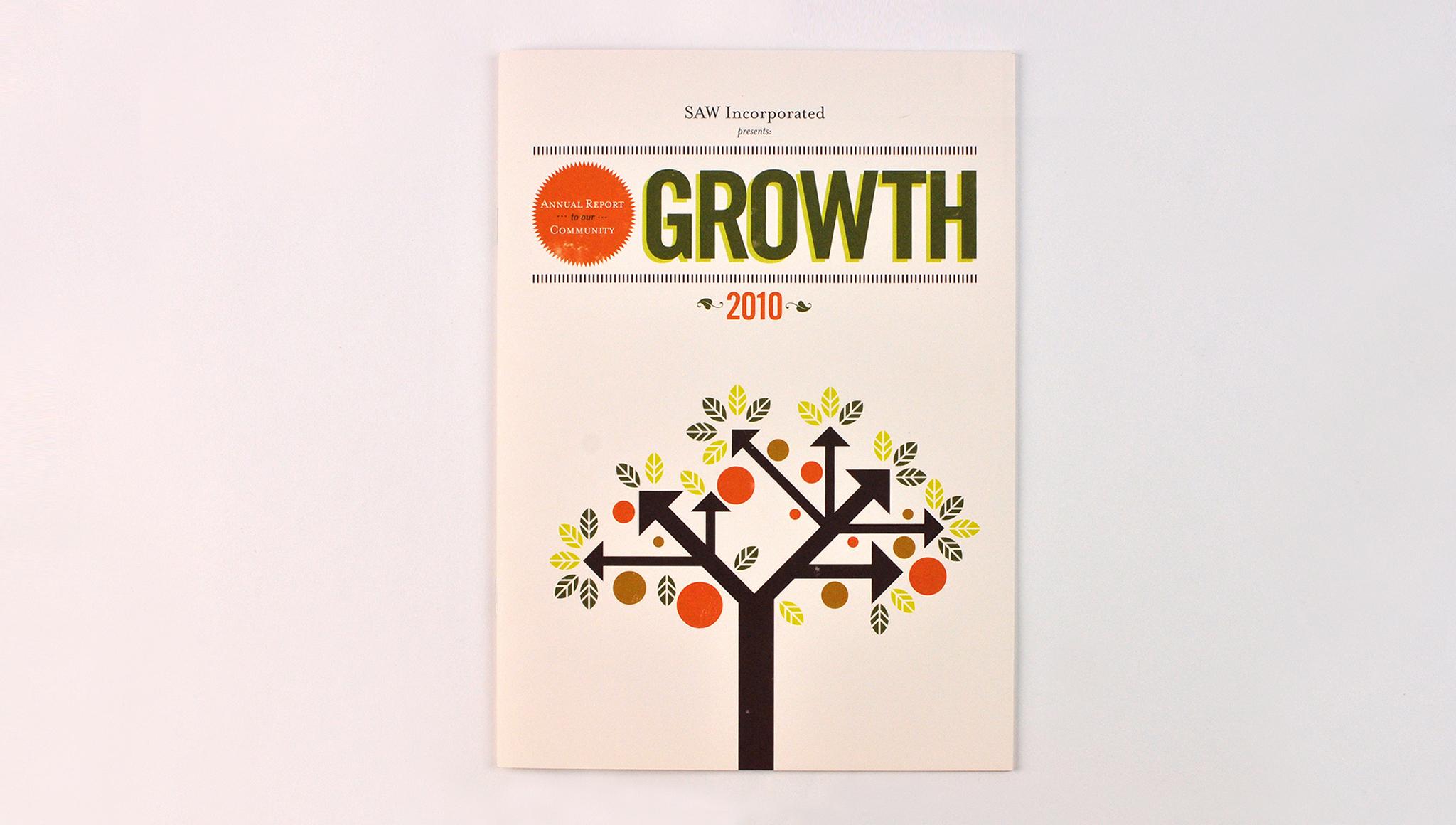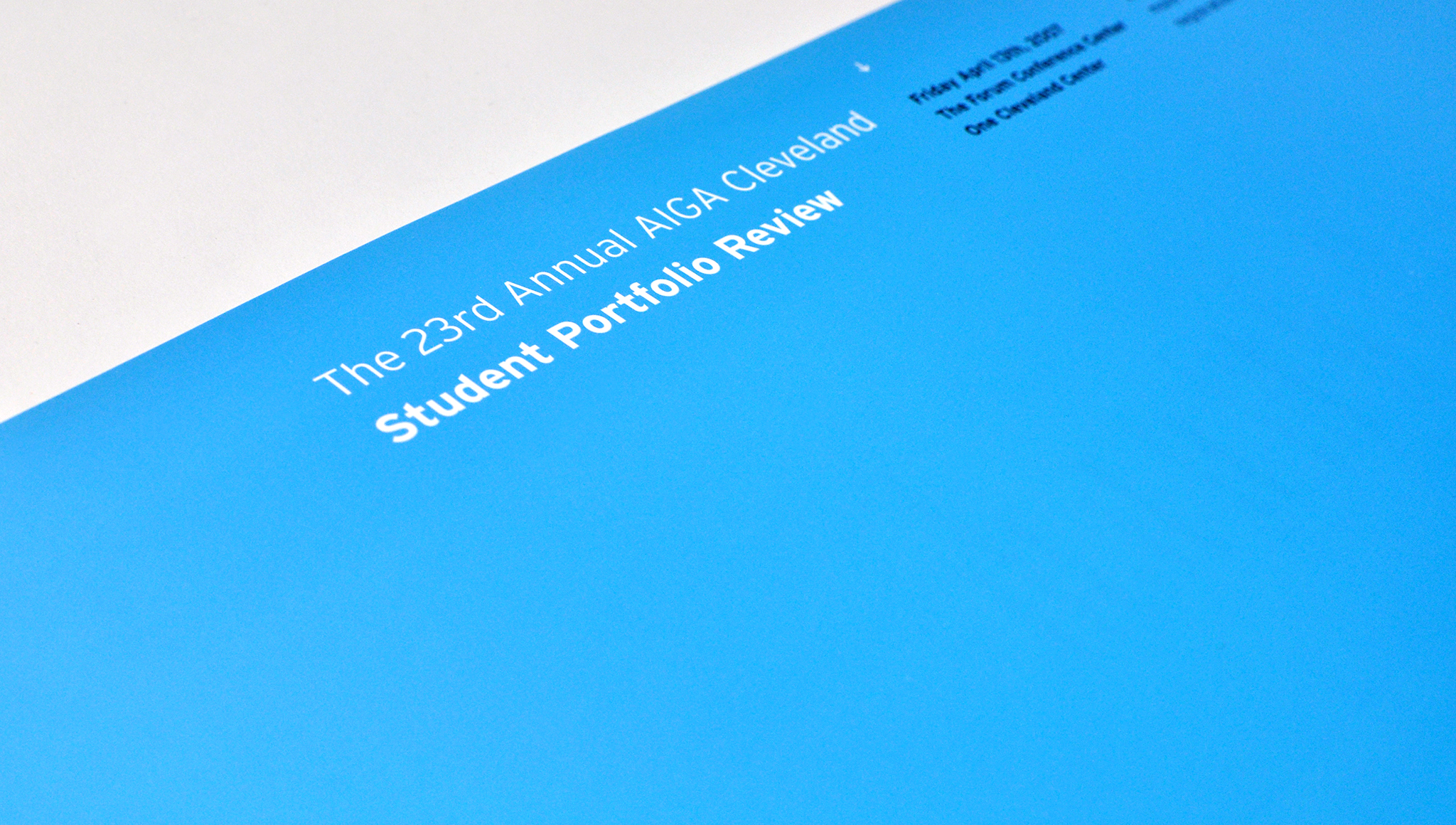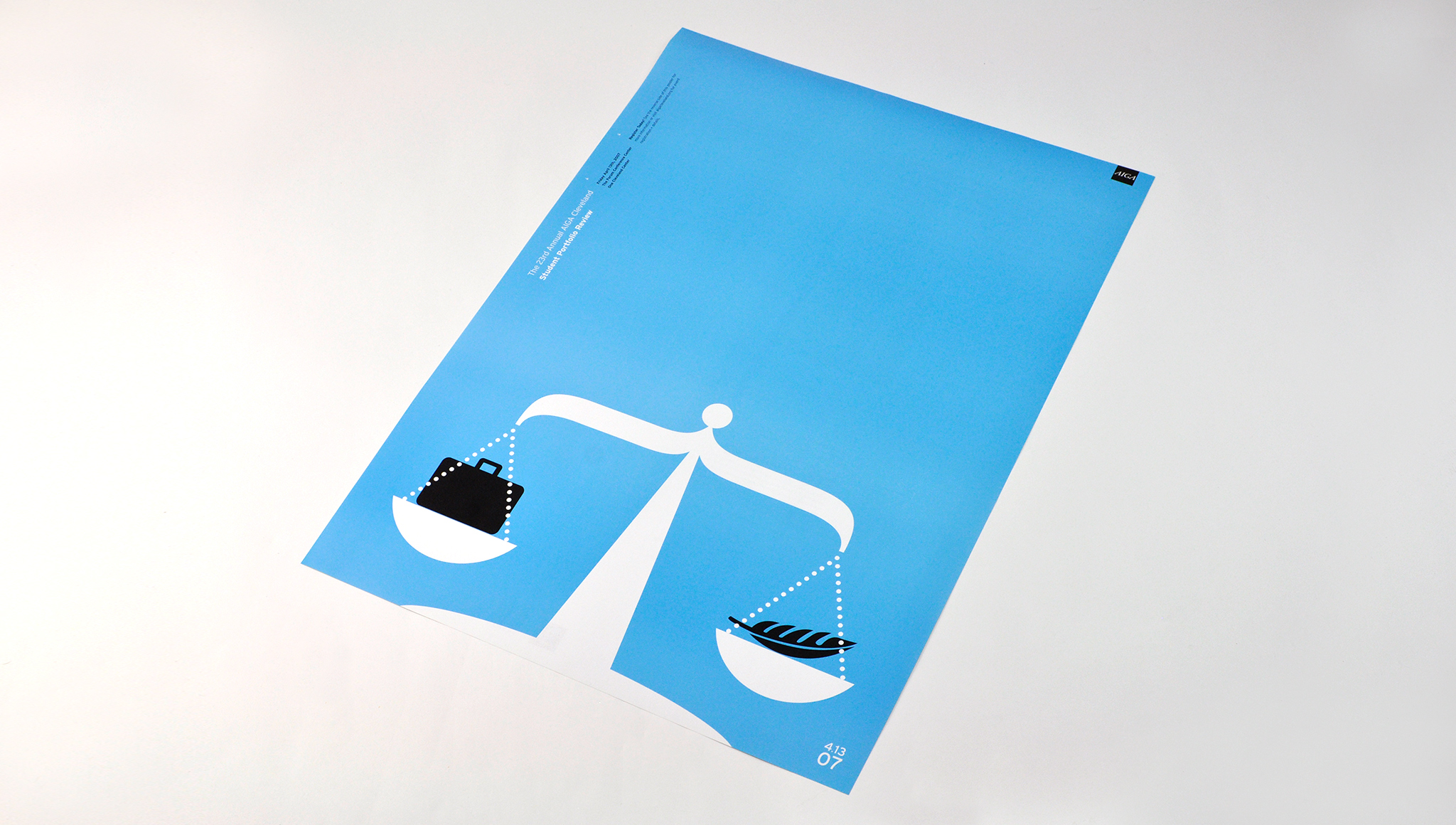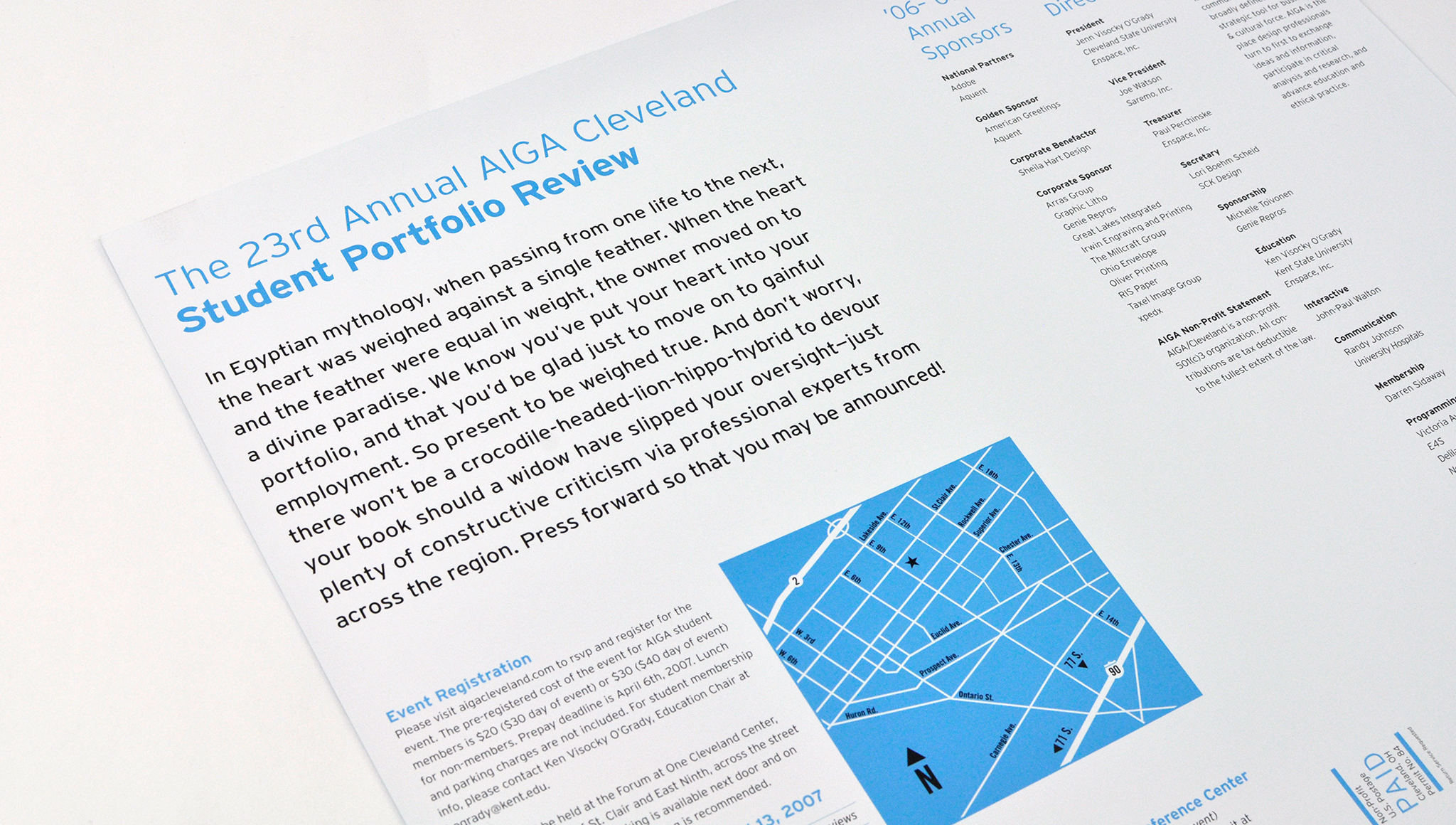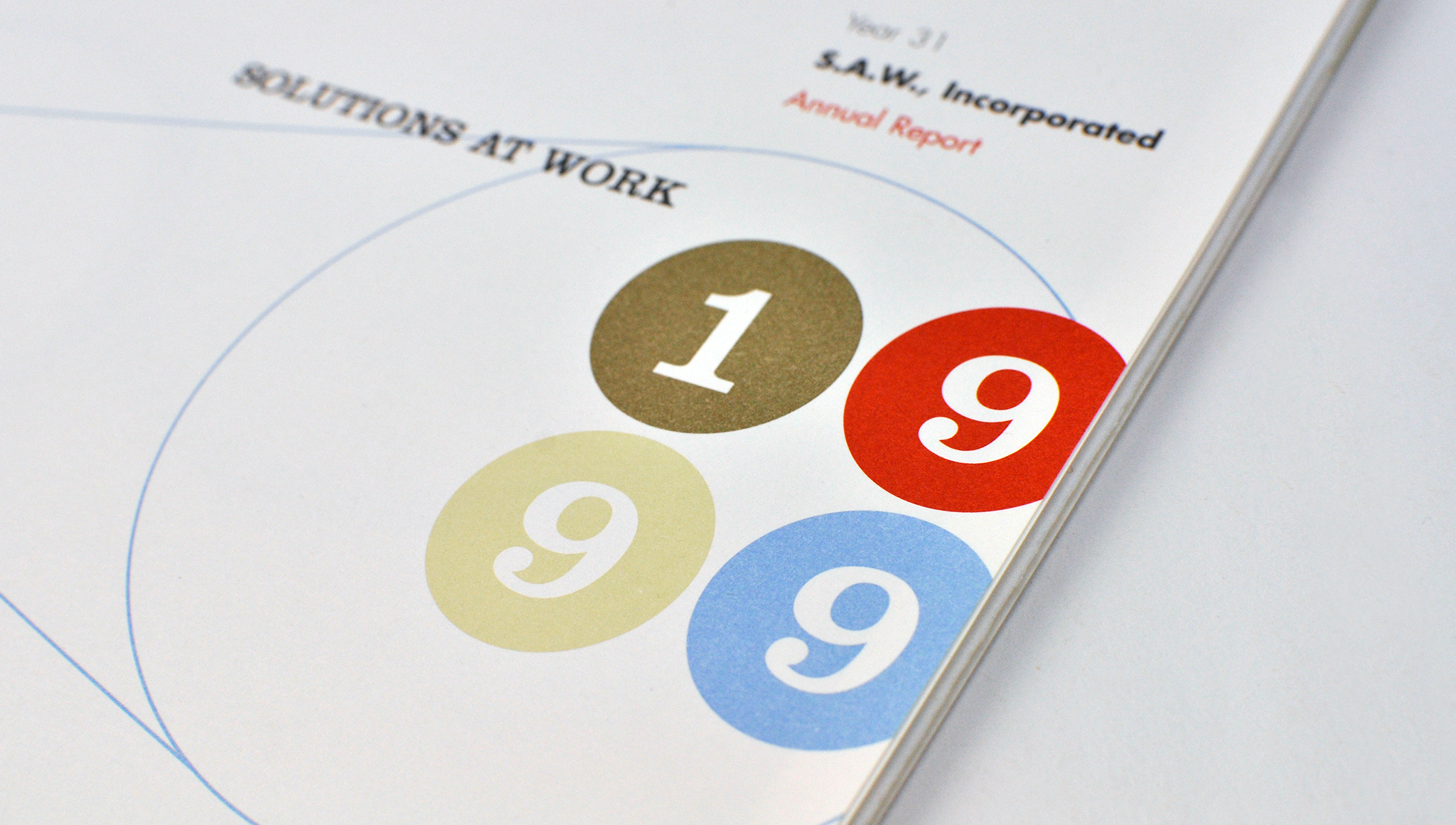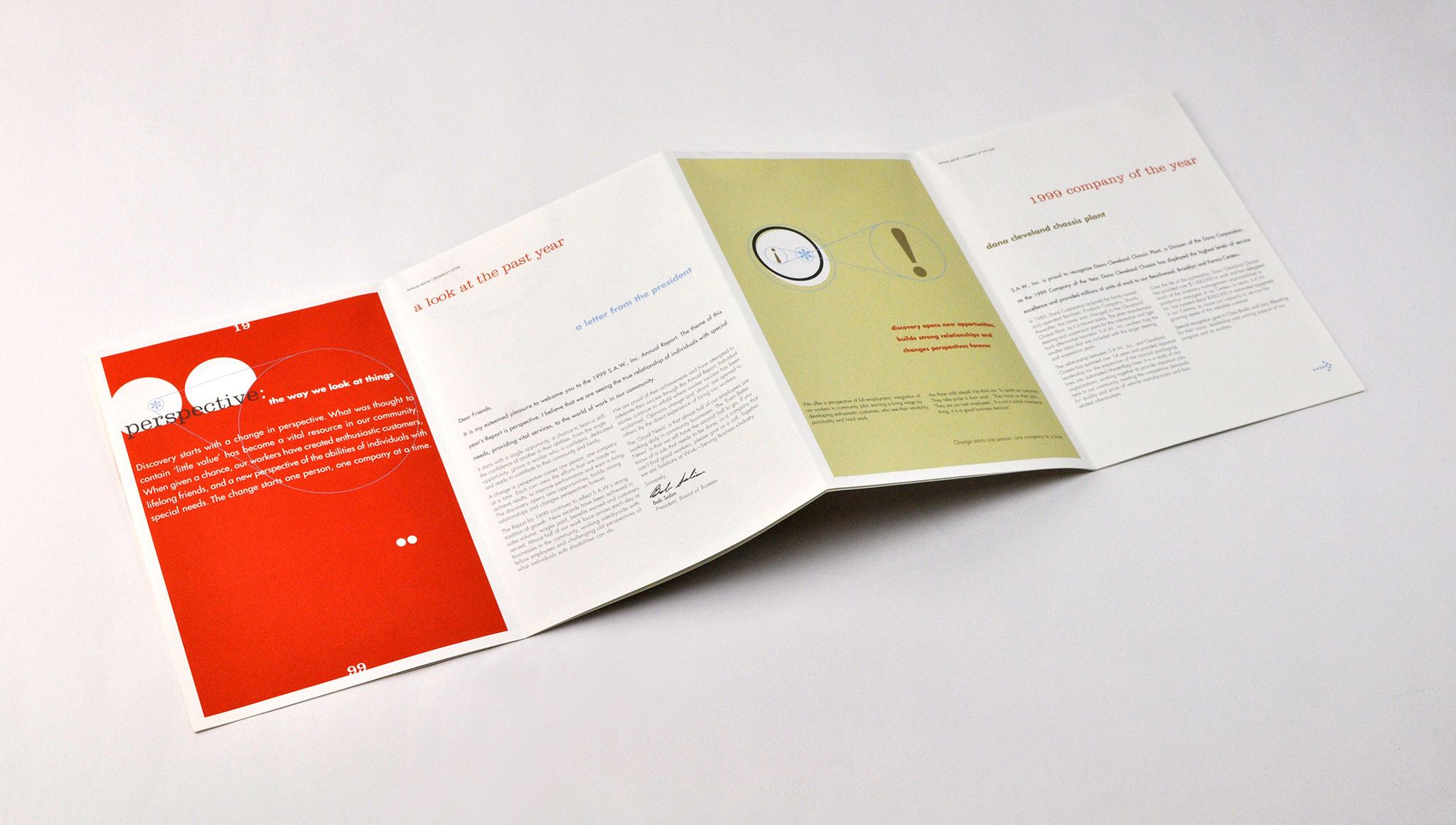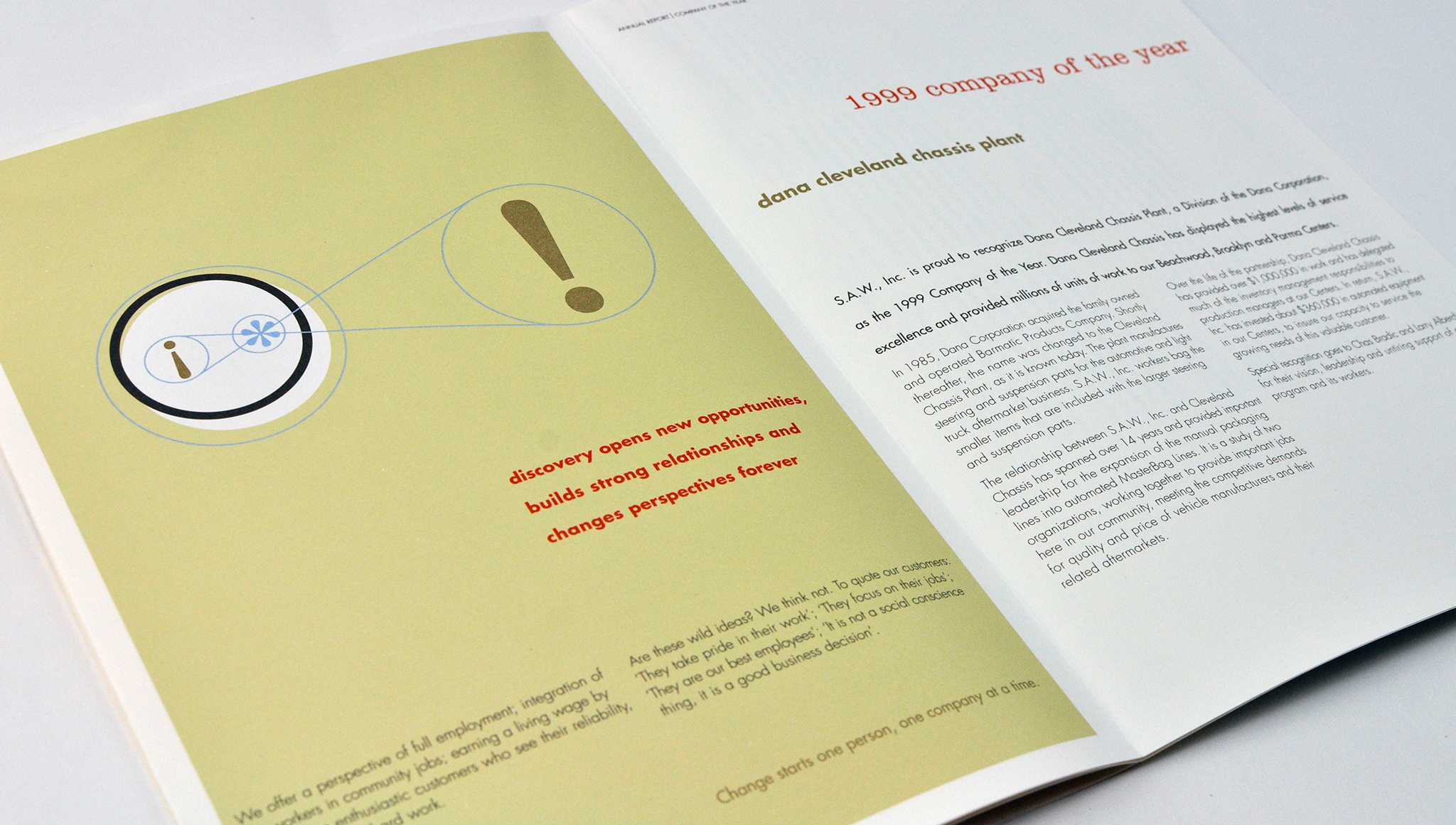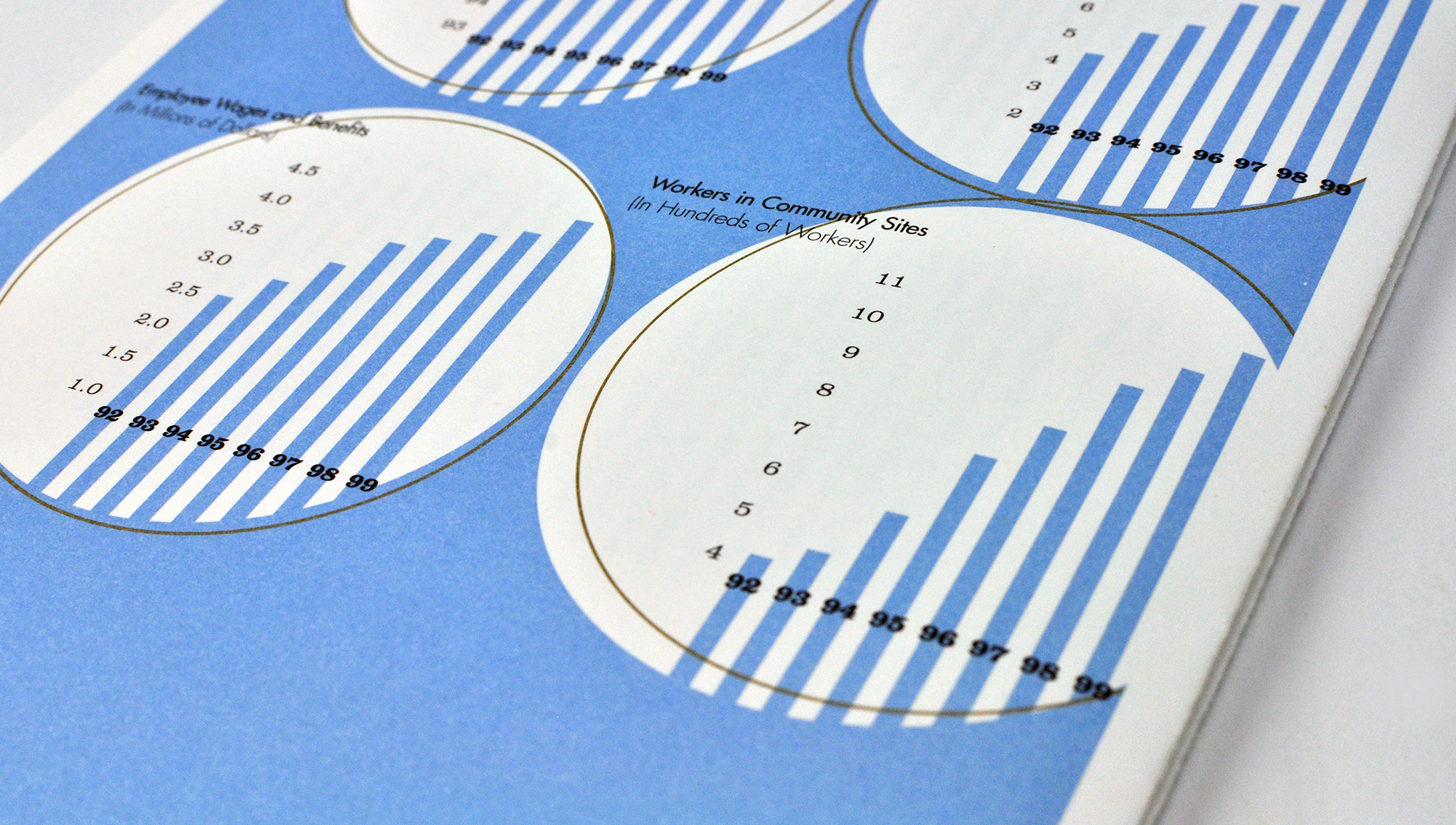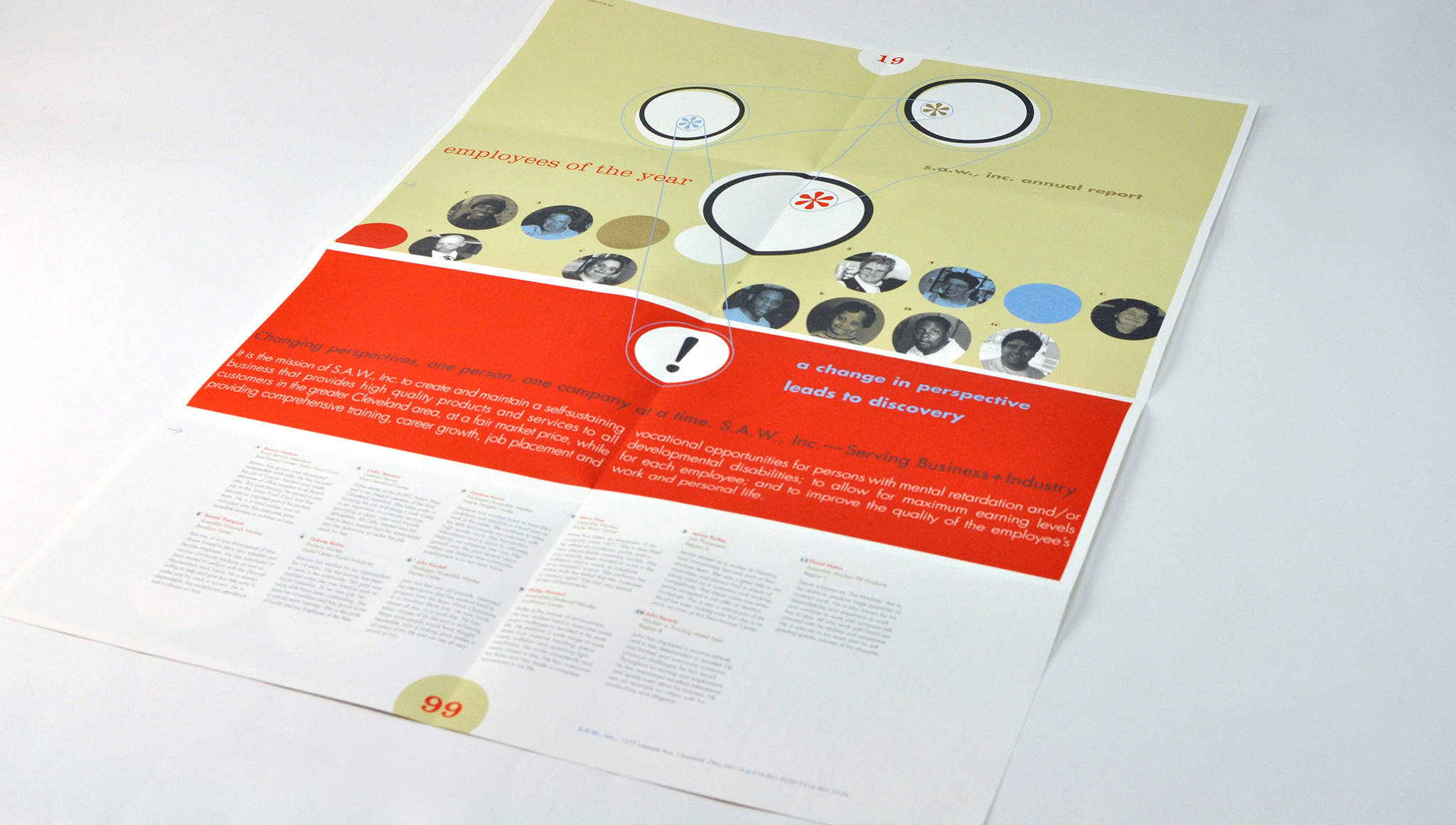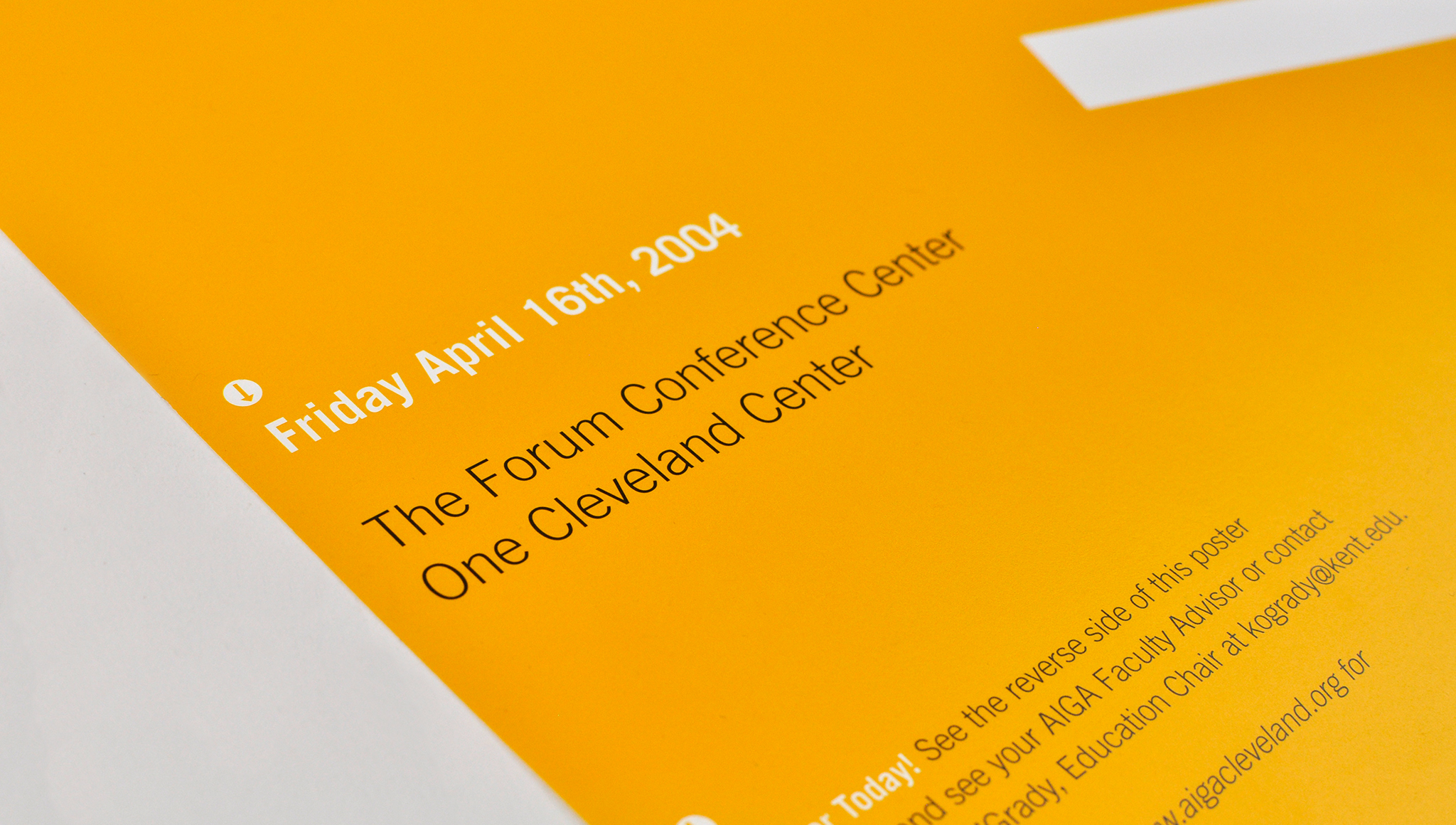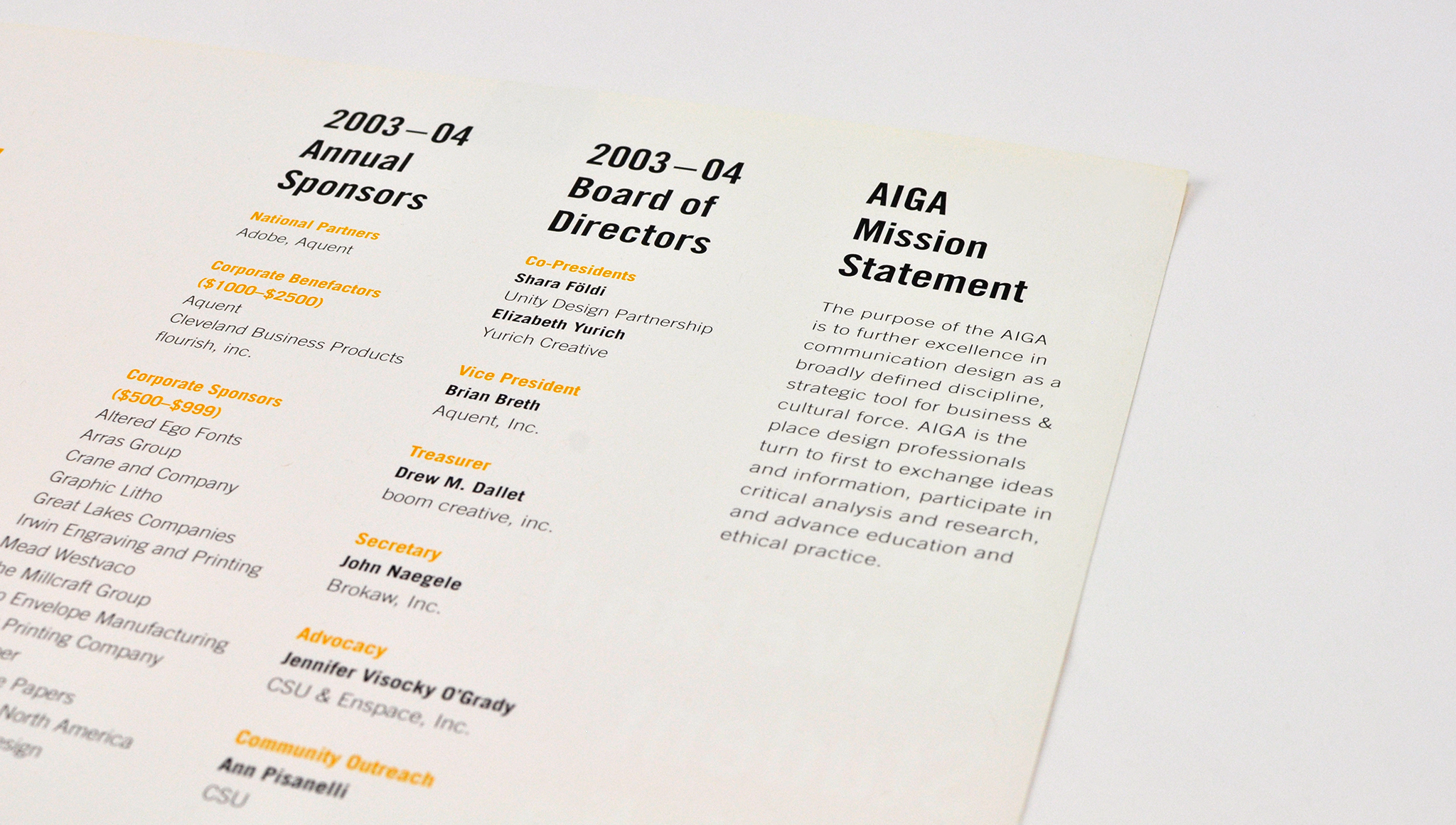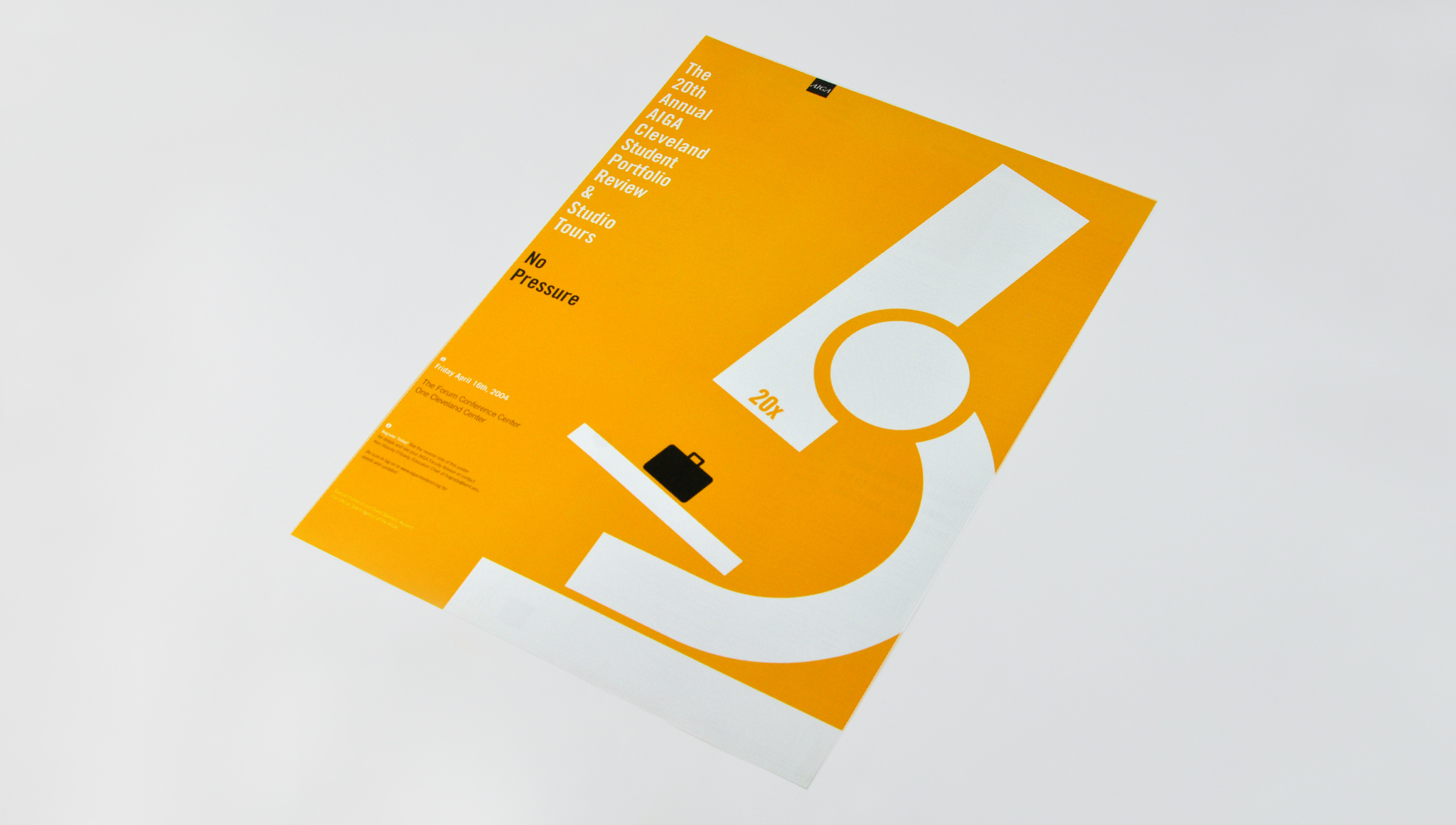
Jenn Visocky O’Grady
Professor
Cleveland State University
Jenn is a Professor at Cleveland State University where she specializes in extinguishing metaphorical fires (formerly a department Chair and long-time Faculty Senator) and giving pep talks (currently the university’s Faculty Mentoring Fellow). She, along with her husband and creative partner Ken, is the author of Design Currency, The Information Design Handbook, and A Designer’s Research Manual 1st and 2nd editions, and has had her work featured in dozens of publications. When she’s not guiding and collaborating with the next generation of professional creatives, she lectures regularly, carrying the banner for the transformative value of good design. She has also served as a member of the AIGA national board of directors and was recognized in 2019 as an AIGA Fellow.
I Am Currently Working On:
Pull-ups

Ken Visocky O’Grady
Professor + Graduate Coordinator
Kent State University
Ken Visocky O’Grady is a Professor and Graduate Coordinator at the School of Visual Communication Design. There he works with students in classes ranging from basic typography to graduate course work in design thinking and research-driven design practices. His work has been featured in several books and publications including HOW Magazine, PRINT Magazine, Metropolis Magazine, AZURE Magazine, Graphic Design USA, and Communication Arts. He is also the co-author of four internationally distributed books: A Designer’s Research Manual (1st+2nd editions), Design Currency, and The Information Design Handbook. Ken has been an invited speaker at over 30 creative industry events, including those held by AIGA, HOW, and RGD.
I Am Currently Working On:
Trying to find a better work/life balance.
What People are Saying About Our Books:
“A Designer’s Research Manual might provide the antidote to design that pleases designers themselves more than their audience. Over the course two hundred pages, the book provides a foundation for understanding the role of design and how research informs design outcomes. While the authors have written the book from the perspective of graphic design, its message is applicable for anyone who cares about designing solutions for people.”
UXMatters
“If design is to play a primary role in the achievement of corporate objectives, a research-based design process is required that not only takes the complex interrelationships of its working environment into account, but also the needs of the various stakeholders.”
Form de
“At this late date in my career, it’s rare that I find a book as useful and personally informative as The Information Design Handbook… it will be going on the recommended lists on all my syllabi.”
Jandos Rothstein
Associate Professor of Graphic Design
George Mason University
News + Awards:
New Languages
A Designer’s Research Manual, Second Edition is now available in Chinese, Korean, and Spanish co-editions!
JVO named AIGA Fellow
Jennifer Visocky O'Grady recognized as an AIGA Fellow by AIGA Cleveland
FORM de
A Designer's Research Manual 2nd Edition featured in Form
New Edition of A Designer’s Research Manual
A Designer’s Research Manual, Second Edition will hit the shelves in July! We’ve updated 75% of the content and feature all new case studies! Check it out here!
45 Pin Project
1 of 45 design teams invited to create campaign pins by Hillary For America. Project featured in Print magazine’s “The Daily Heller”, Wired, Fast Company, Slate, and GraphicDesign USA.
AIGA Get Out The Vote!
AIGA Get Out The Vote exhibitions at the Republication National Convention in Cleveland and Democratic National Convention in Philadelphia.
Invited Speaker at Northern Arizona University
Ken Visocky O’Grady invited to speak about design research.
Developing Citizen Designers by Elizabeth Resnick
KSU/VCD/MFA Graduate Studio case study featured in new book about socially responsible design.
AIGA
Jenn Visocky O’Grady is nominated to the AIGA National Board
Designing a Real World Education
Communication Arts Insights by Rebecca Huval
Test and Iterate: Grad students tackle a major global health problem that can be solved with the simplest action: hand-washing
by Bryn Mooth
PRINT Magazine, August 2014
WASH Curriculum redesign featured
METROPOLIS Magazine Next Generation Design Competition
Runner-Up for Malaria Prevention and Communication Tools
Core77 2013 Design Awards
Student Notable Honoree for Malaria Prevention and Communication Tools
9 Big Design Thinkers and Writers
by David Dick-Agnew
Azure Magazine
How to Talk Design to Business
by Nancy Kay Clark
DesignEdge Canada
The Information Design Bookshelf
by Karen Cheng
Arcade Magazine, Designing Data Issue
Cover Coverage–A Design Journey
by Erin Mays
HOW Magazine Design Blog
Personal Branding: Your Design Currency
by Kathy Scott
HOW Magazine Design Blog
What You Will Find on a Design Researcher’s Bookshelf
by Jon Freach
DesignMind/Frog Design Blog
Jenn and Ken Visocky O’Grady: The Reflex Blue Show #116
by Donovan Beery
The Reflex Blue Show Design Podcast
Malaria Gets a Healthy Dose of Design
by Gordon Kaye
Graphic Design USA Magazine
Case Study: Healthcare Communication Tools—Empowering the People of Kibera
by Justin Ahrens
AIGA National Website, Design For Good Case Study

